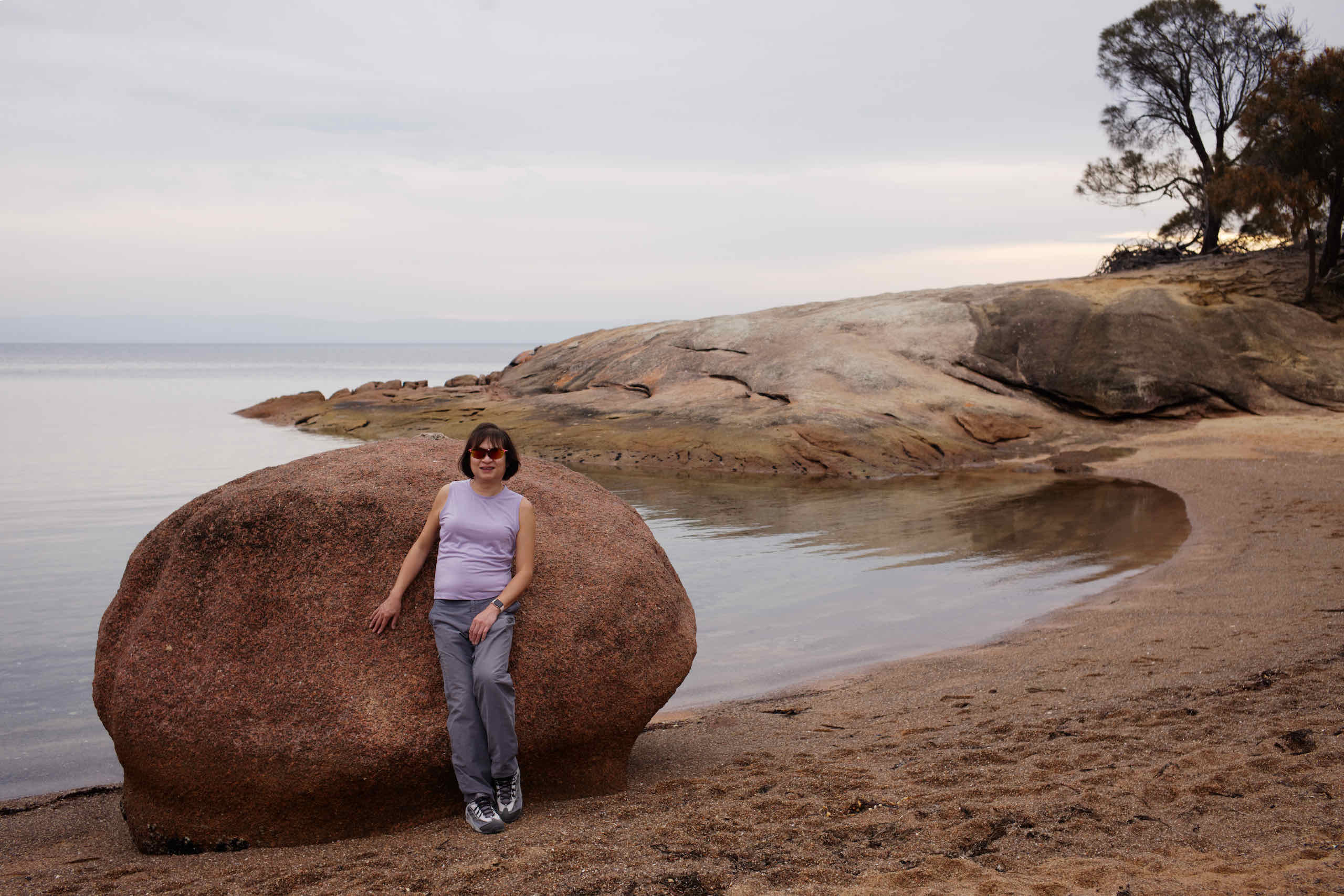
We returned back to Tasmania on 1-5 May 2018 and mainly visited the Freycinet National Park, the MONA museum, and Hobart.
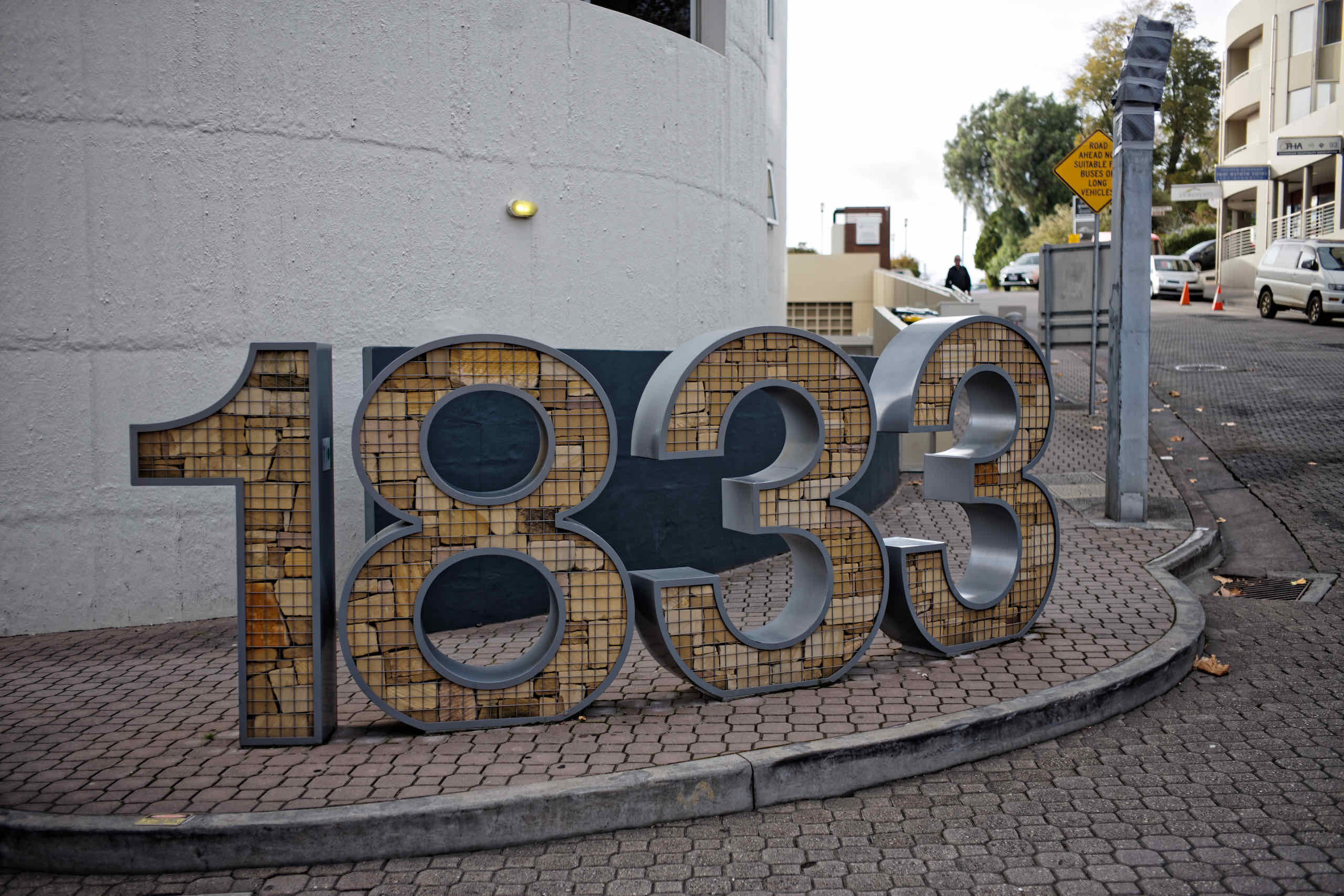
I wandered down to St. David's Park, then explored Salamanca Market, then wandered though Parliament Square and Franklin Square.
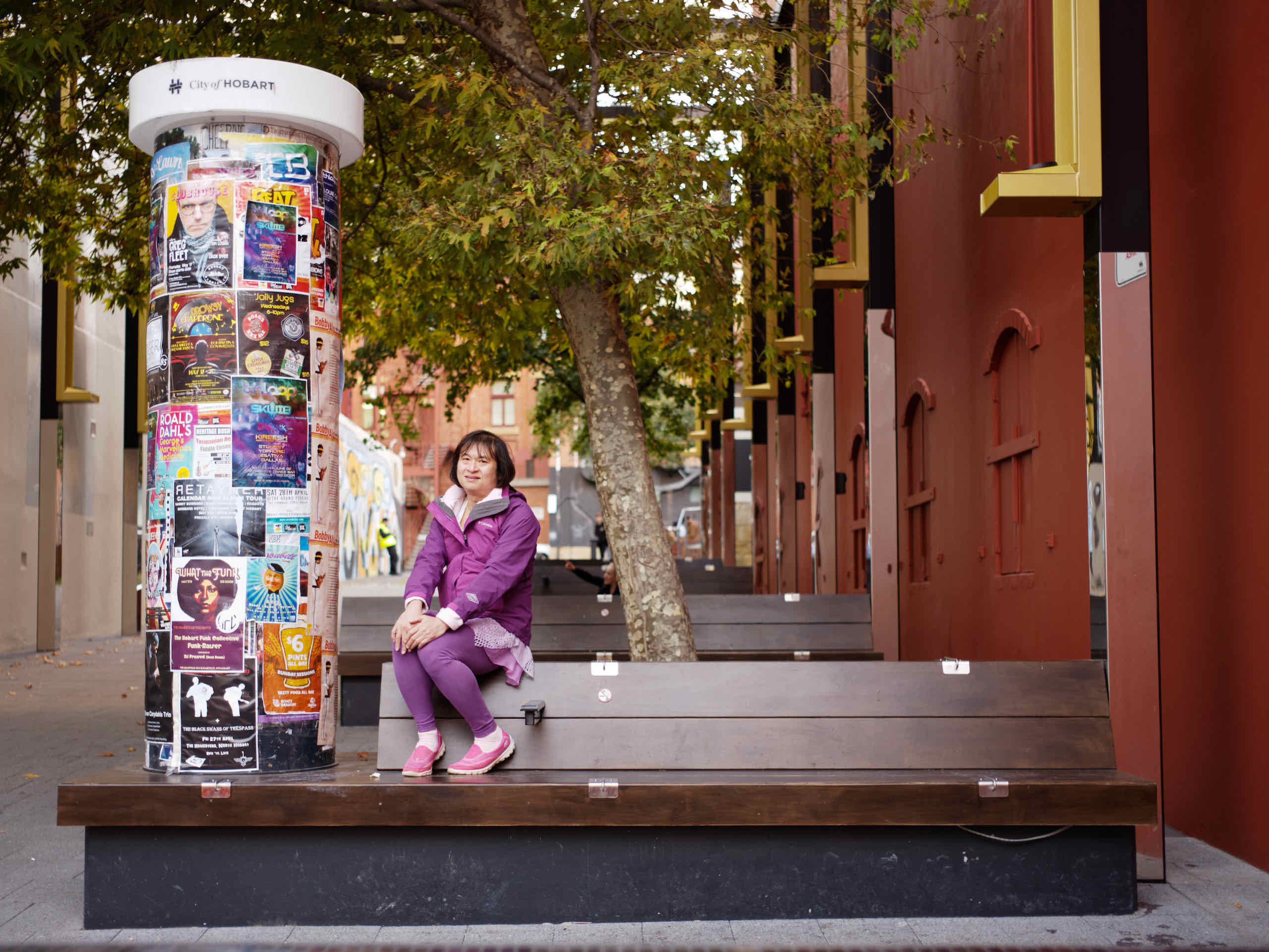
We returned back to Hobart and wandered around the city in the afternoon. It was interesting to see what has changed since our last visit.
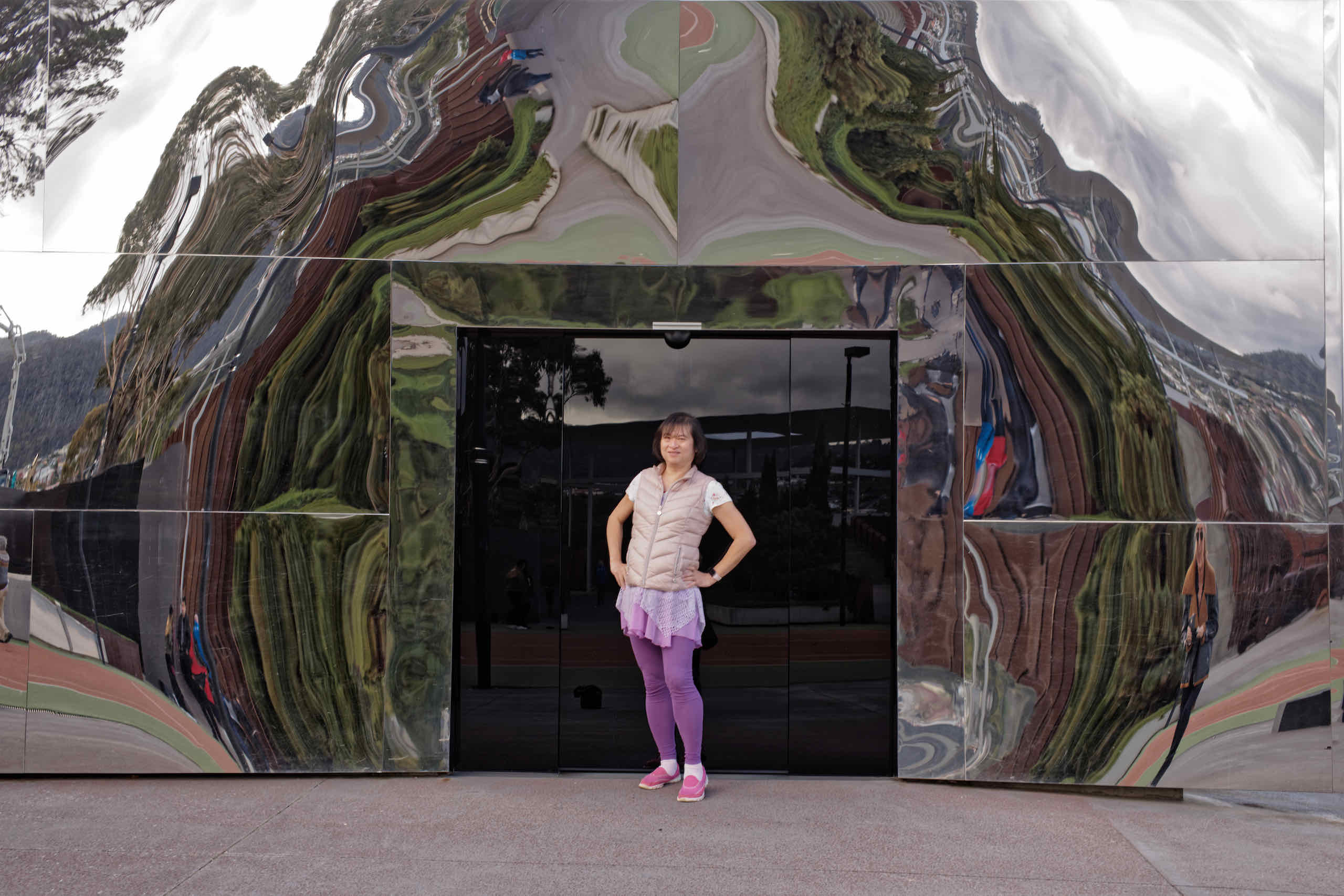
We made a last tour of MONA exterior in the afternoon before leaving. I particularly liked the Spectrum Chamber connecting to Amarna.

PHAROS is the new wing of MONA, and built to evoke the ancient lighthouse of Alexandria. It is more a theme park of ideas and installations.
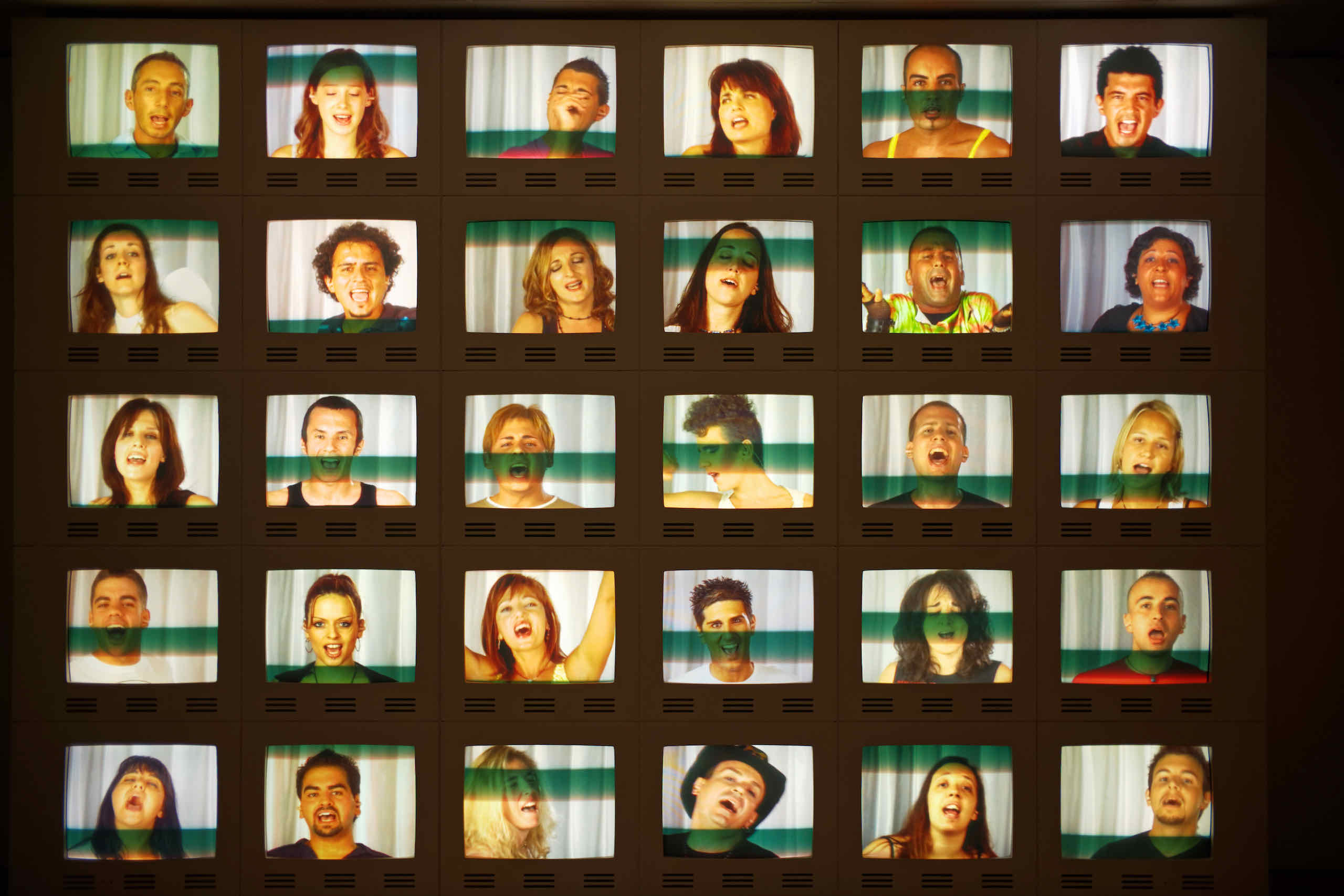
The general collection in MONA is called MONANISM. It tends to vary over time, but a few pieces really stood out for me.
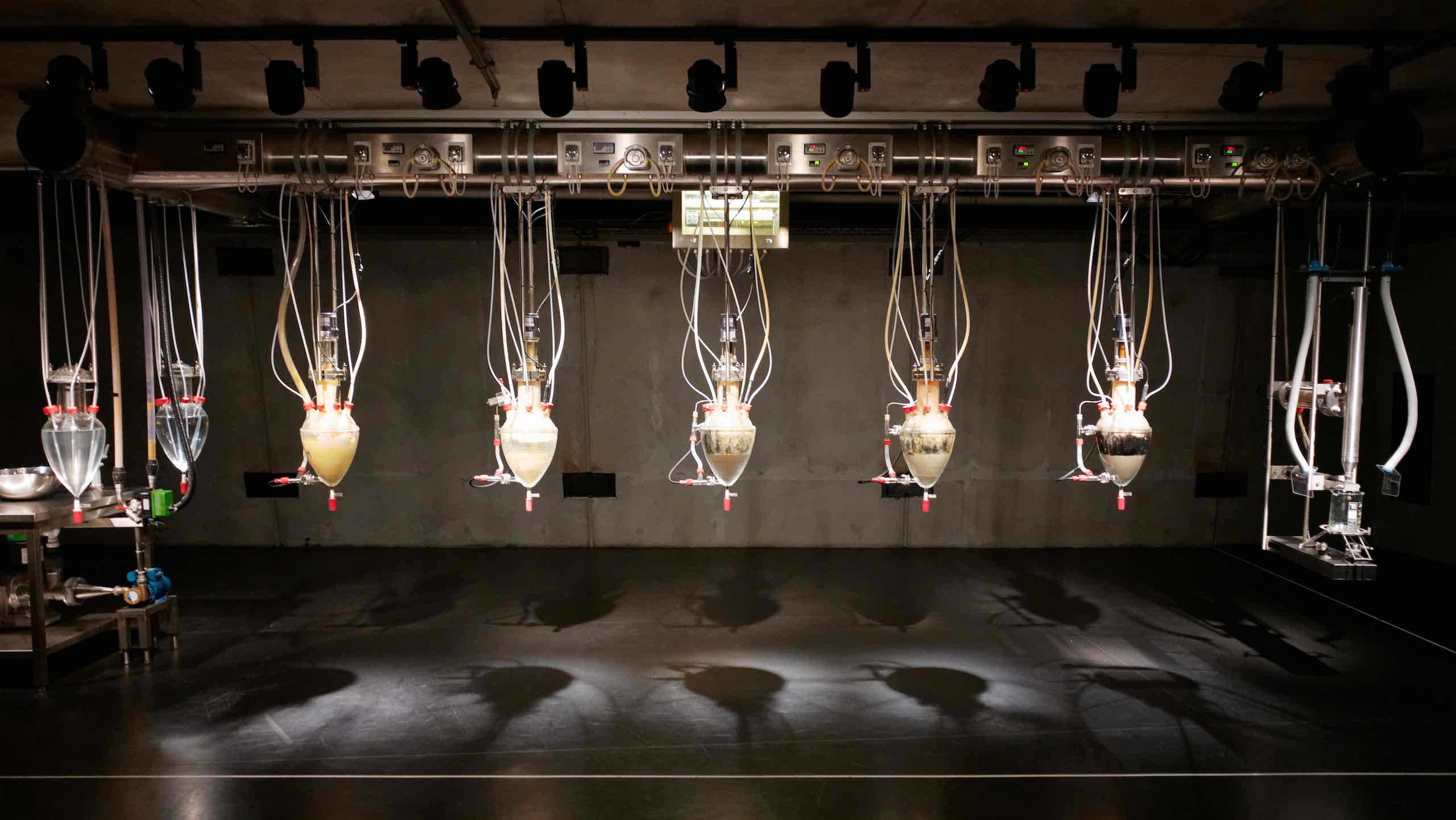
Cloaca Professional mimics the human digestive system, through a set of chambers that progressively break down human food into poop.
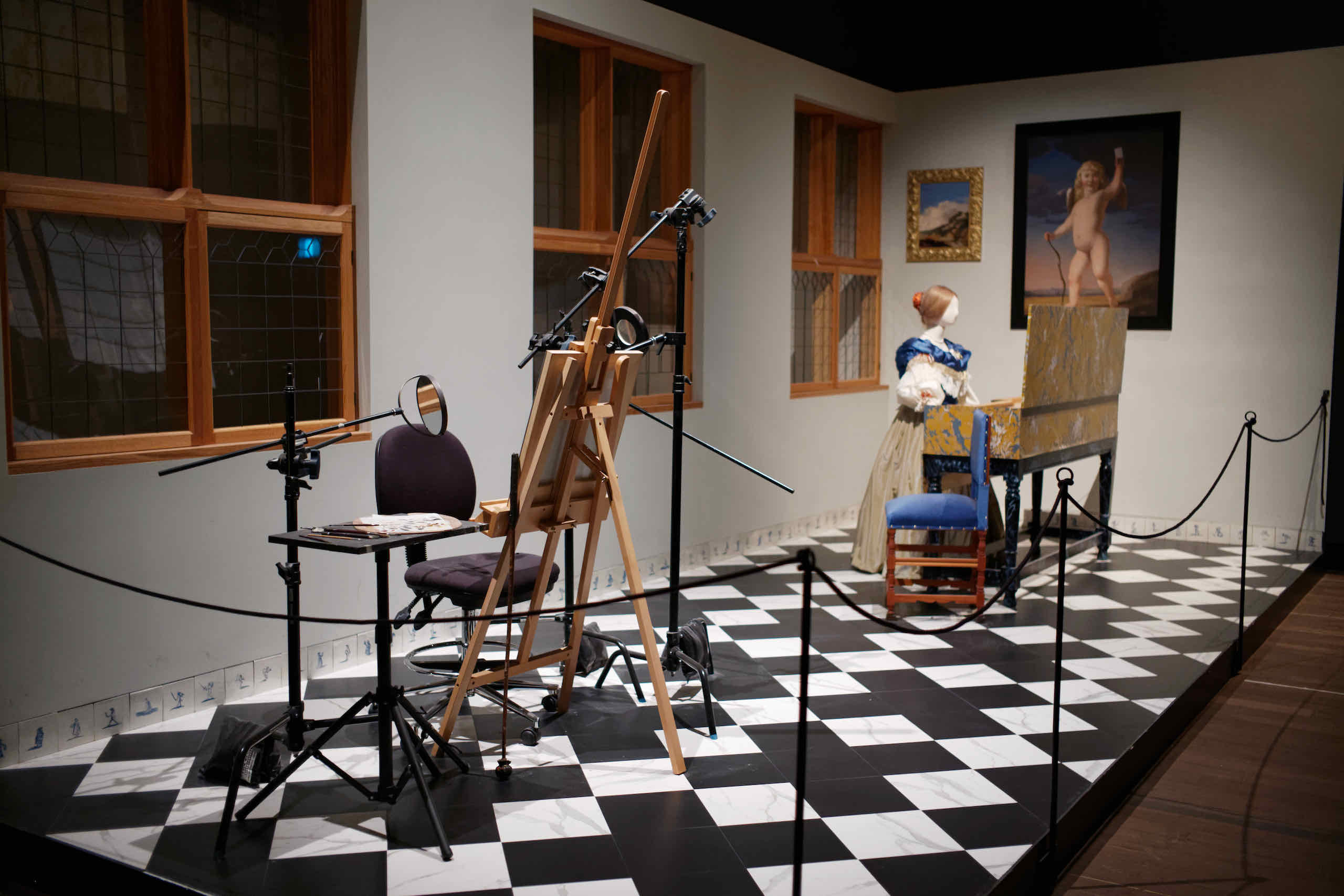
Hound in the Hunt is an exhibition of various paintings at MONA, and the technique for creating them developed by Tim Jenison.
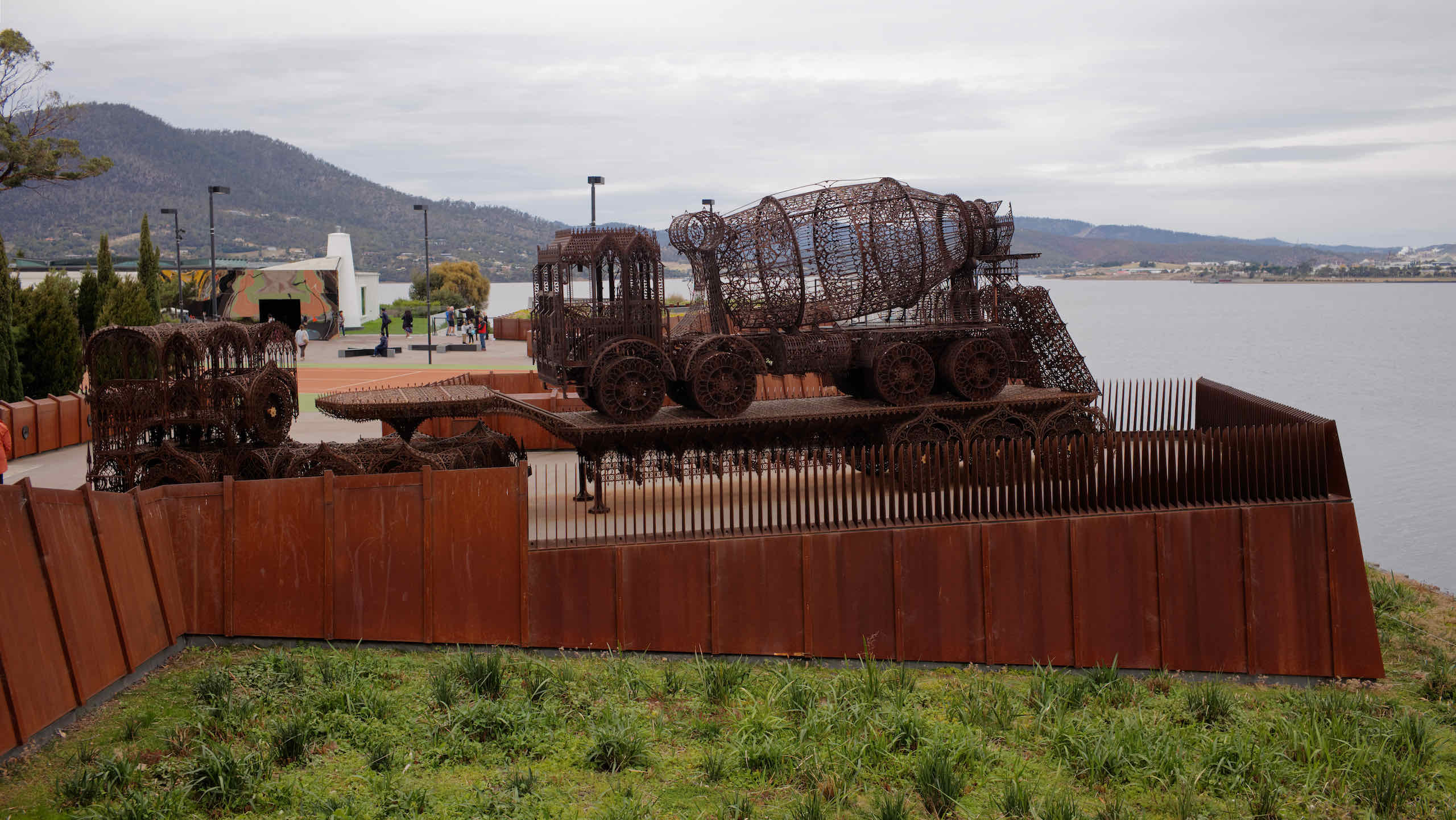
The exterior of MONA, or the Museum of Old and New Art, has a few large scale sculptures and the museum architecture is also interesting.
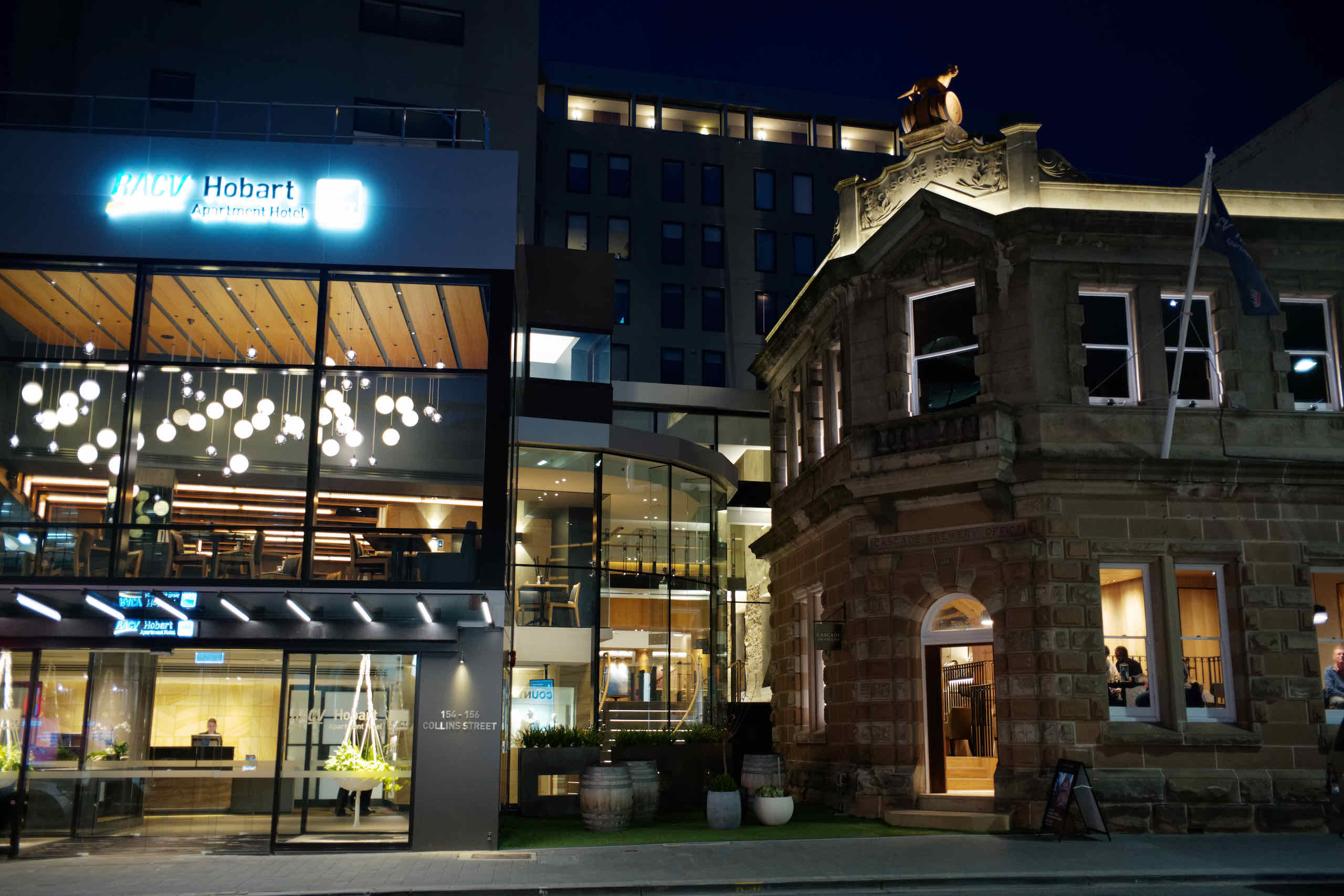
We walked around Hobart at night after dinner. We walked along Collins St and then back along Macquarie St.
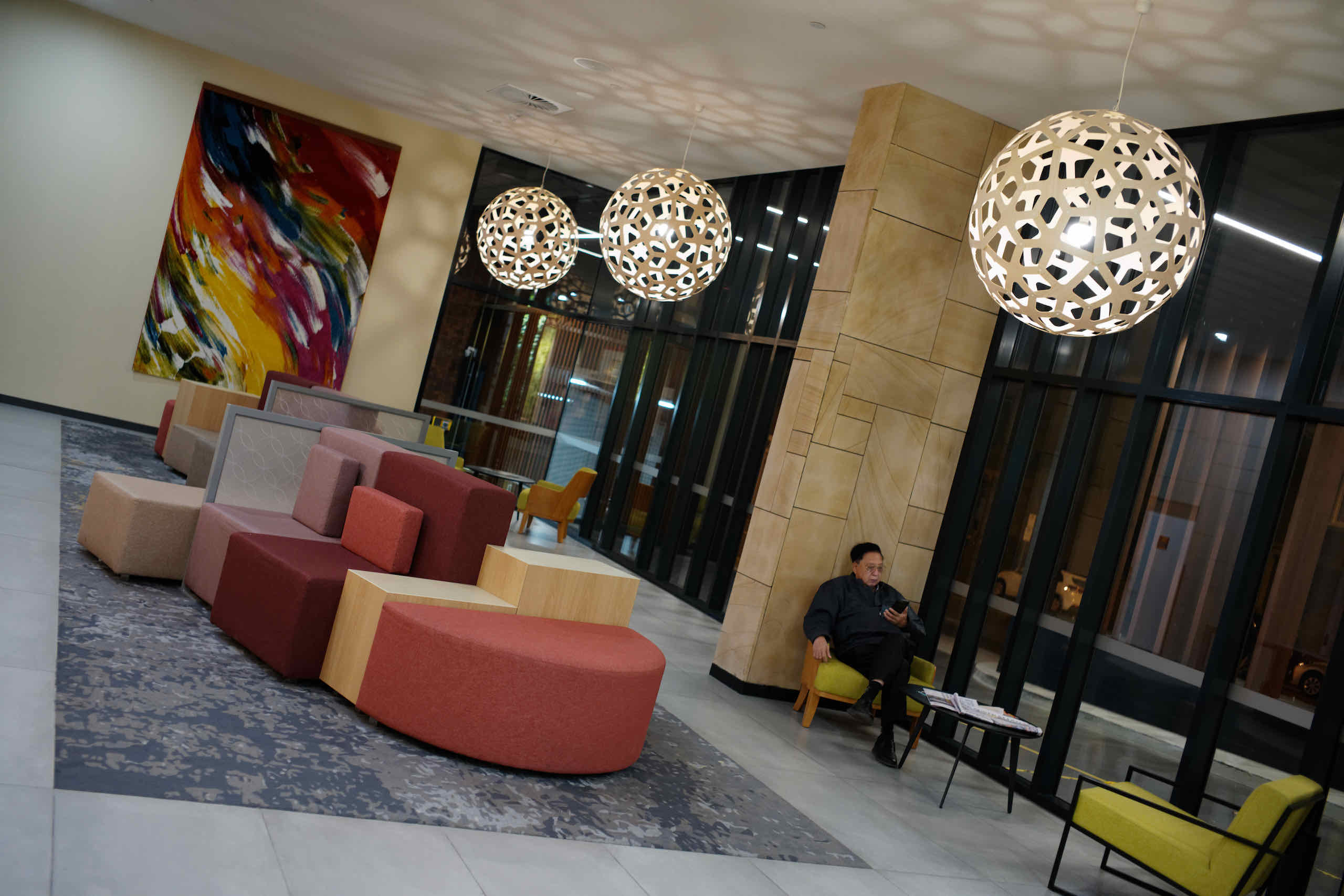
Ibis Styles is a brand new budget hotel located in central Hobart, with a modern Asian restaurant called Mr. Good Guy.
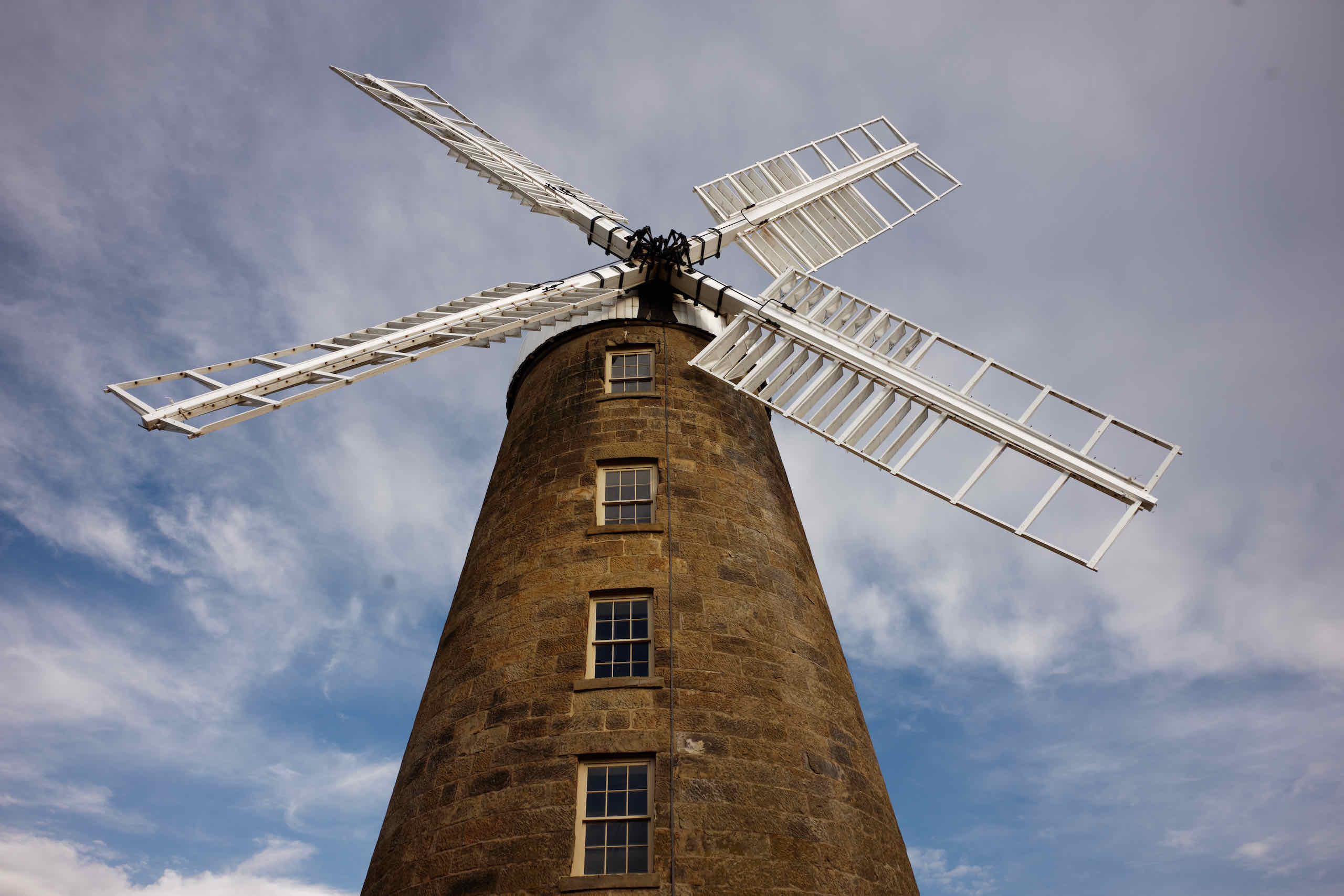
Callington Mill is a Lincolnshire tower mill built in 1837, the third oldest windmill in Australia. It has recently been restored.
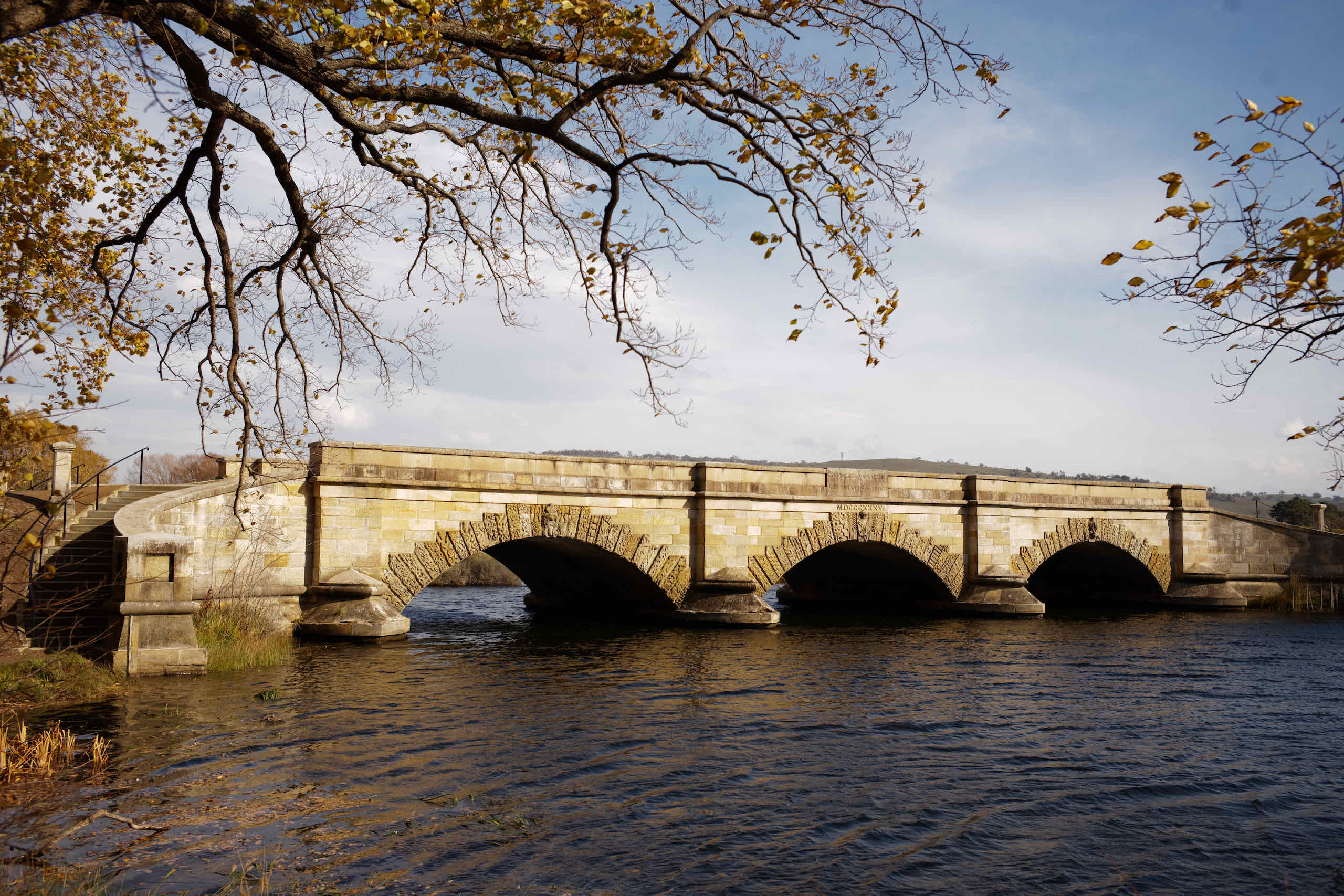
Ross is a historic and pretty village in the heart of Tasmania. There is a bridge here as well as many historic buildings.
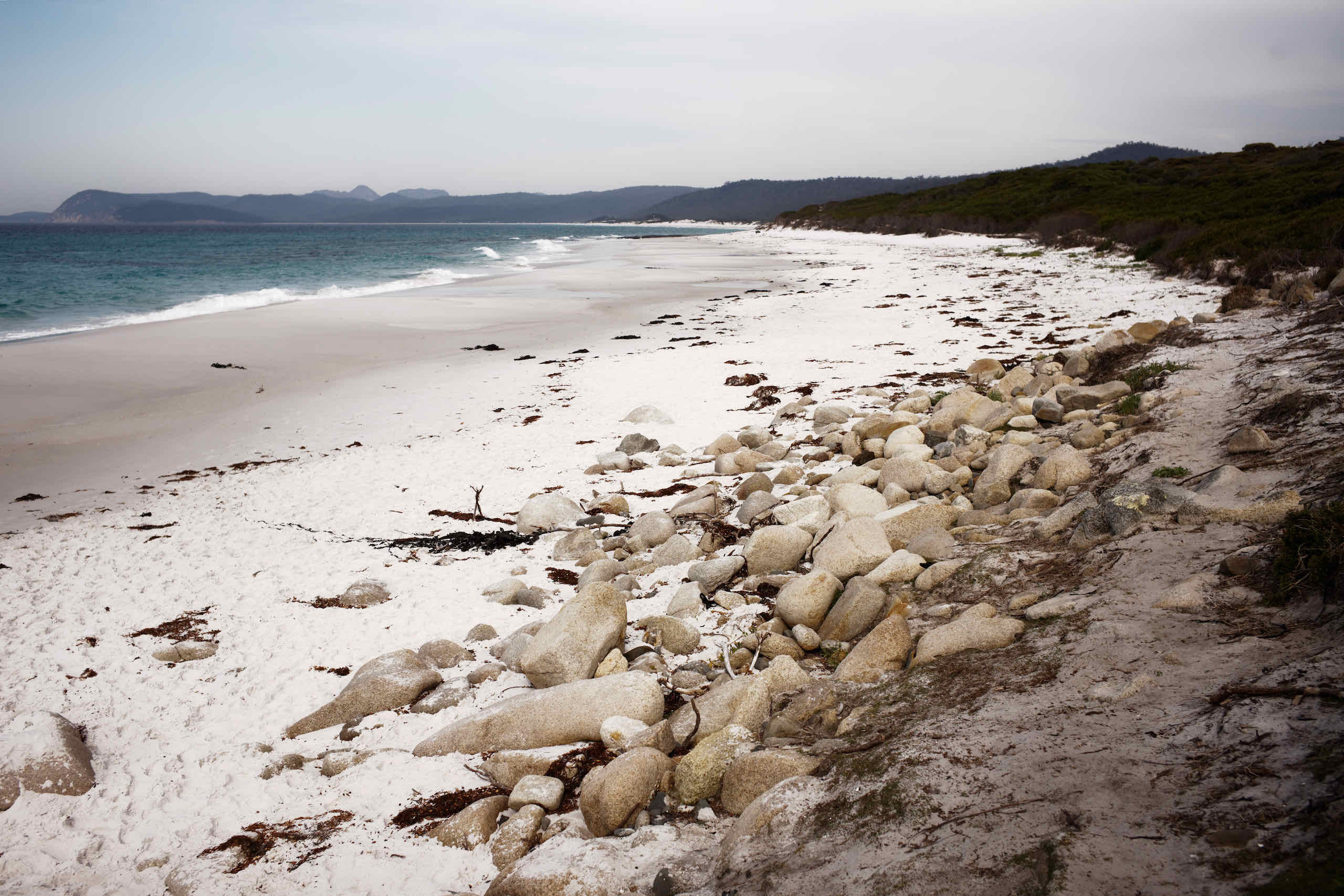
Friendly Beaches is a camping ground famous for beautiful, long, white sand beaches. A boardwalk takes us to the viewing platform.
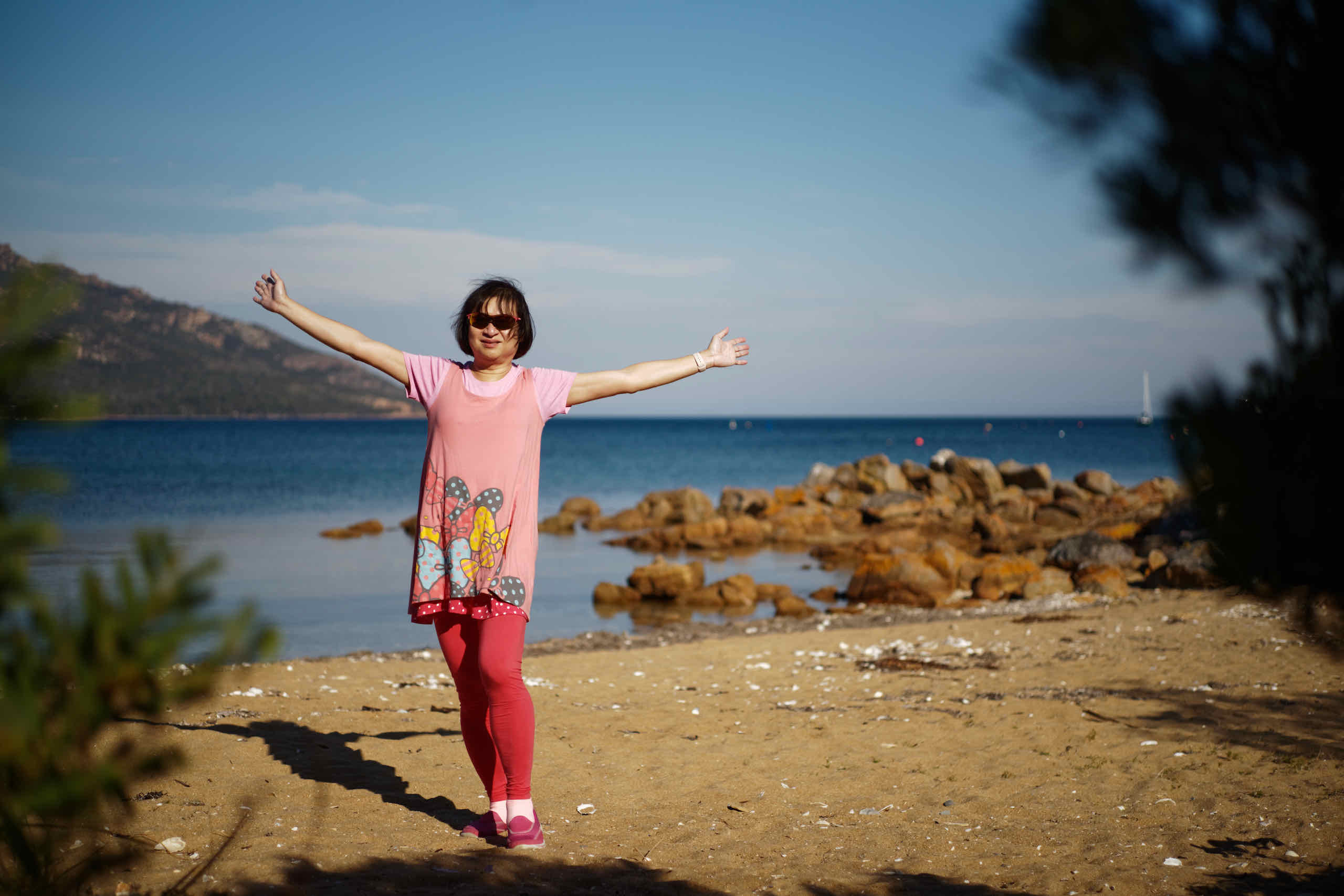
We stopped by at the Freycinet National Park Visitor Centre. There is a boardwalk from the Visitor Centre to the Ranger Creek camping ground.
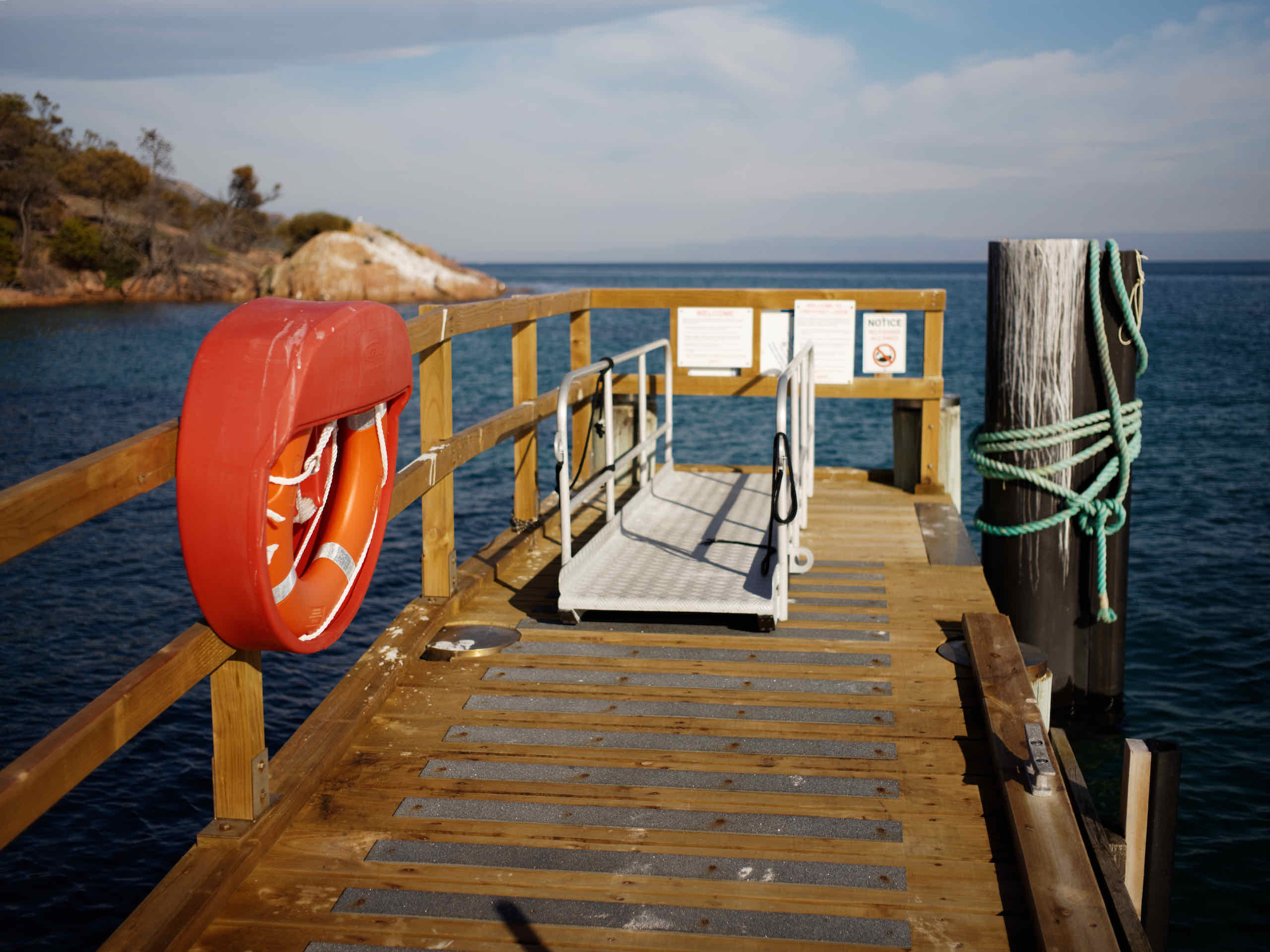
Today we checked out of the Freycinet Lodge and took a few photos around the Lodge including Richardson's Beach.
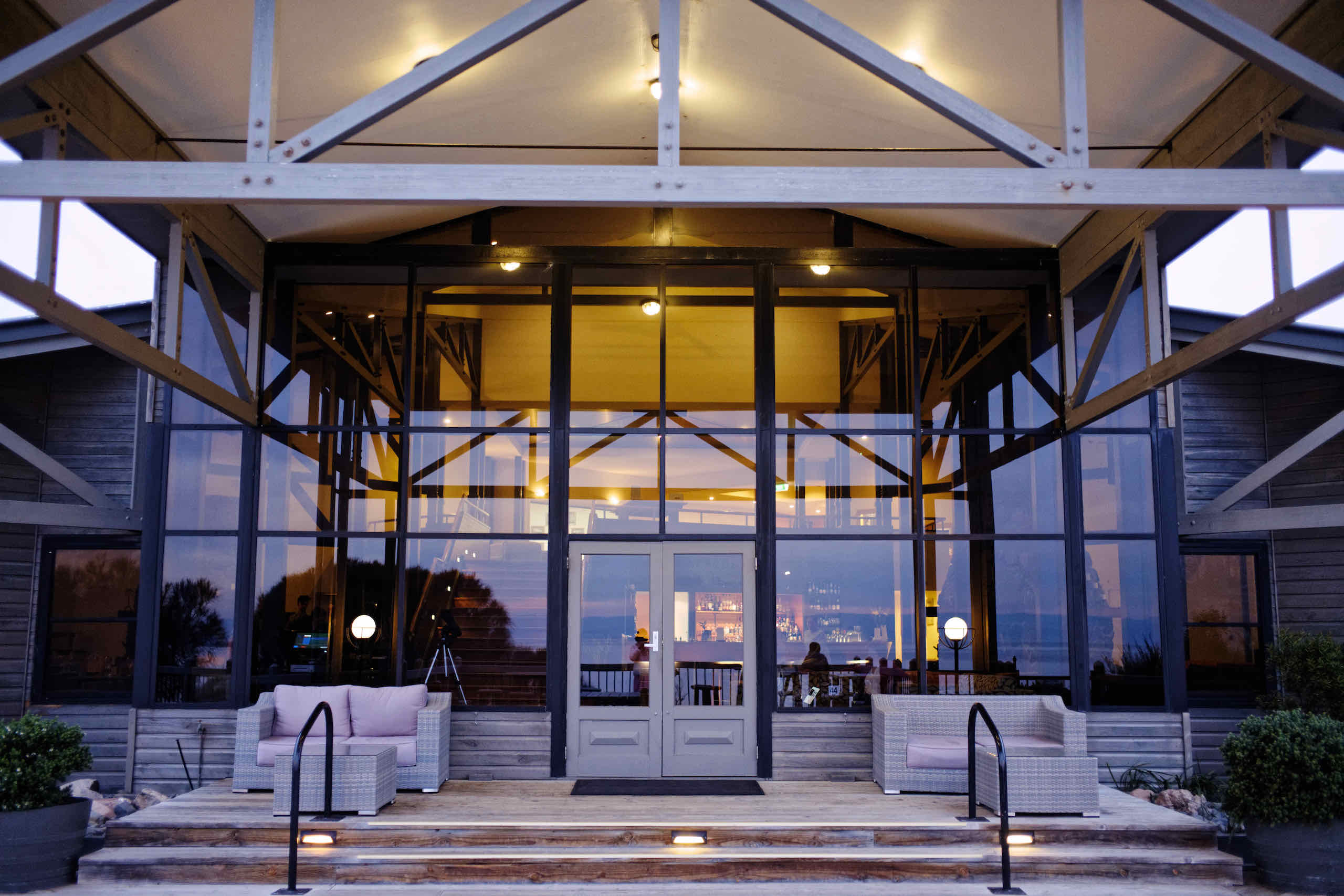
We retired back to the Freycinet Lodge for dinner at Richardson's Bistro. There wasn't much of a sunset, just a gradual fading of the light.
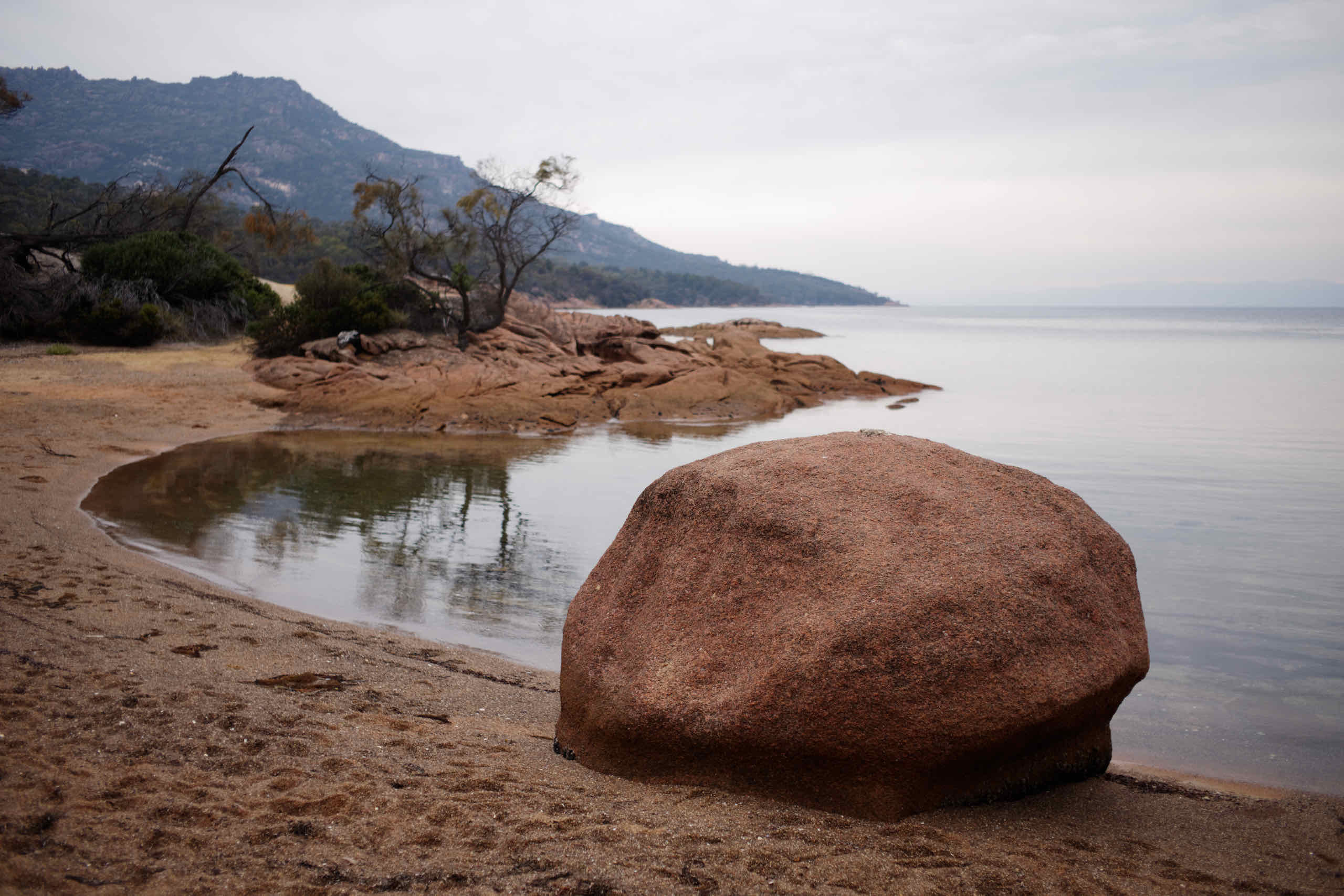
Honeymoon Bay is situated right next to the Freycinet Lodge and has a huge granite rock that looks like it was thrown there by a baby giant.
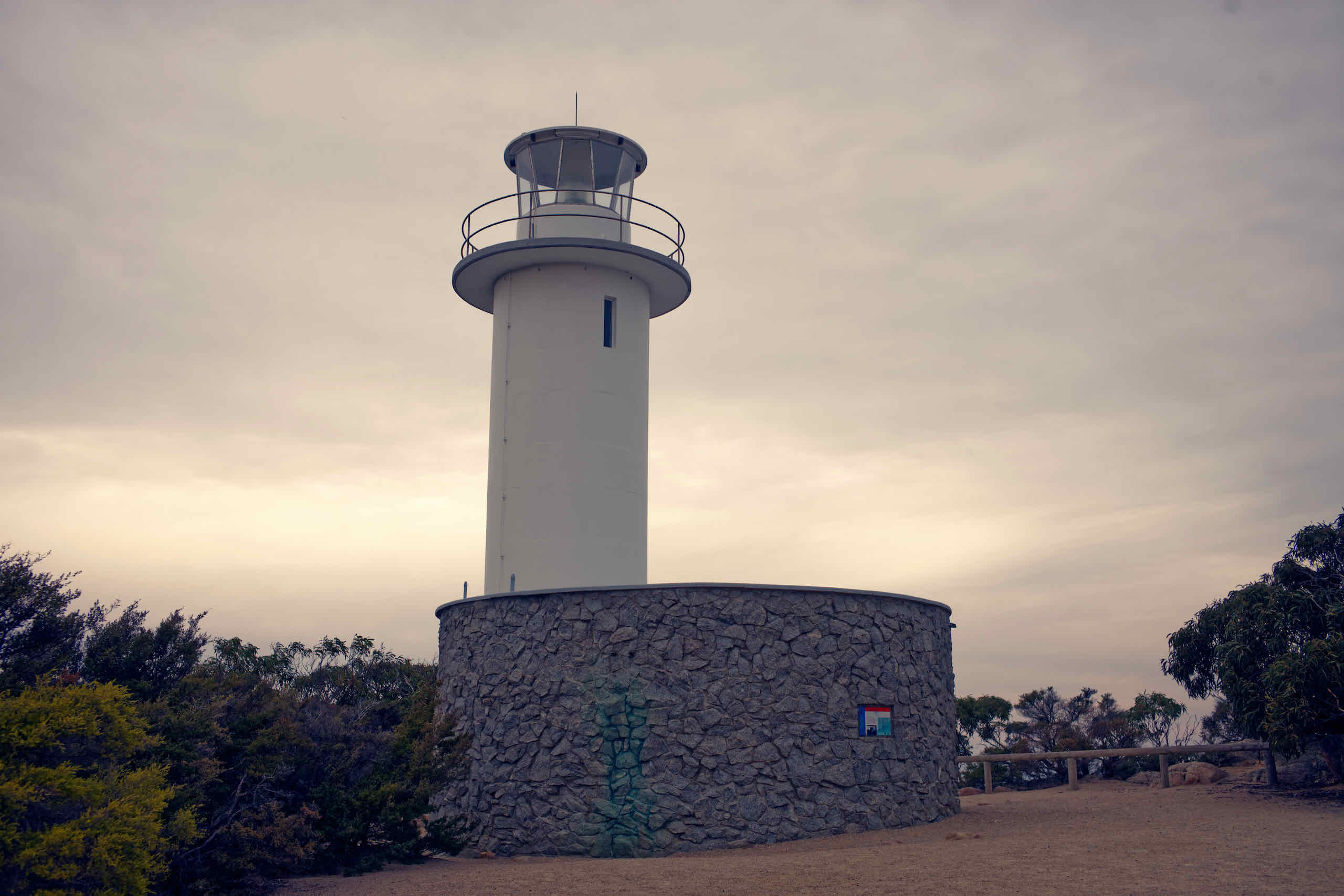
Cape Tourville has a lighthouse. From the boardwalk we can see The Nuggets, two tiny islands where birds nest.
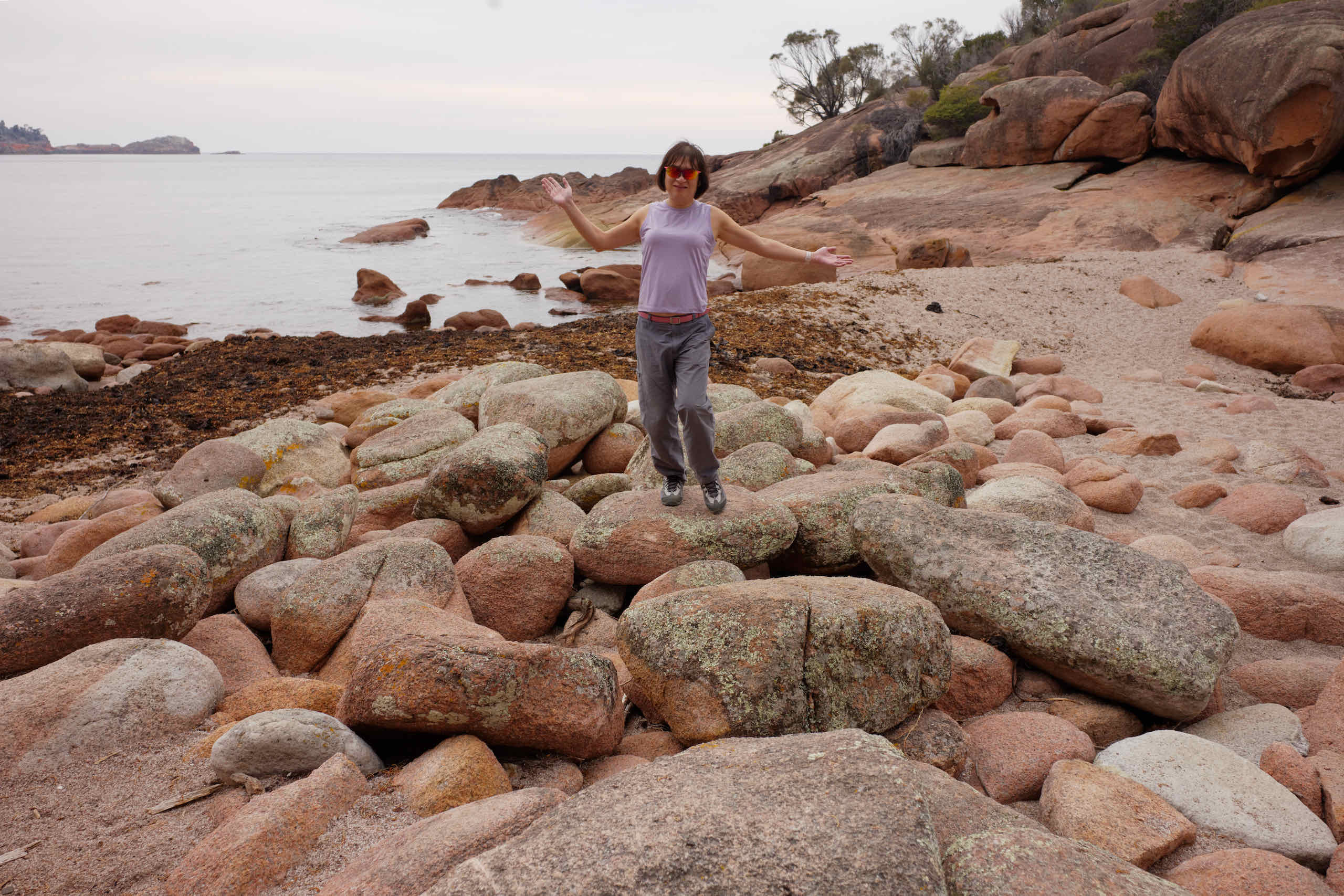
Sleepy Bay sounds slike something out of an Enid Blyton Famous Five book (no smugglers though). We descended down to Little Gravelly Beach.

We opted to do the Wineglass Bay lookout walk which takes us to a short, fairly steep climb to the saddle between Mt Amos and Mt Mayson.
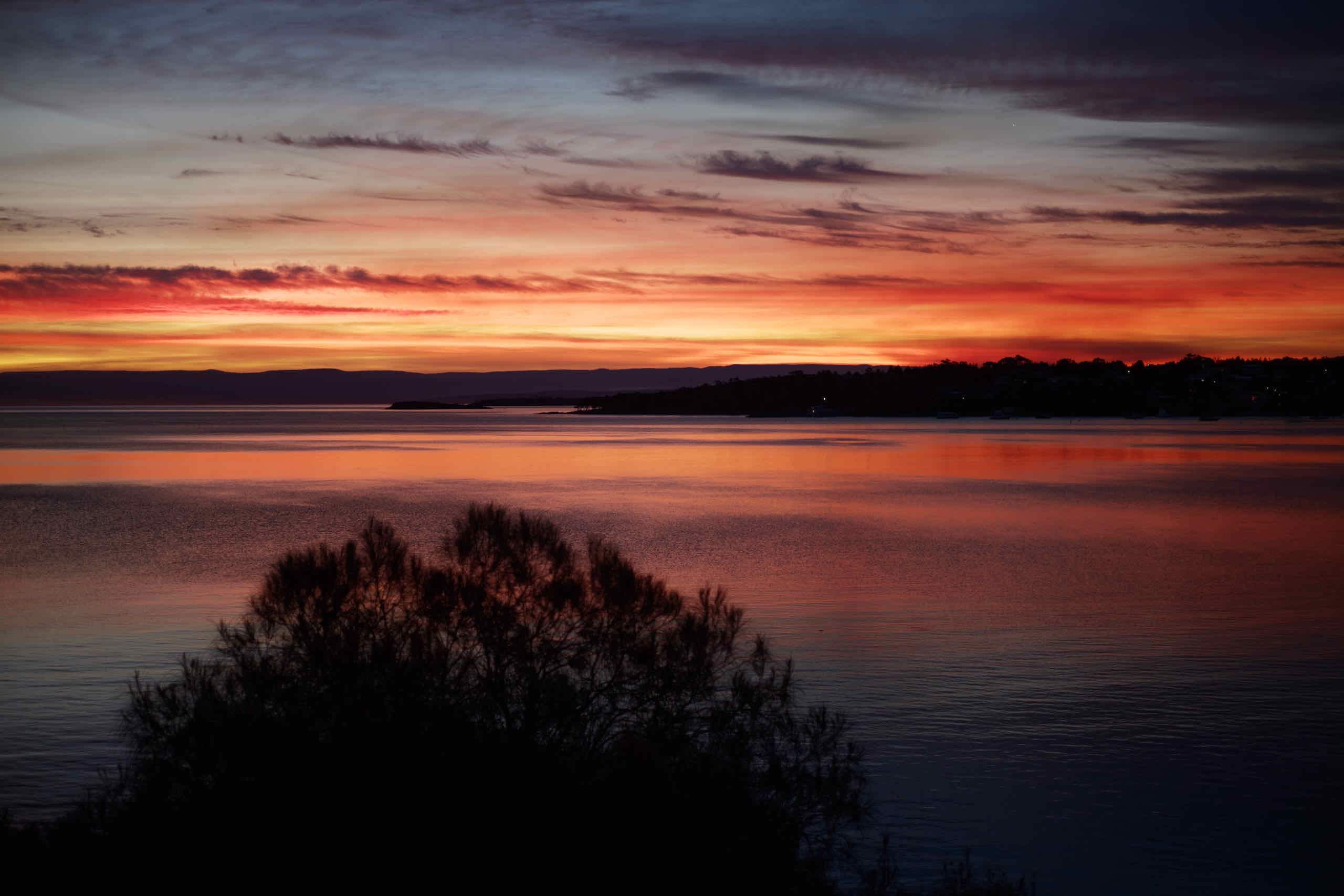
We checked in, and had time to enjoy dinner and the lovely sunset at Freycinet Lodge which was really striking.
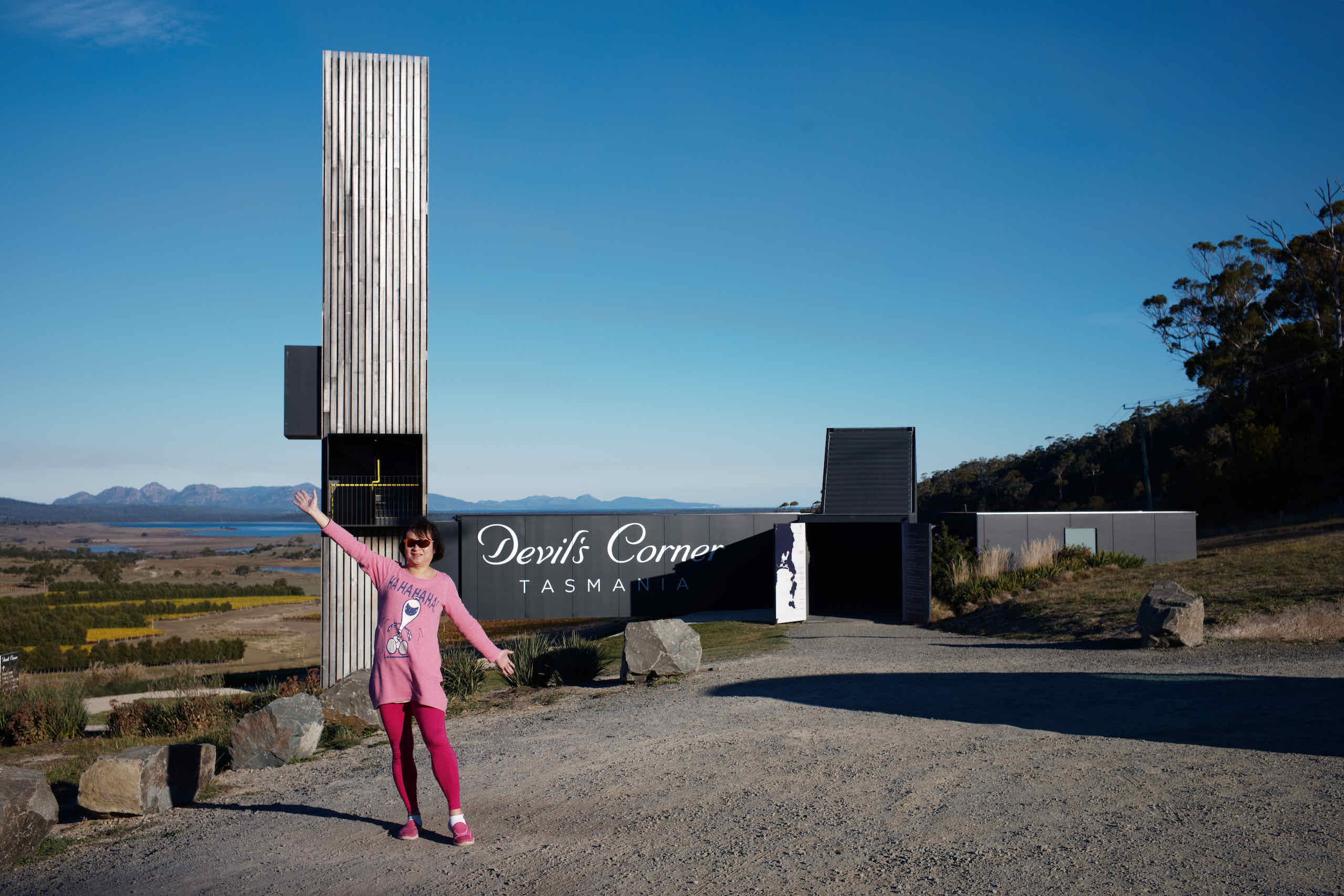
Devil's Corner has a lookout from which we can view the Moulting Lagoon wetlands, The Hazards and Freycinet Peninsula.
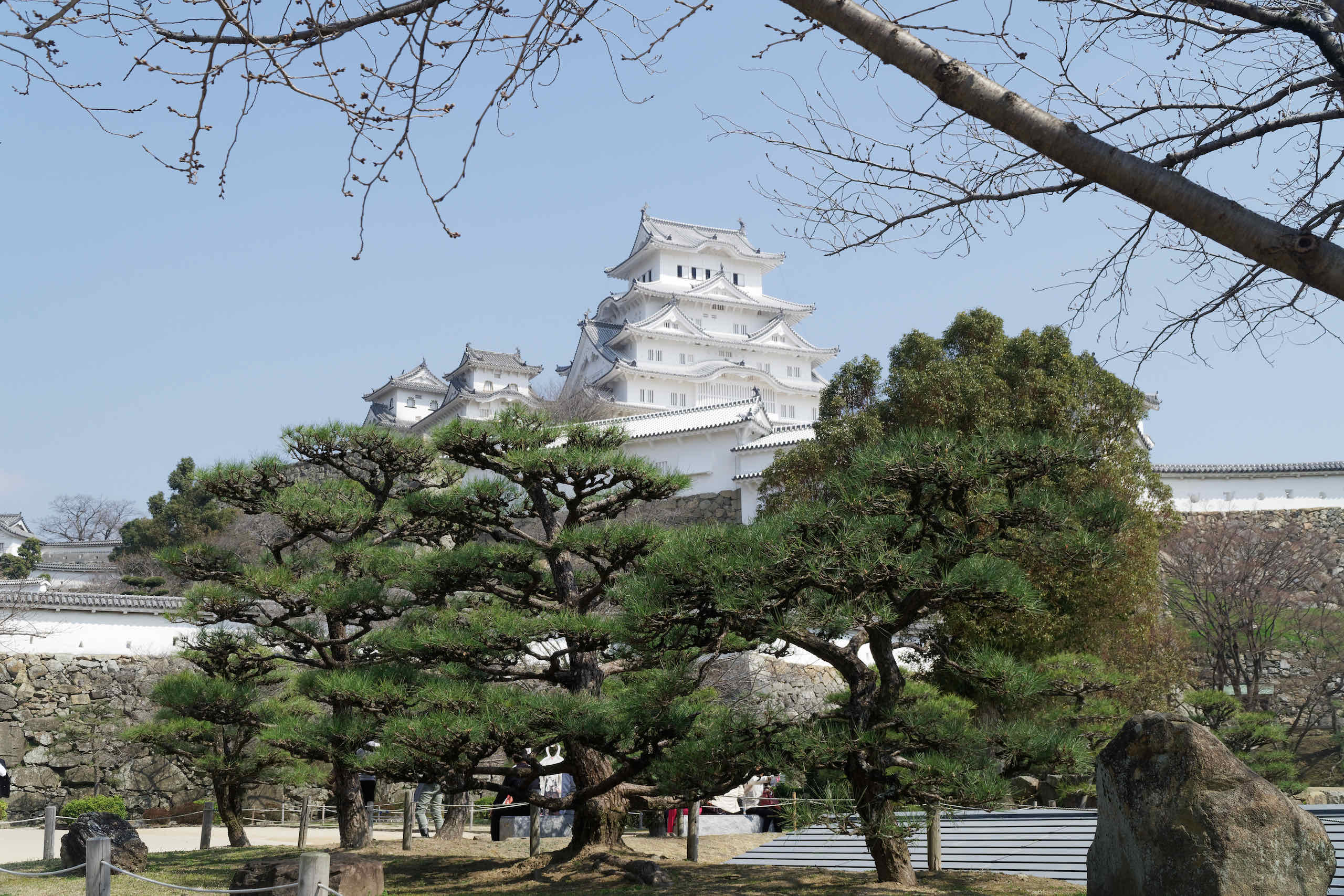
We returned to Japan in 5-15 March 2018, and started from Osaka, then south to Kyushu visiting Nagasaki, ending with a day trip to Himeji.
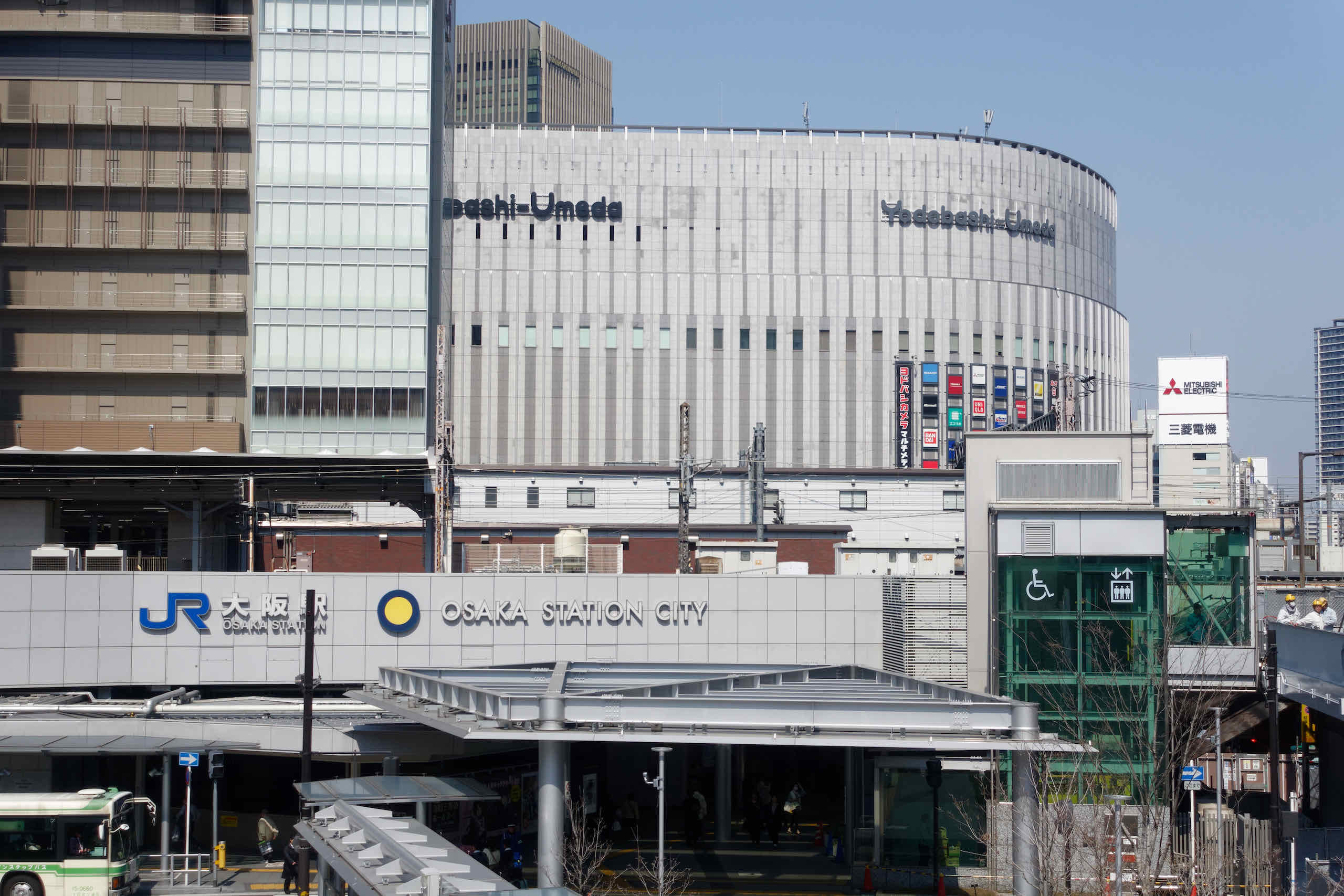
On our last day in Osaka, we wandered around the block from the hotel and ended up in Osaka Station City, a large shopping mall.
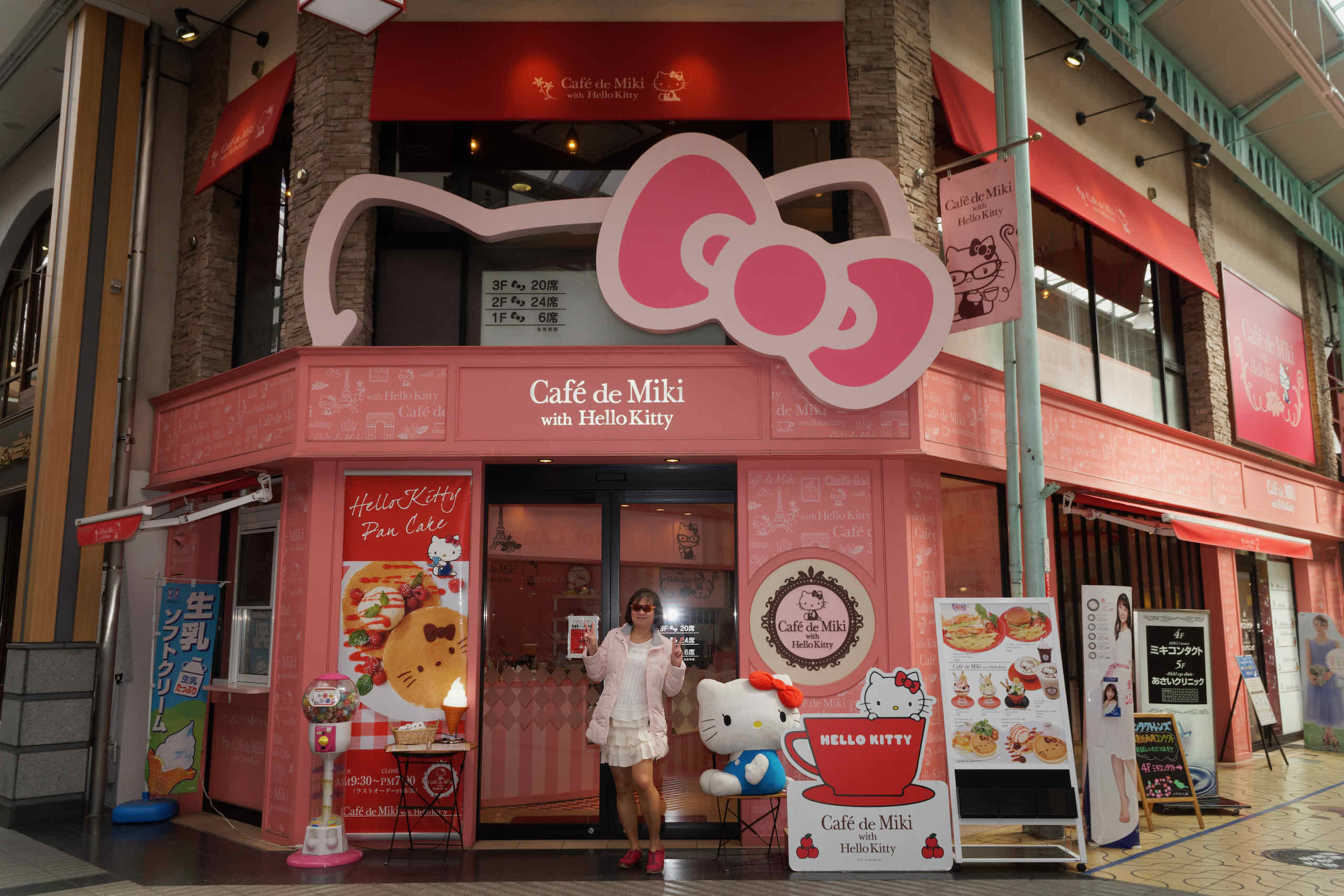
On our return back to the station, we couldn't resist stopping by at a Hello Kitty themed cafe called Cafe de Miki.
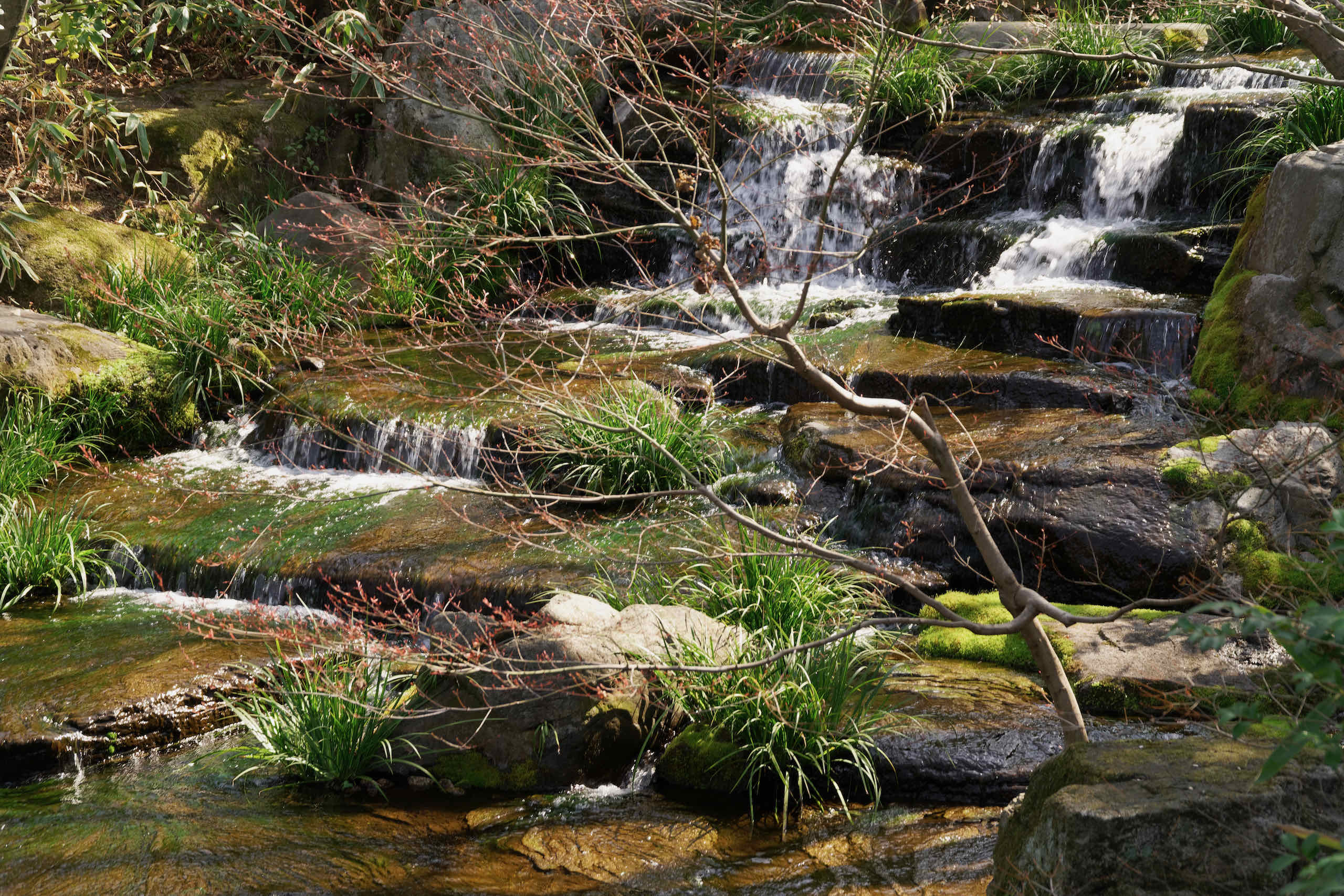
Koko-en (好古園) is a Japanese garden next to Himeji Castle. It was constructed in 1992 at the site of the lord's west residence.

Himeji Castle (姫路城) is the largest and most visited castle in Japan, and a UNESCO World Heritage Site. It was fully restored in 2015.
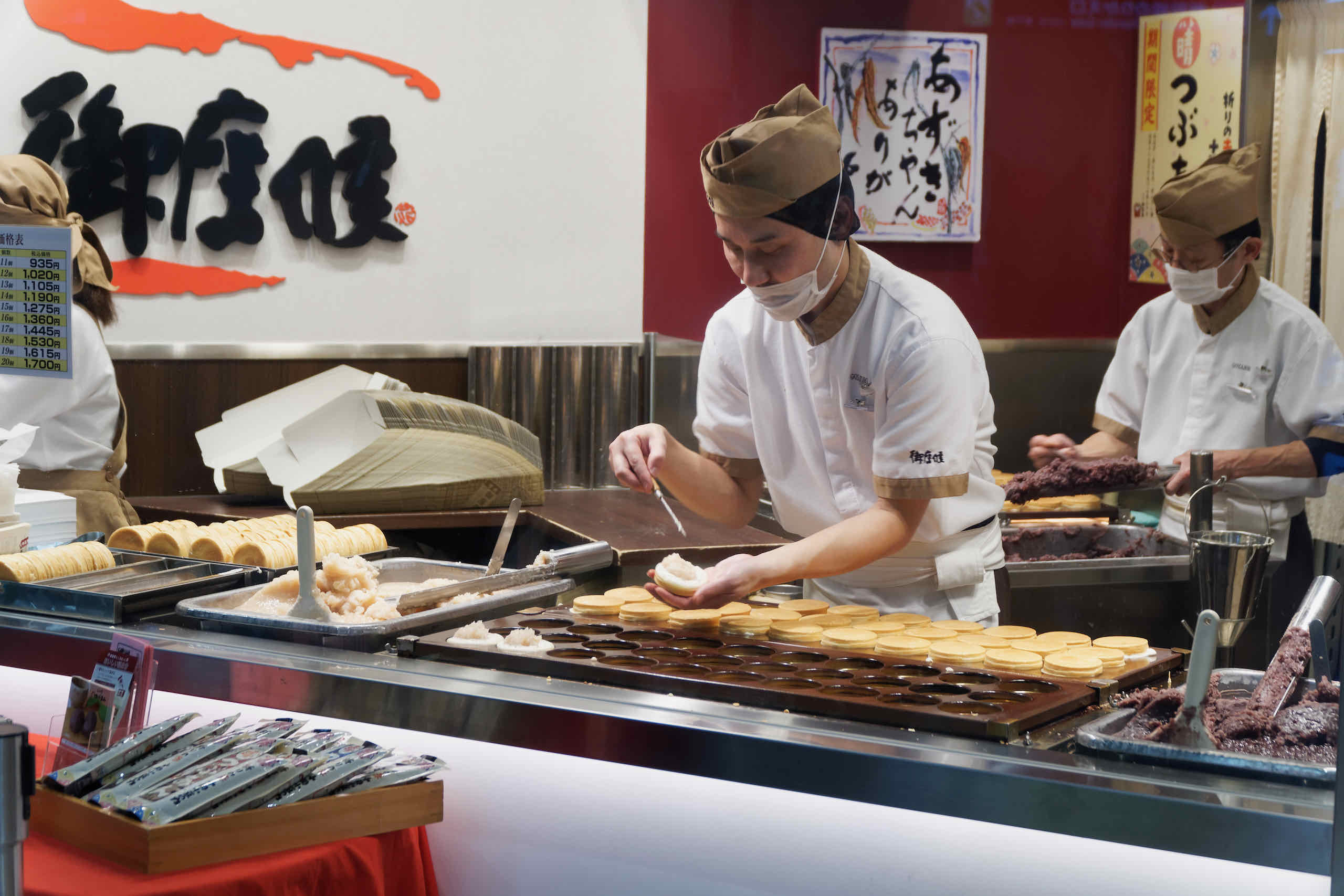
Himeji is the second largest city in Hyogo and is famous for Himeji Castle and Kokoen garden. There are many statues on Otemaedori.
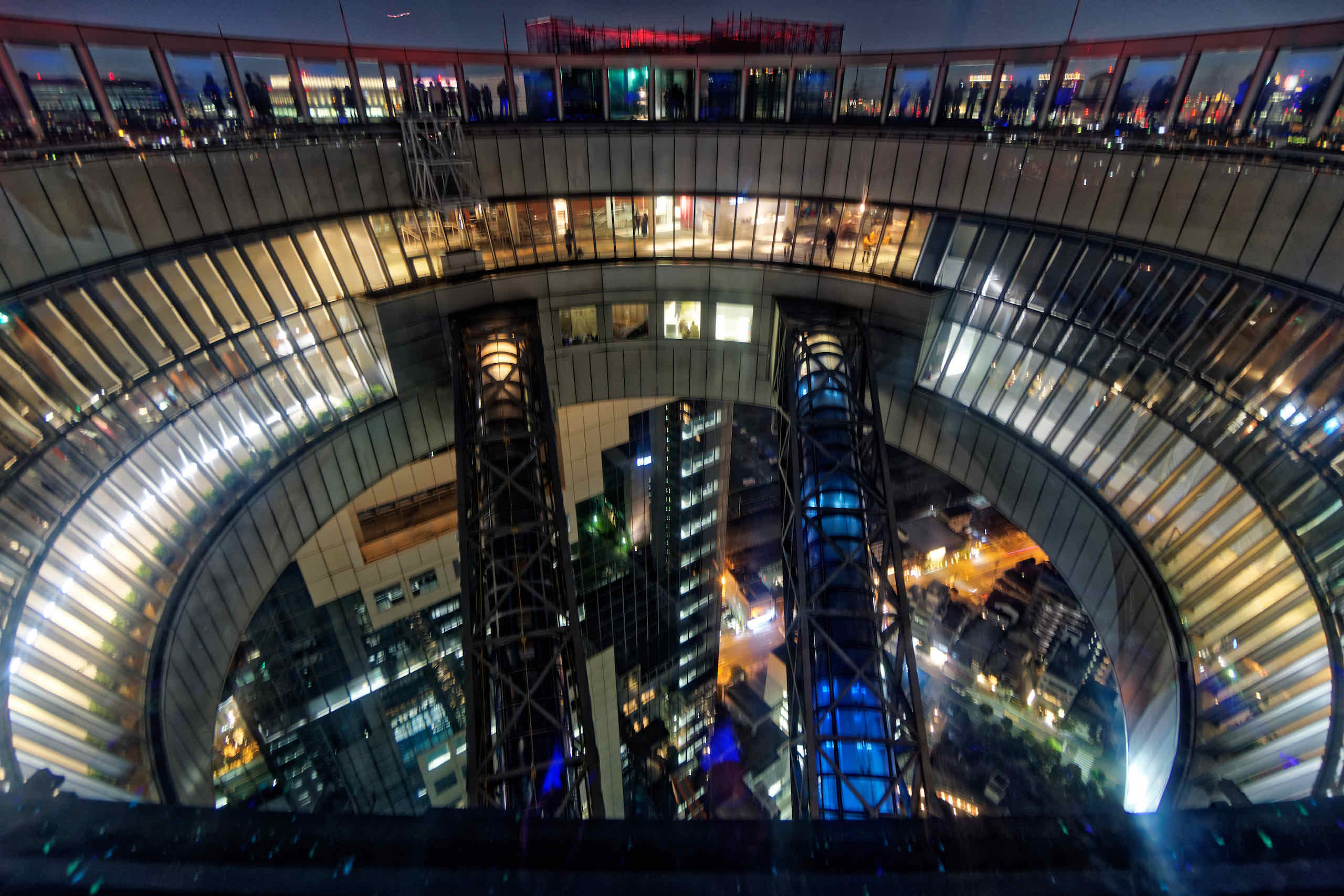
We visited the Umeda Sky Building for dinner, and then afterwards go to the rooftop to experience cityscapes of Osaka at Night.
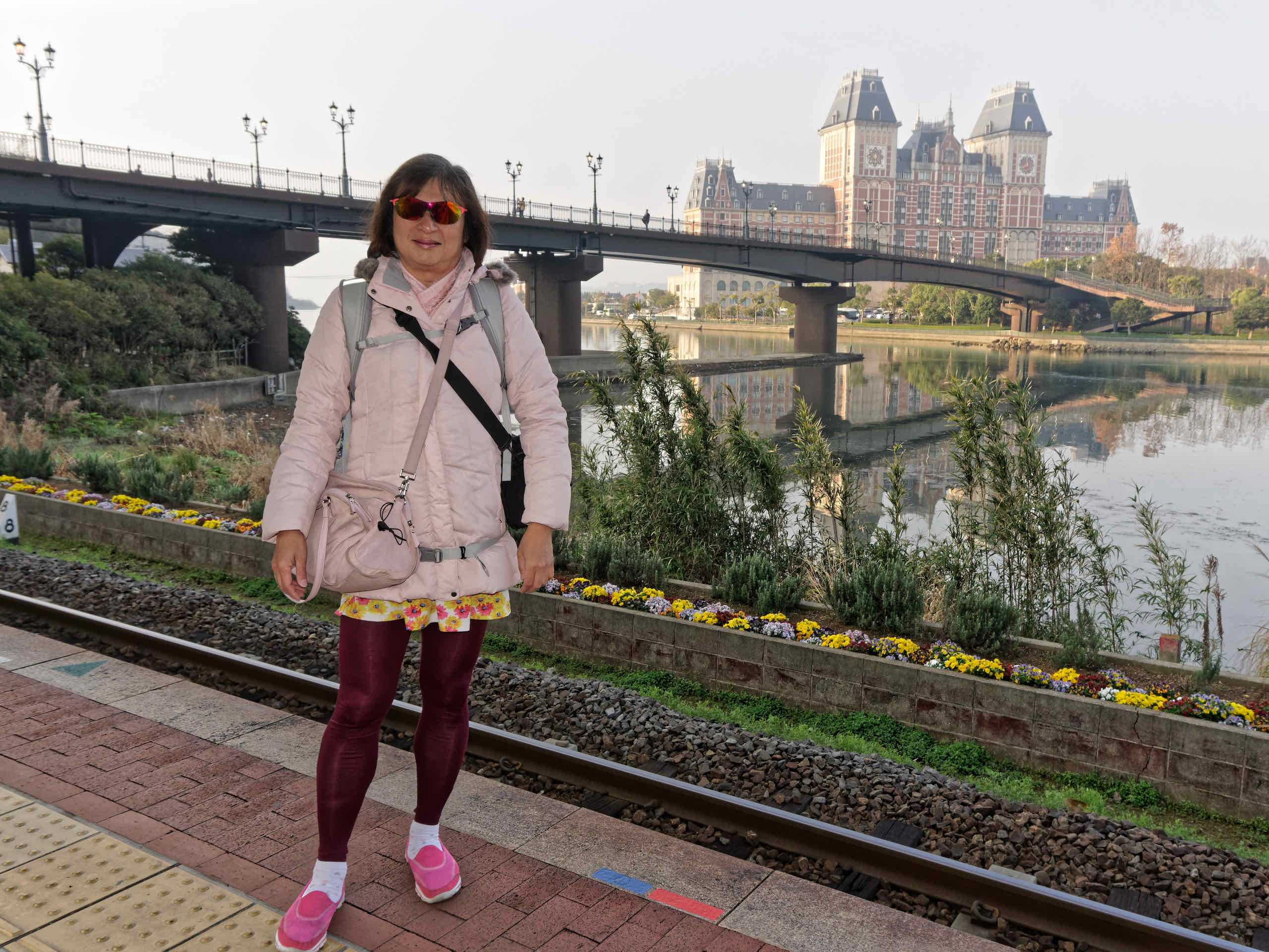
We are travelling from Huis Ten Bosch to Osaka. We checked out of the hotel, made our way back to the Huis Ten Bosch station.
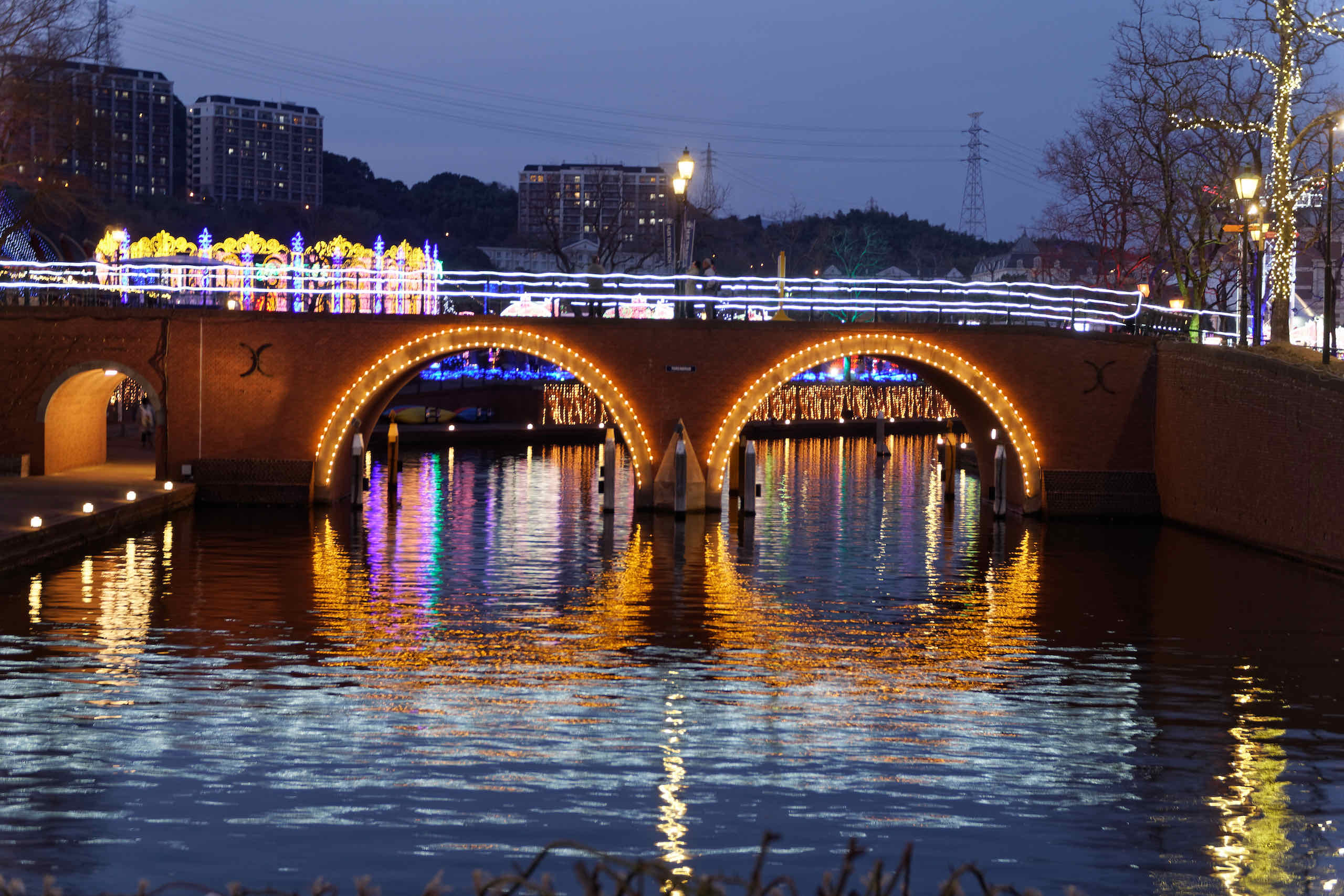
On our last night at Huis Ten Bosch we stayed back to watch the evening parade and soak up the atmosphere.
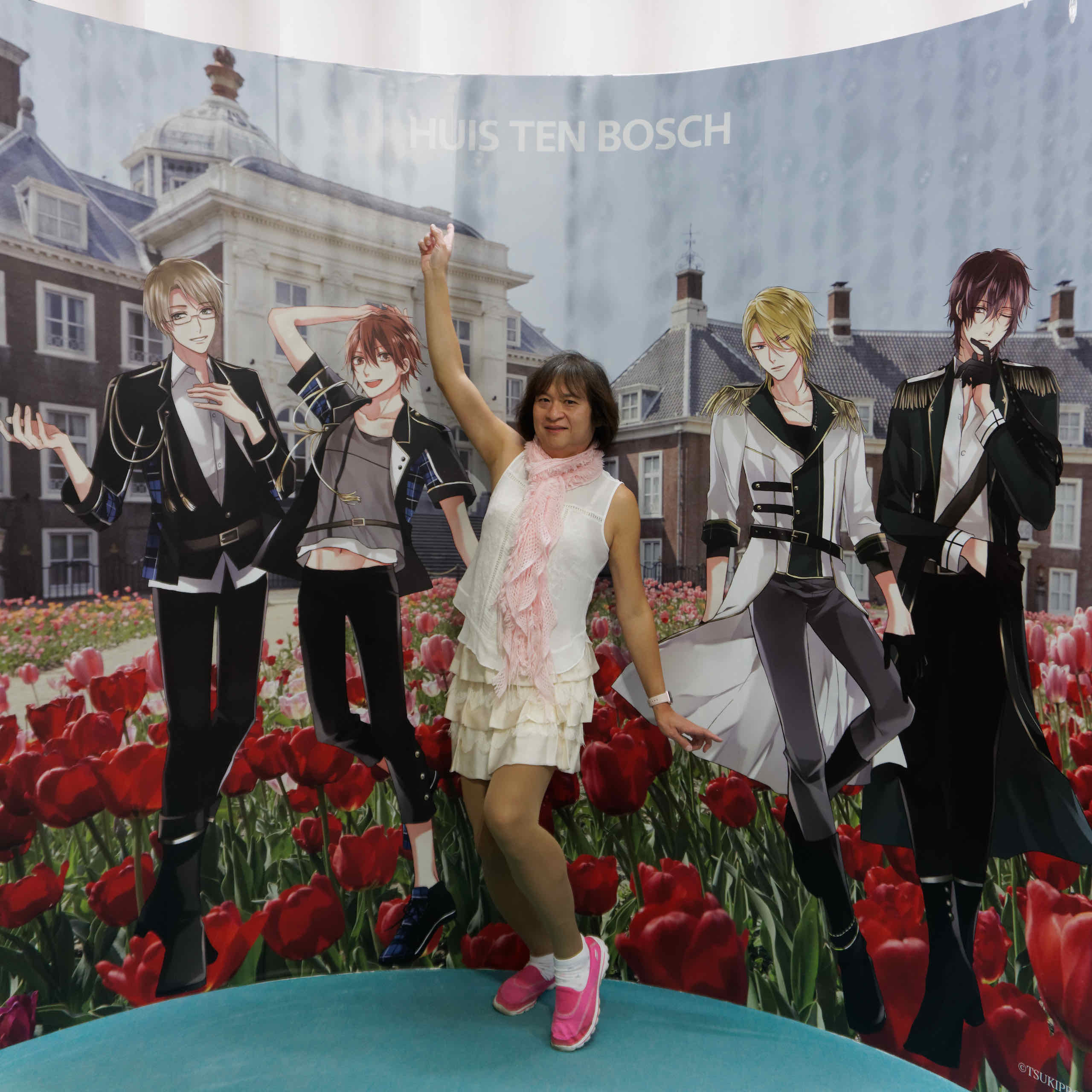
We wandered around Huis Ten Bosch in the afternoon to catch any final sights or attractions that we missed on the first day.
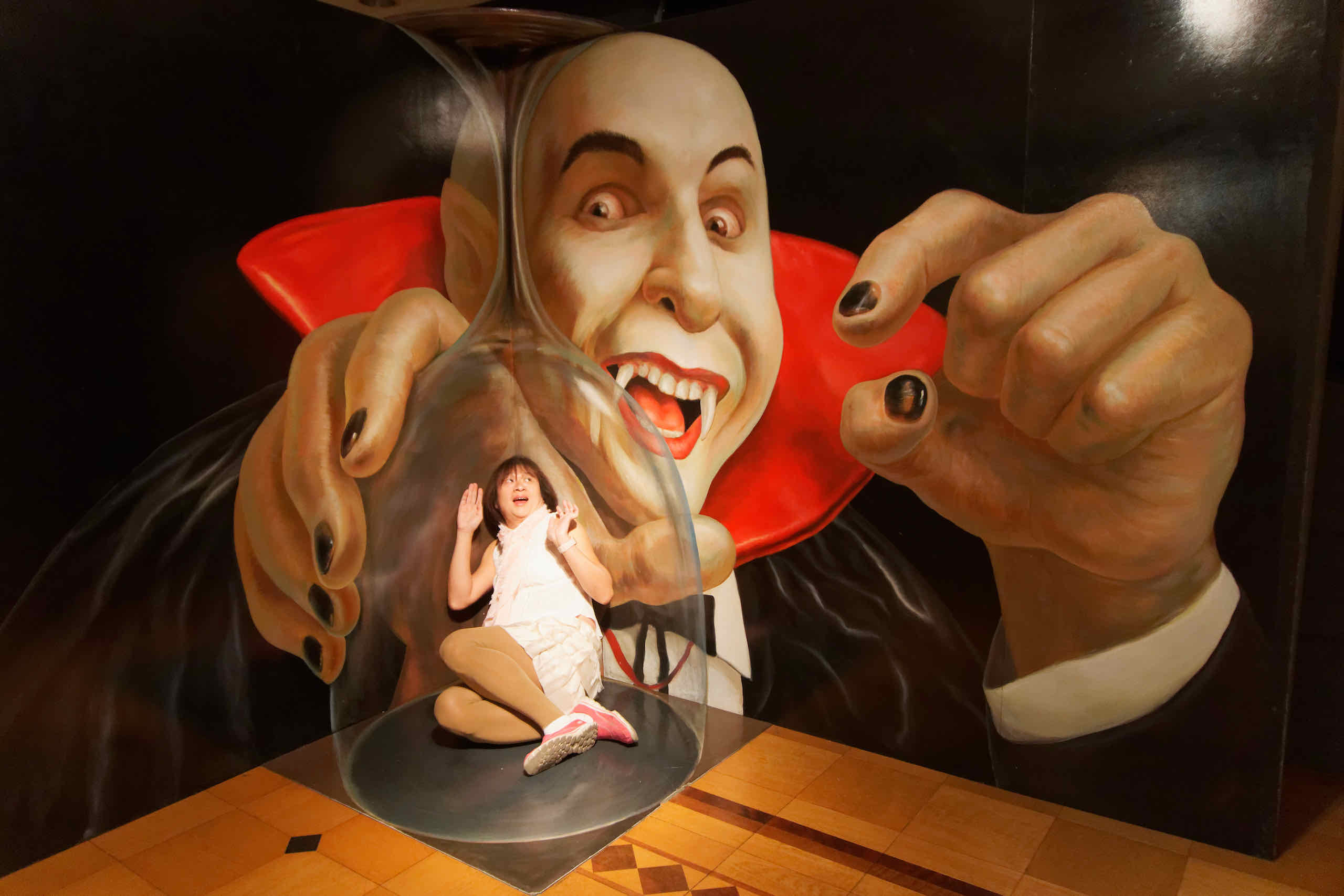
Super Trick Art is yet another of those 3D art places that you pose in front of. The lighting is a bit dark in places.
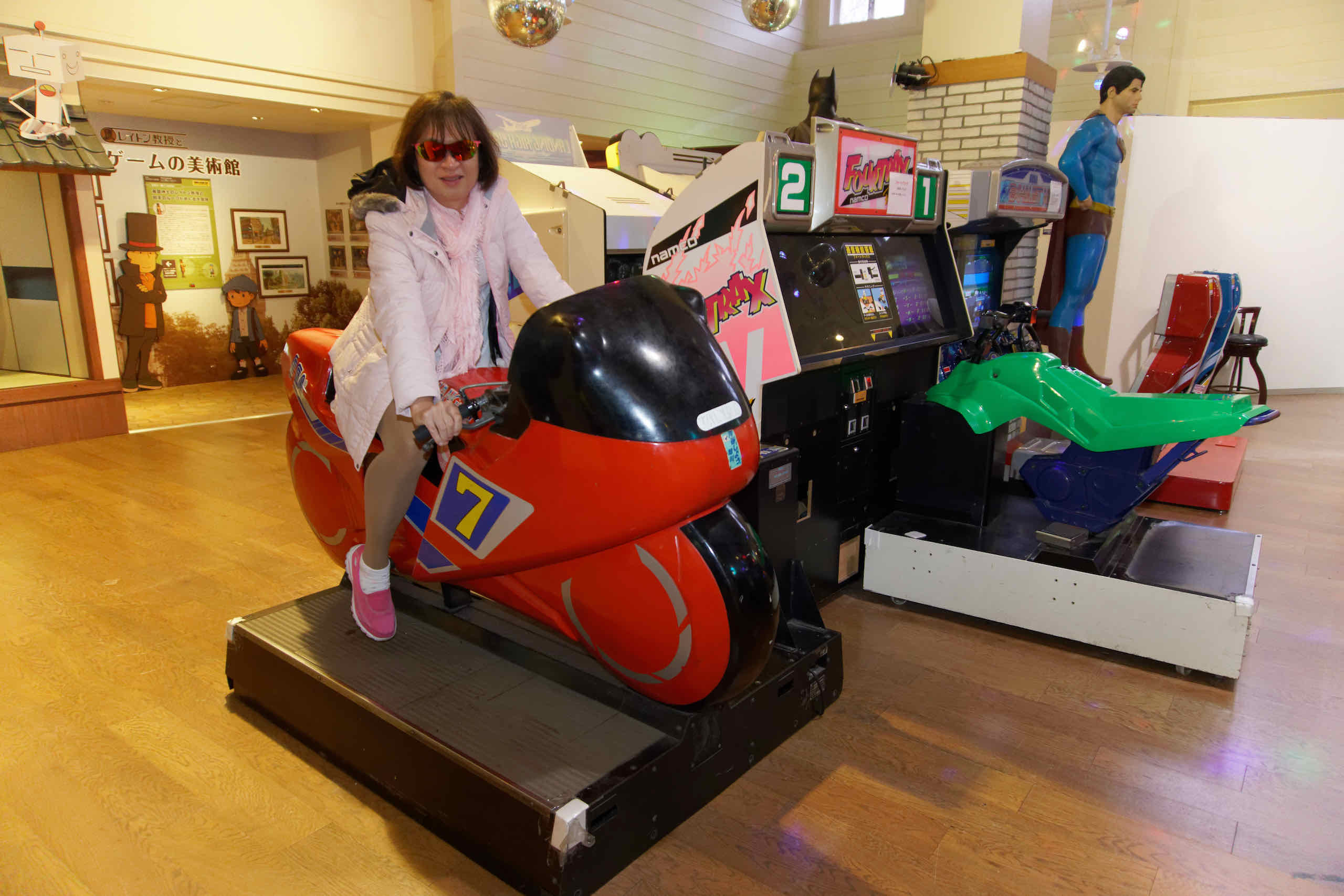
The Game Museum at Huis Ten Bosch contains a display of various gaming consoles past to present as well as various arcade machines.
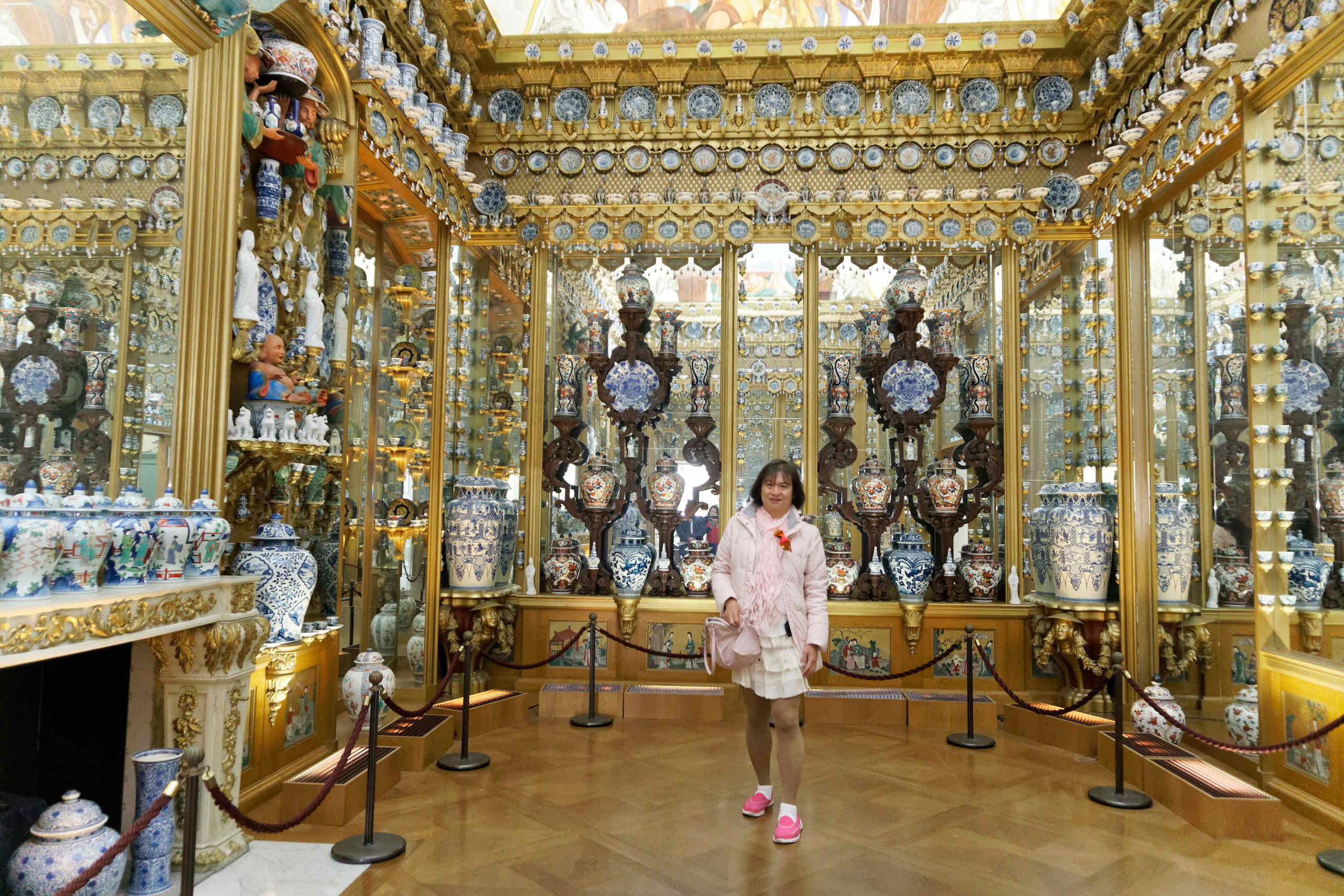
The Porcelain Museum at Huis Ten Bosch is full of rooms of porcelain displays, a second hall with upholsteries and a third hall with pottery.
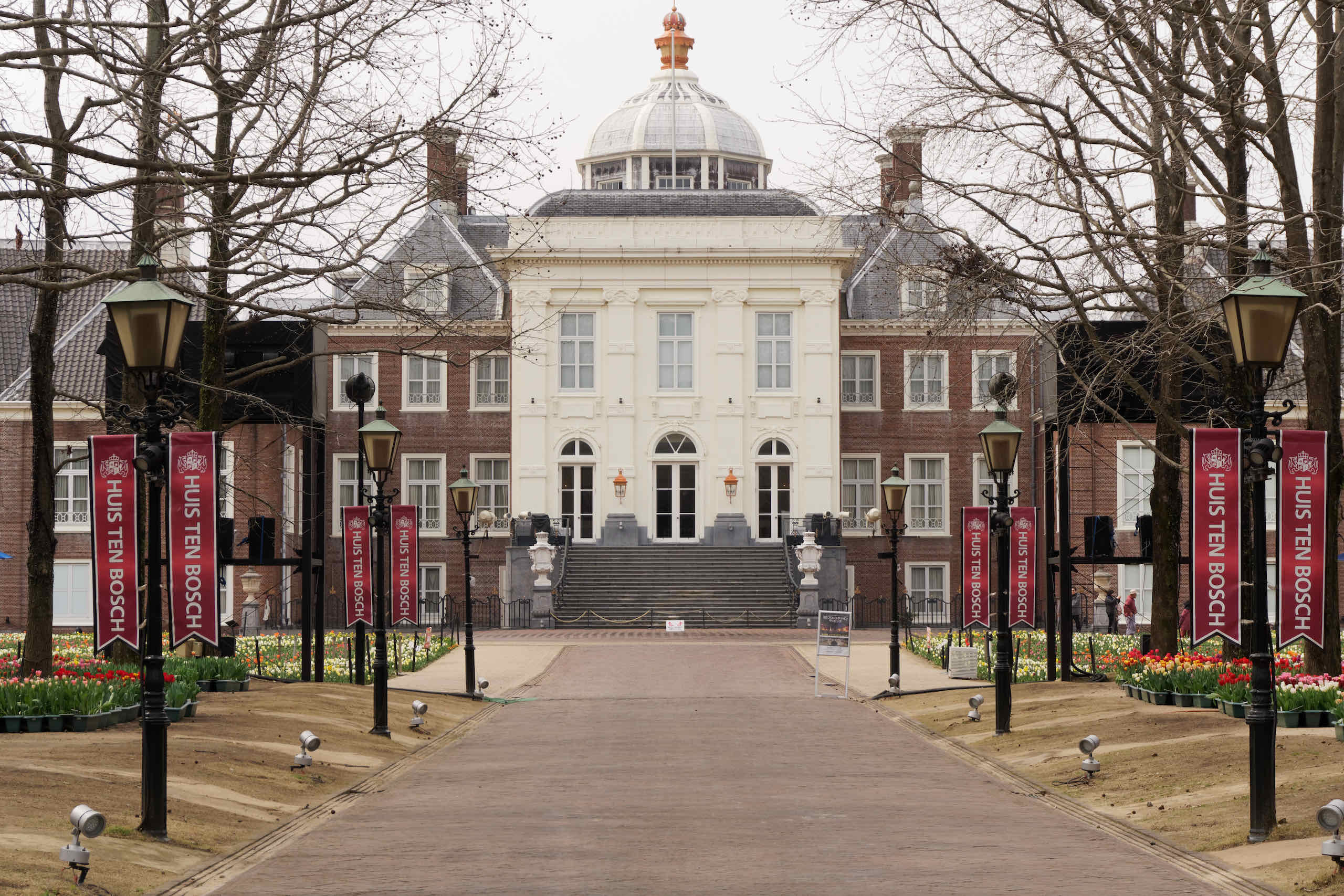
"Harbor Town" in Huis Ten Bosch has theme park attractions, the Huis Ten Bosch castle, and a replica of a Dutch ship called De Liefde.
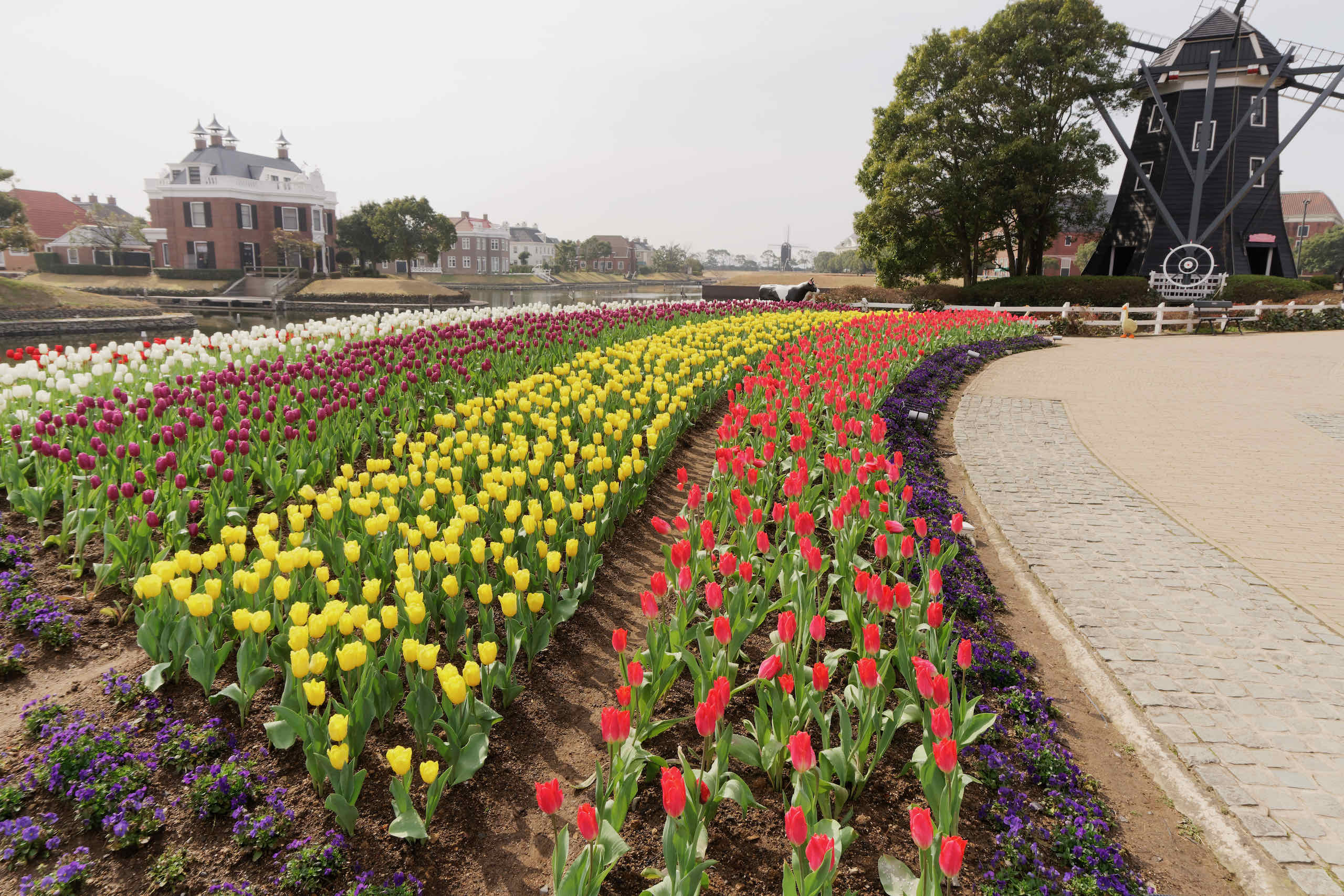
The Flower Road at Huis Ten Bosch features windmills, tulips, the Delftsebrug bridge, and a cheese shop called Cheese Waag.
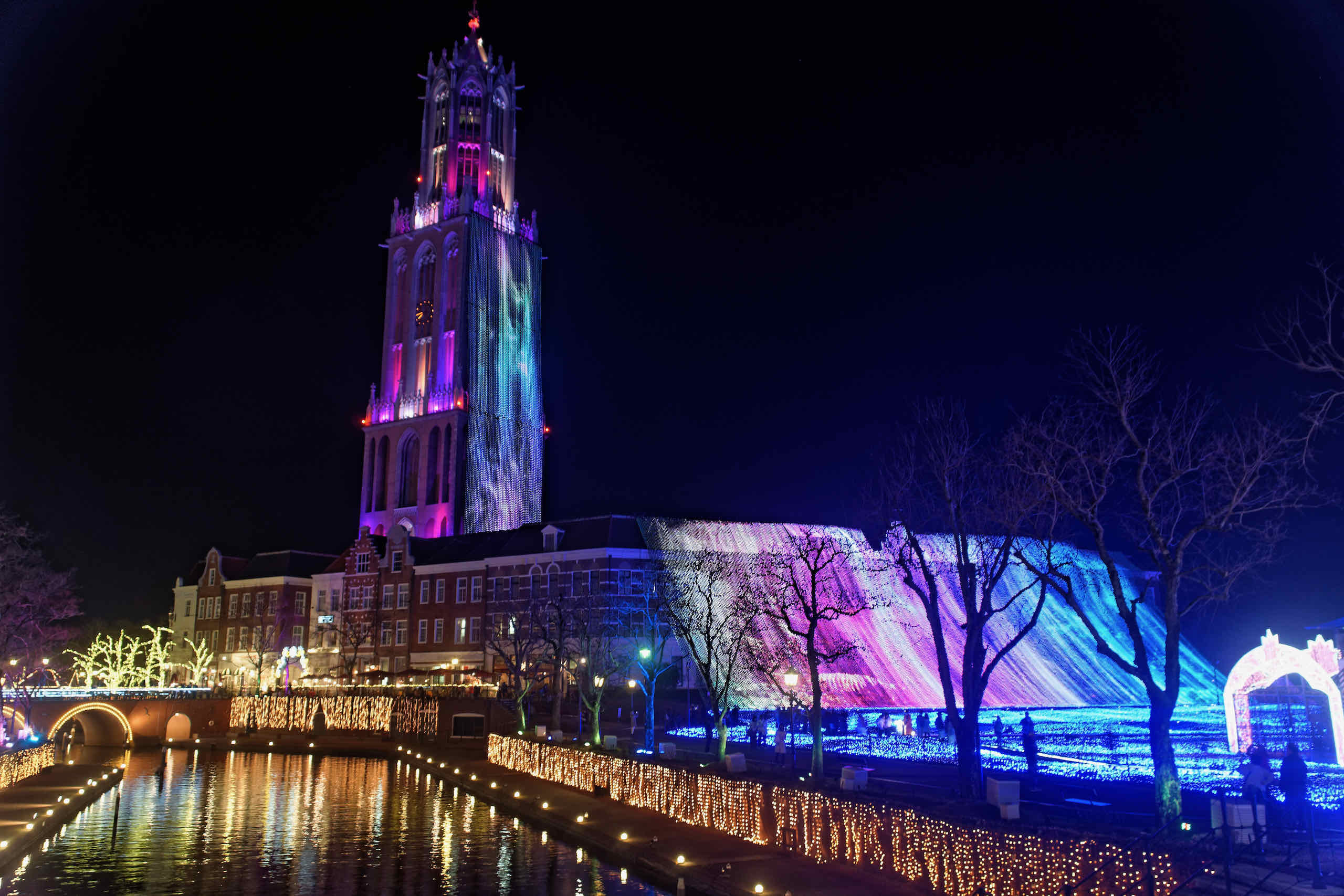
The Night Lights in Huis Ten Bosch are very colourful with a lot of the buildings lit up, with "light" flowing from the Domtoren.
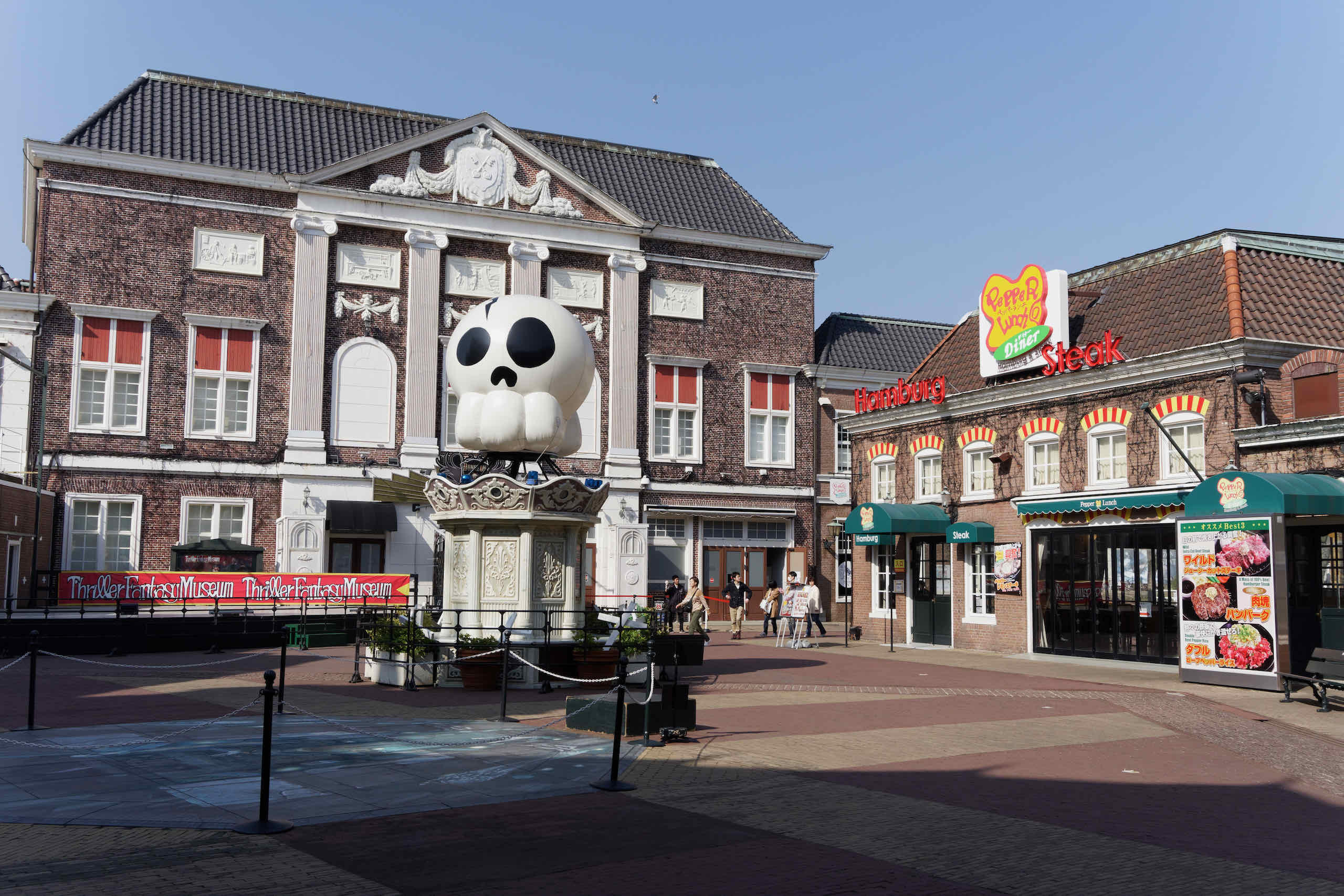
Thriller and Attraction Cities in Huis Ten Bosch contain a variety of theme park attractions surrounded by a fountain.
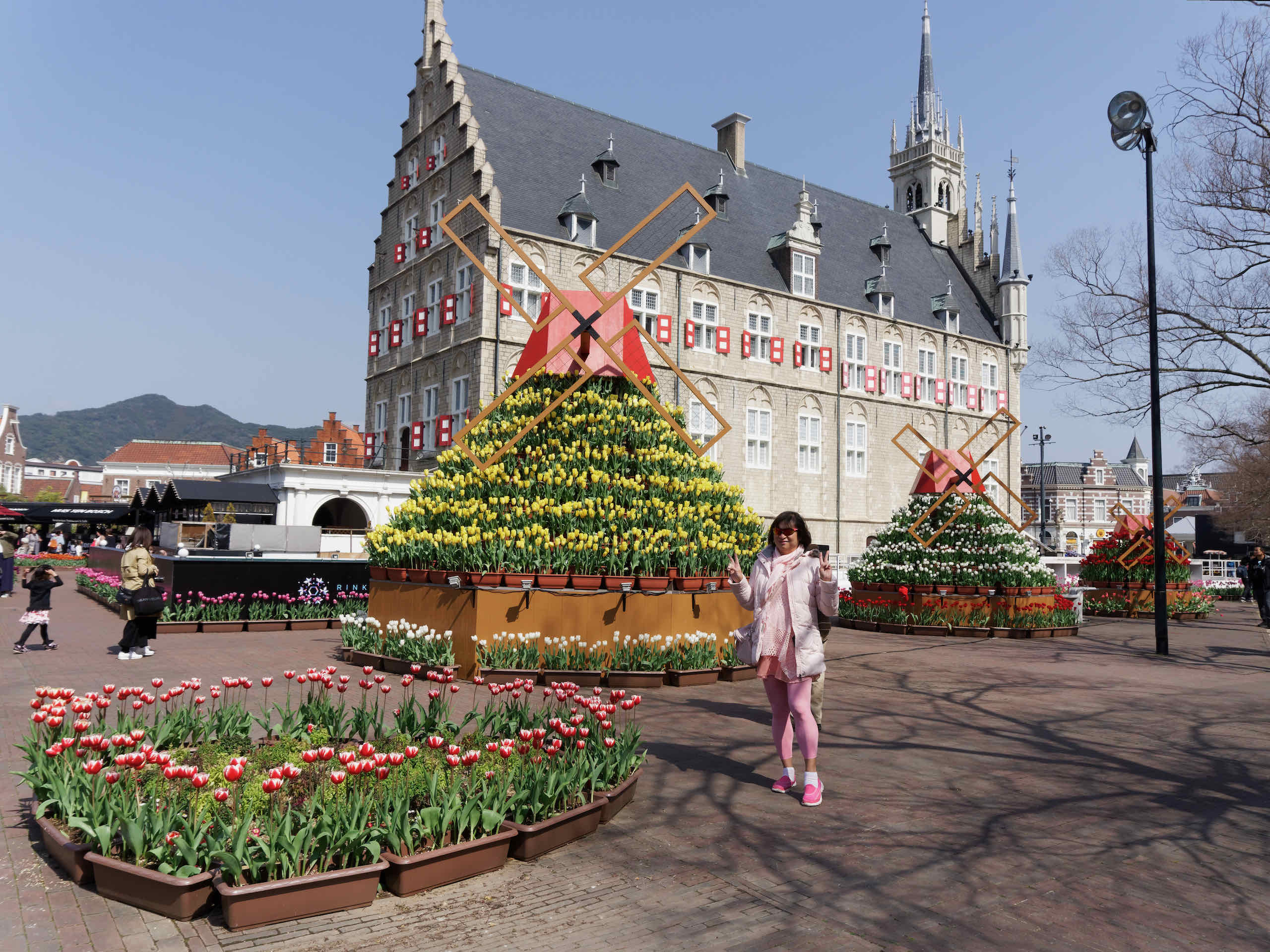
The Amsterdam Square in Huis Ten Bosch evokes the famous Dam Square with a European village adjacent to it.
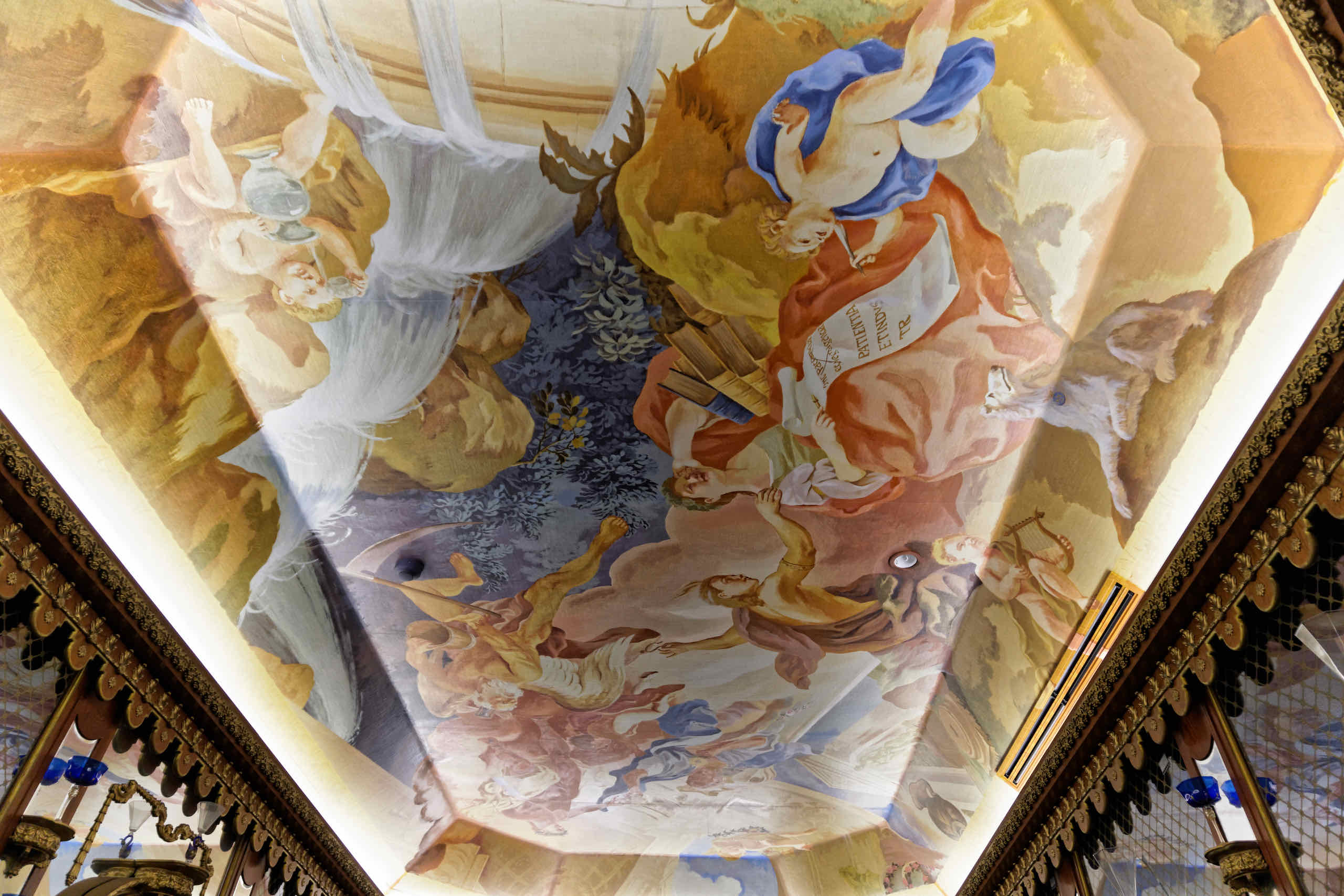
The Stadhuis replica in "Amsterdam Square" in Huis Ten Bosch has a magnificent crystal and glass museum called "Gyaman Gallery".
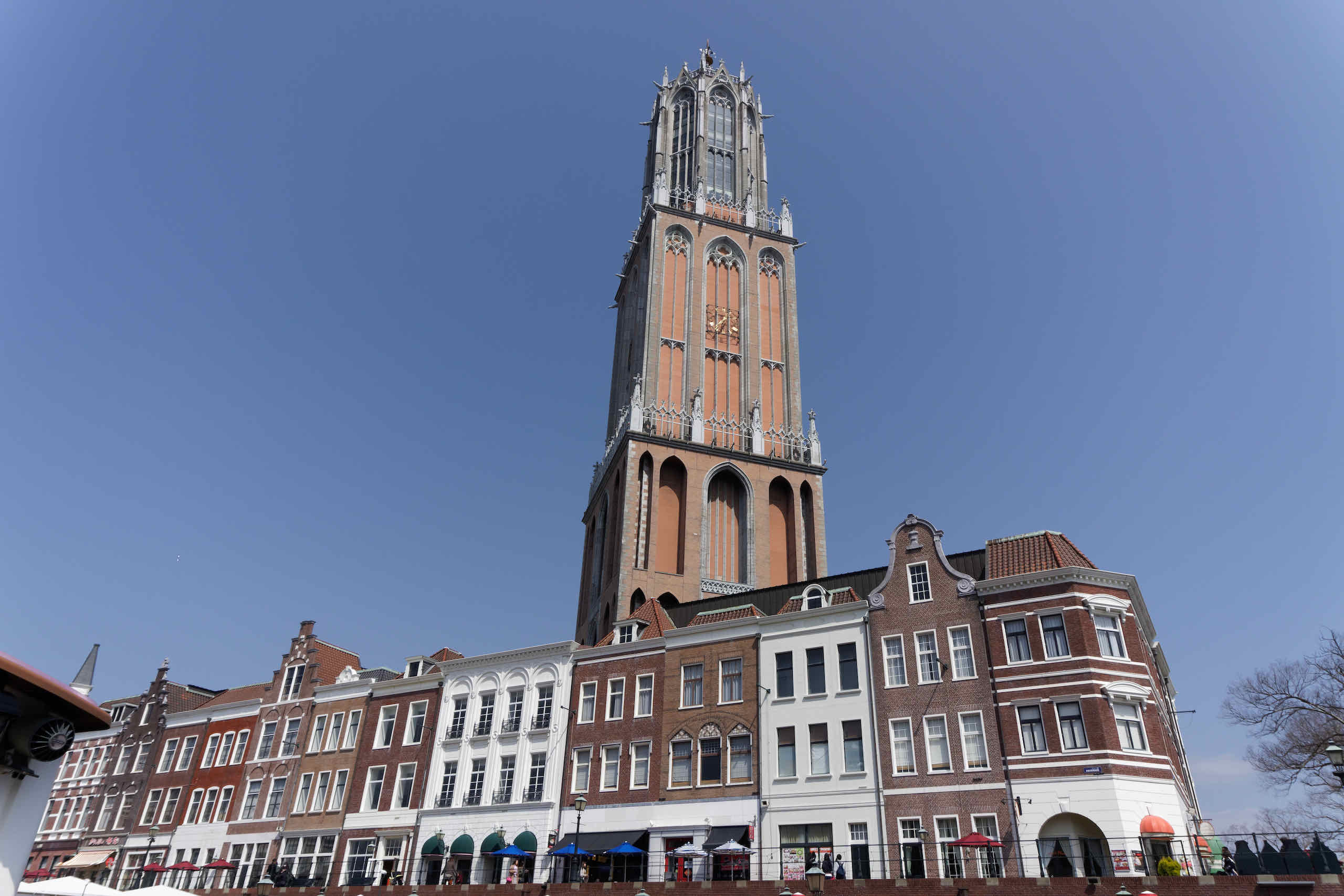
The replica of Domtoren (the famous church tower in Utrecht) at Huis Ten Bosch has an observation deck with great 360 degree views.
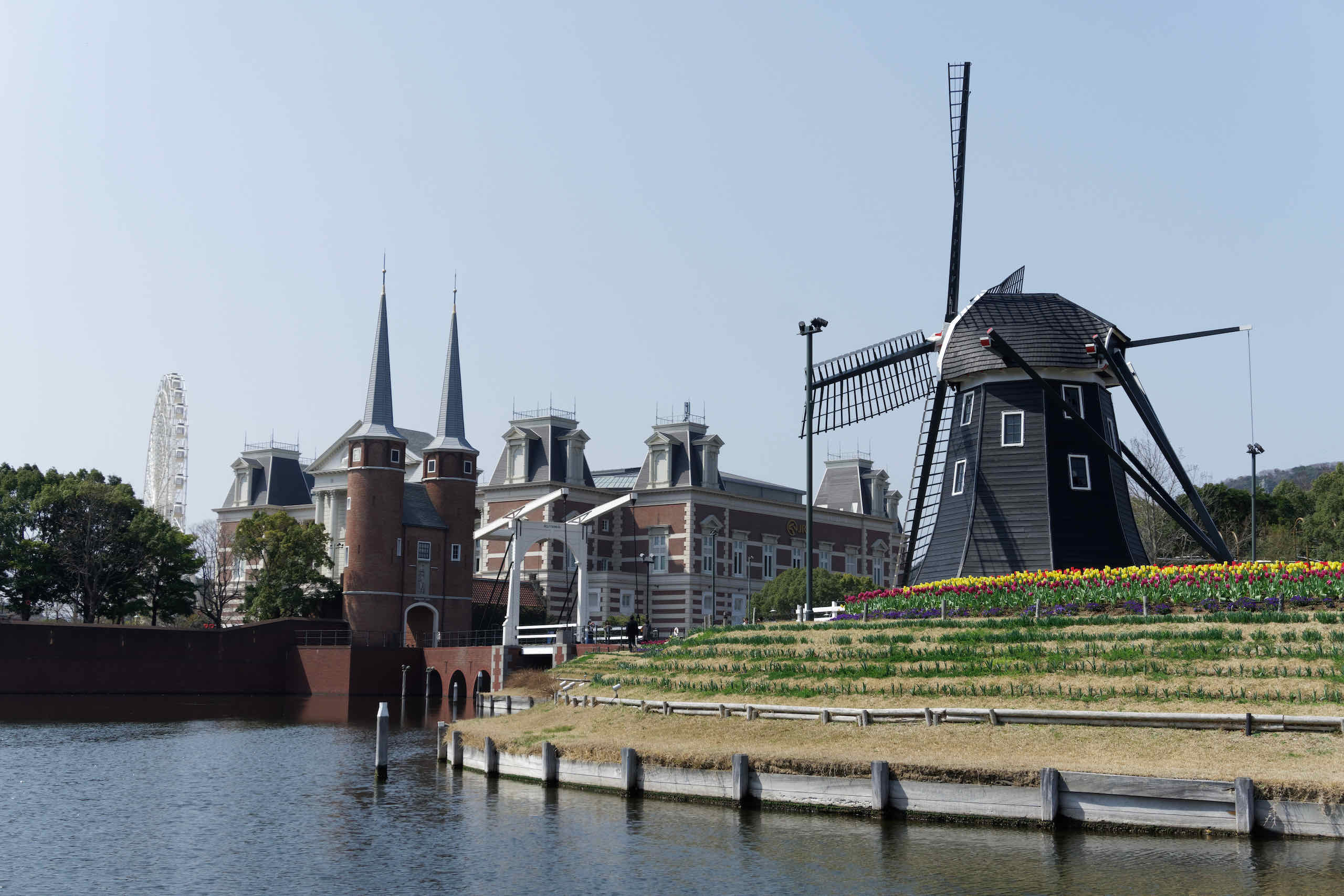
We boarded a cruiser at Canaltown that took us on a canal cruise all the way to Tower City where a replica of the Domtoren is.
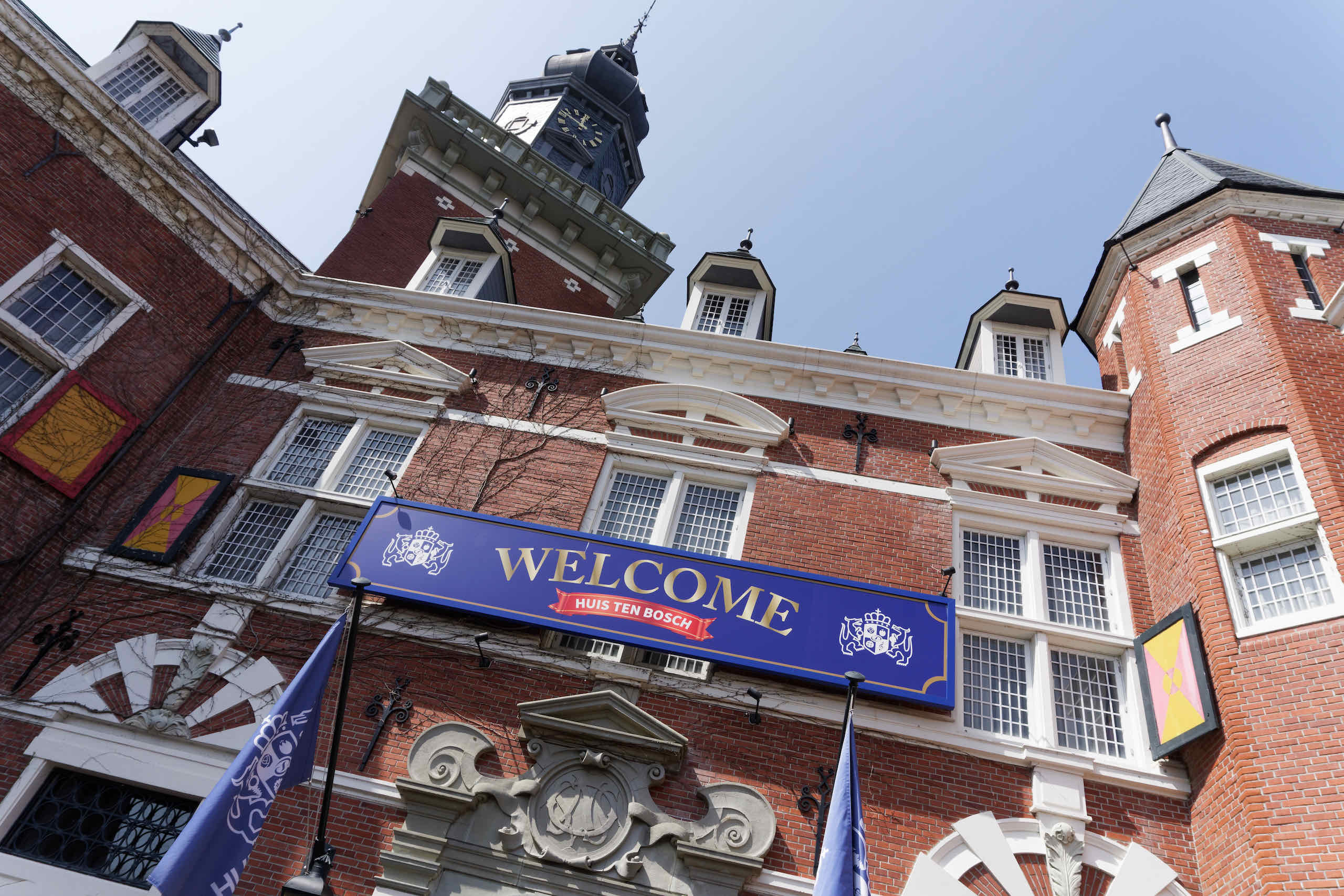
We visited a recreation of Kasteel Nijenrode containing the Teddy Bear Kingdom, an extensive collection of teddy bears from around the world.
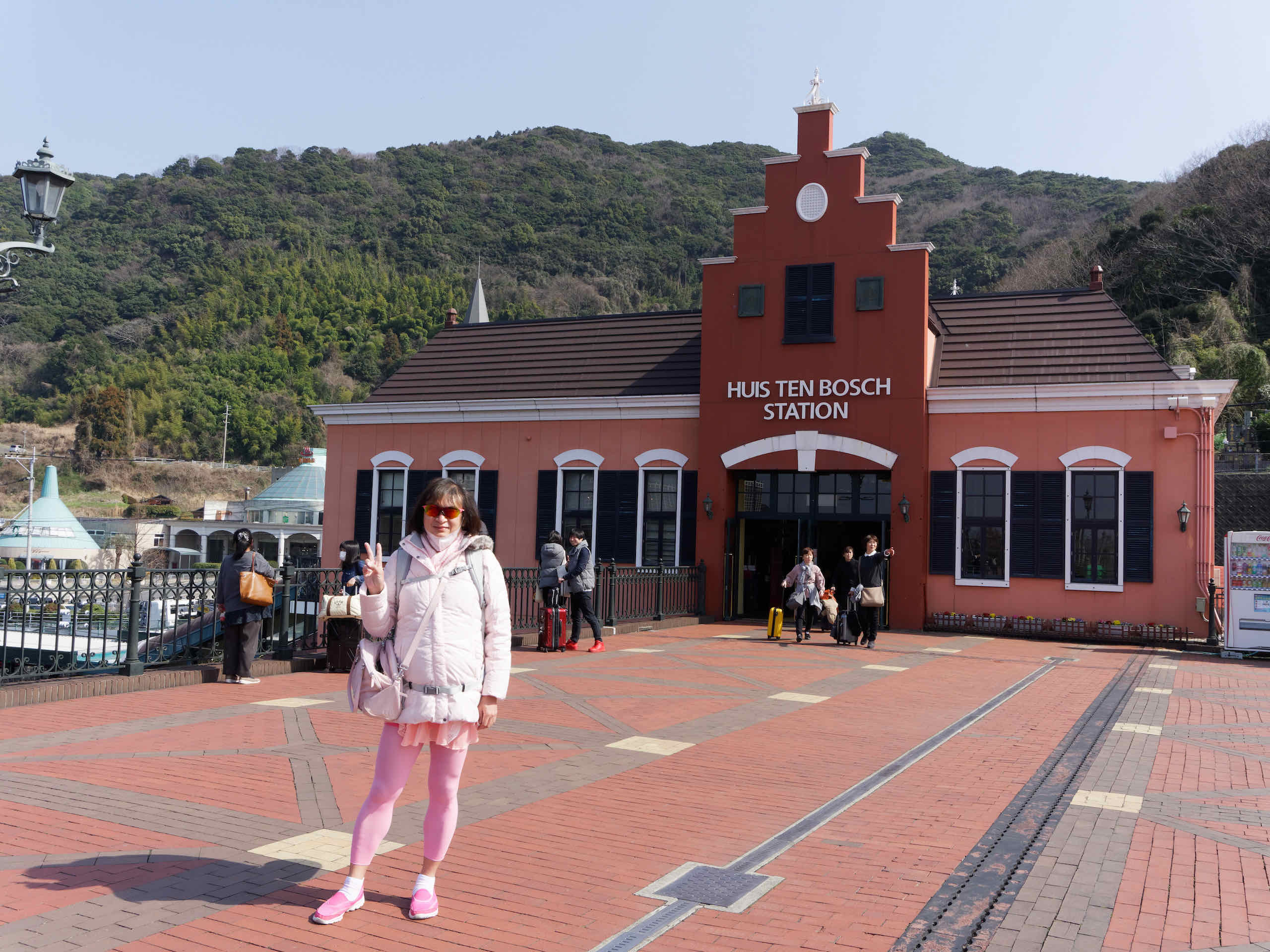
We arrived at the tiny but very, very cute JR Huis Ten Bosch station, walked across a bridge to the Huis Ten Bosch theme park.
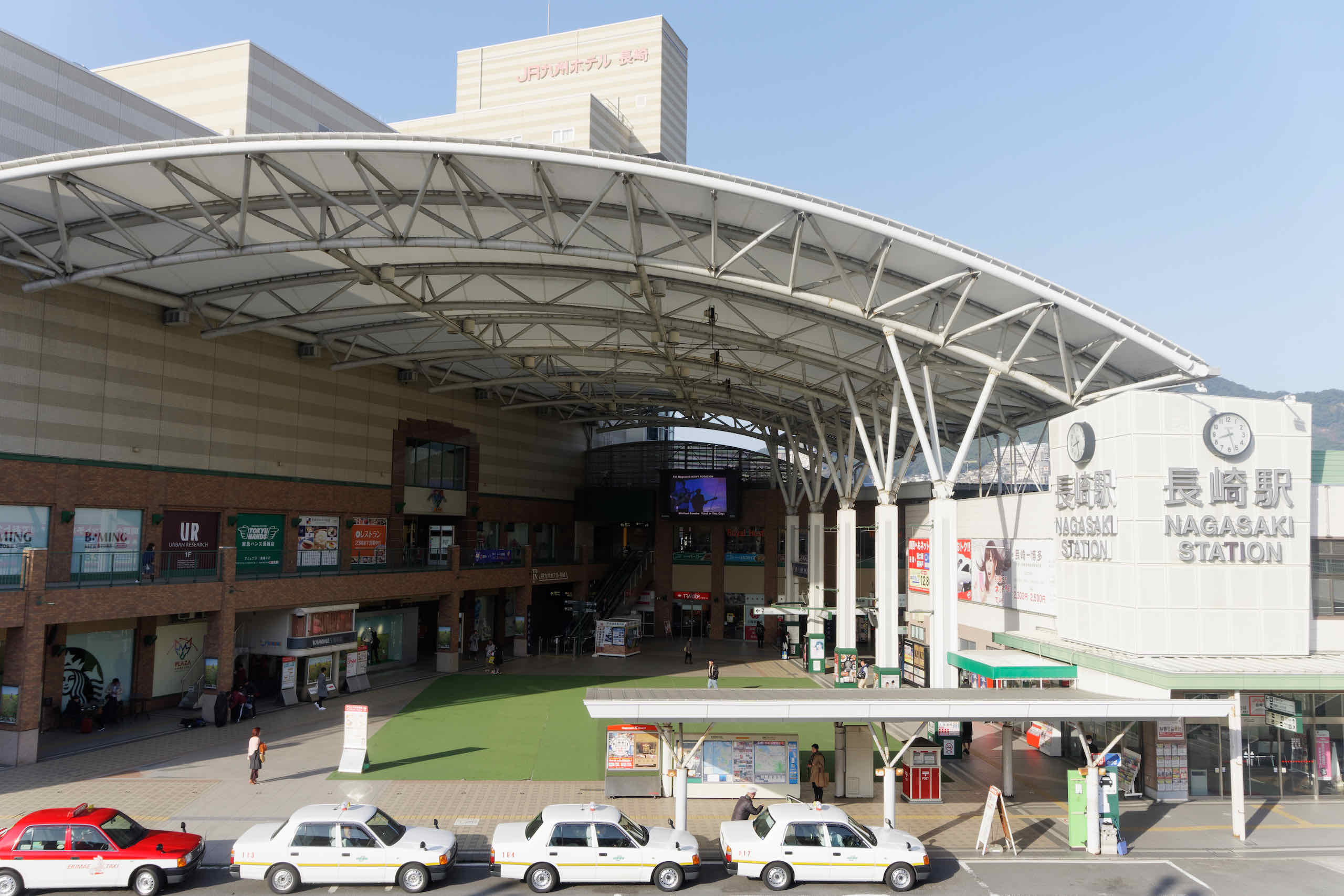
Today we are travelling on the Seaside Liner from Nagasaki to Huis Ten Bosch. Took a few photos at Nagasaki Station.
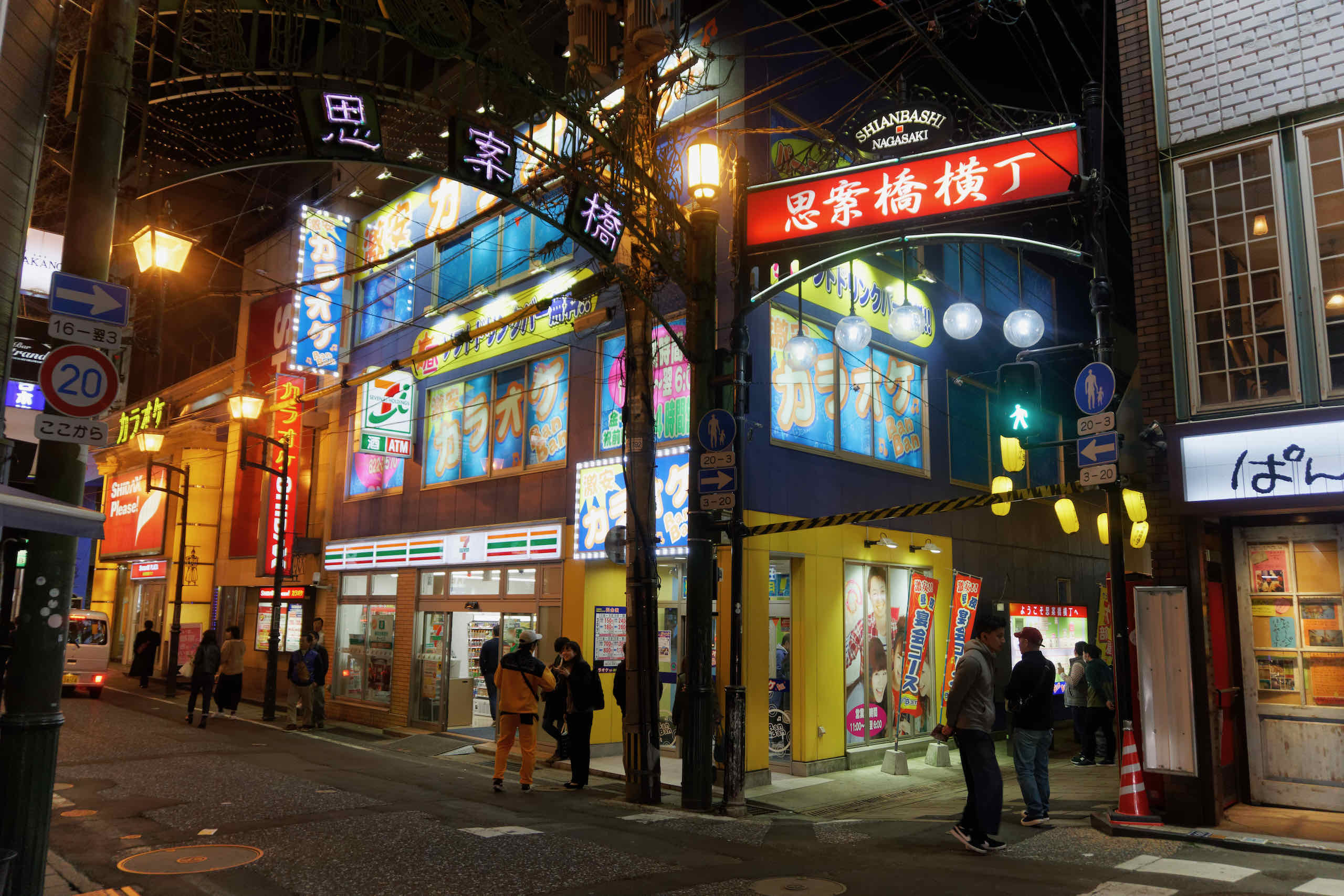
Shianbashi is Nagasaki's nightlife area (and former red light district). At night, it comes alive with little restaurants and snack bars.

Teramachi literally means "Temple town" and it is a street full of ... temples. There's an amazing variety of temples here.
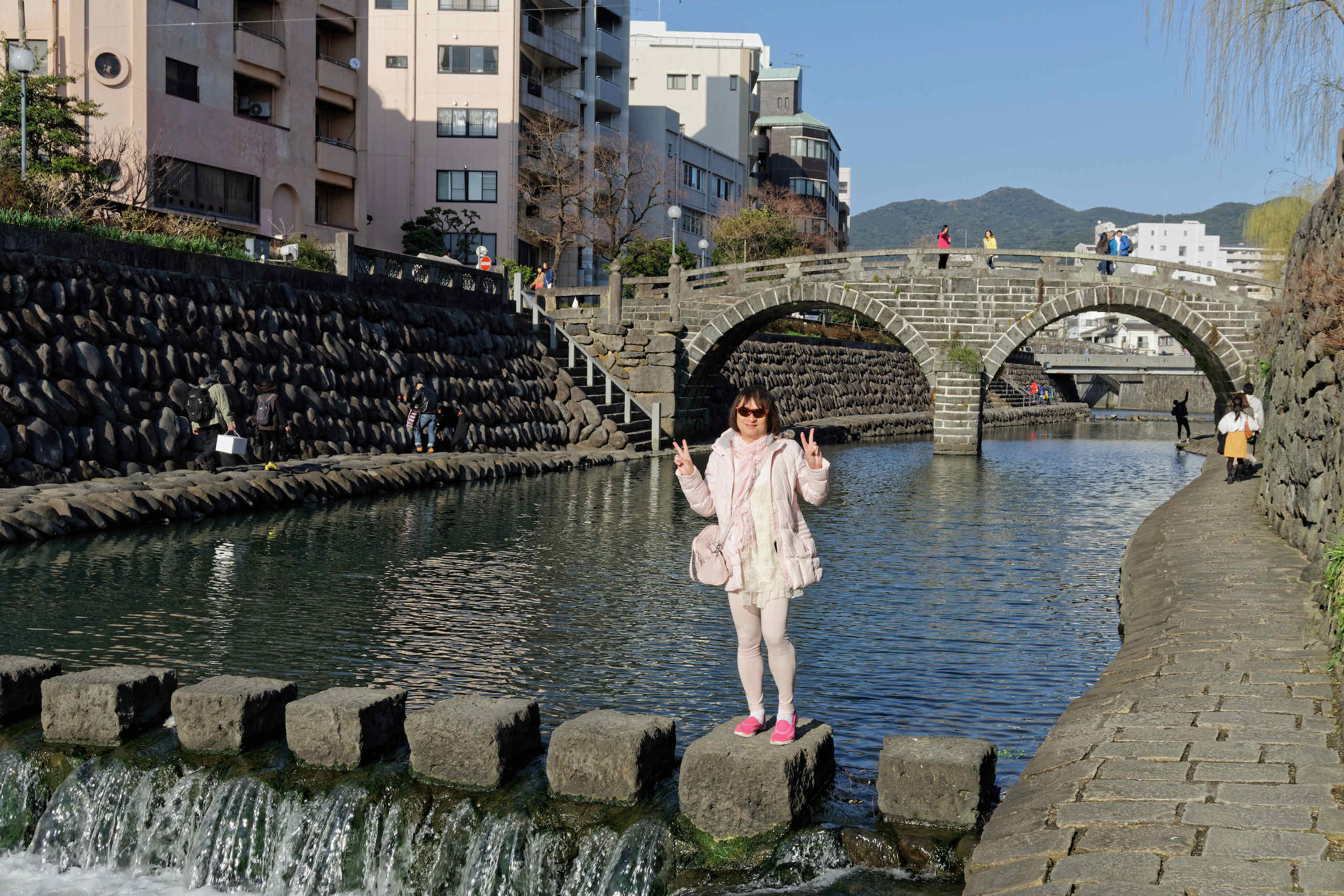
Spectacles Bridge is Japan's first Chinese-style stone bridge and one of Japan's Top 3 most well known bridges.
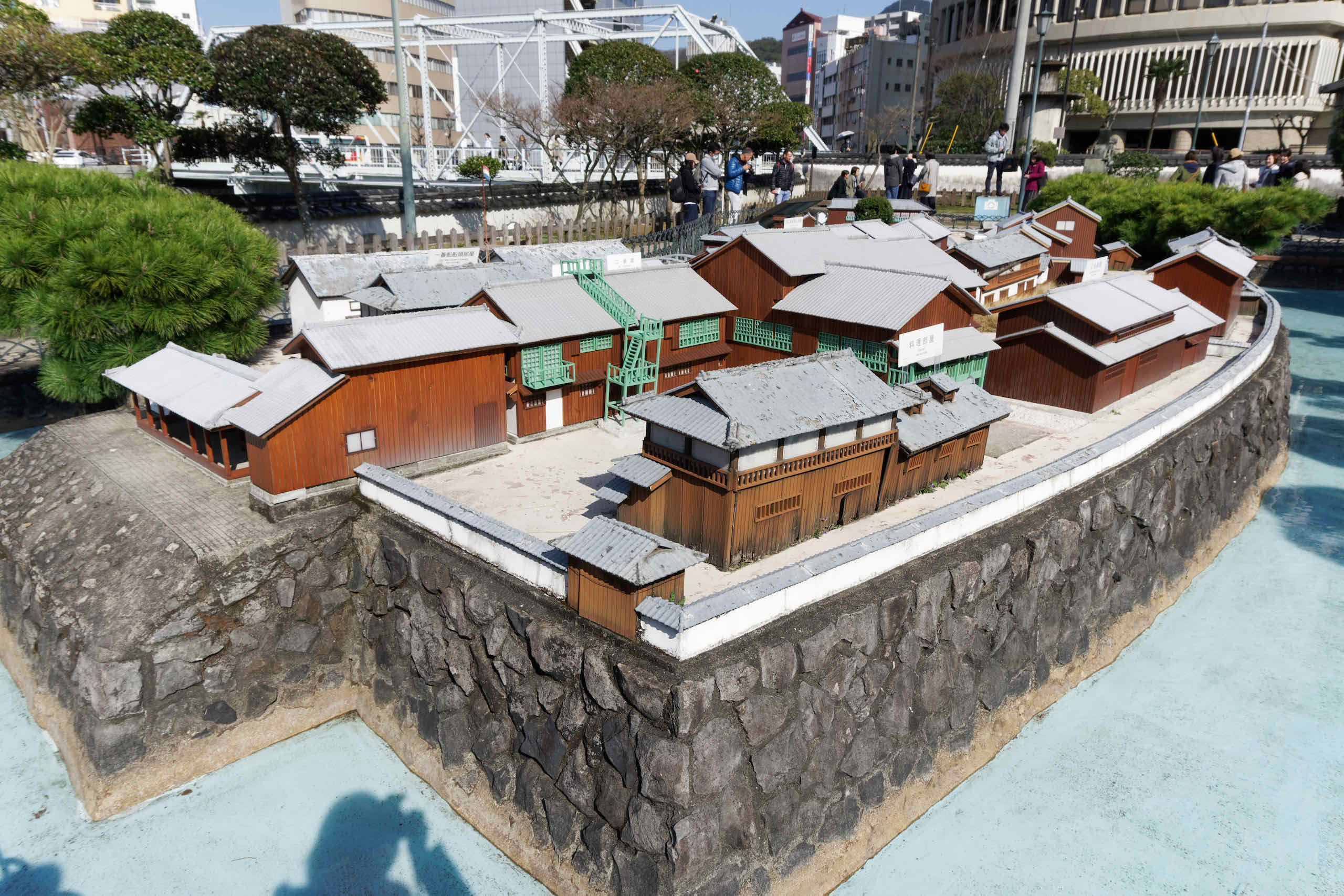
Dejima was used to quarantine foreign traders (Portuguese, then Dutch) during the Edo period of the Tokugawa Shogunate.
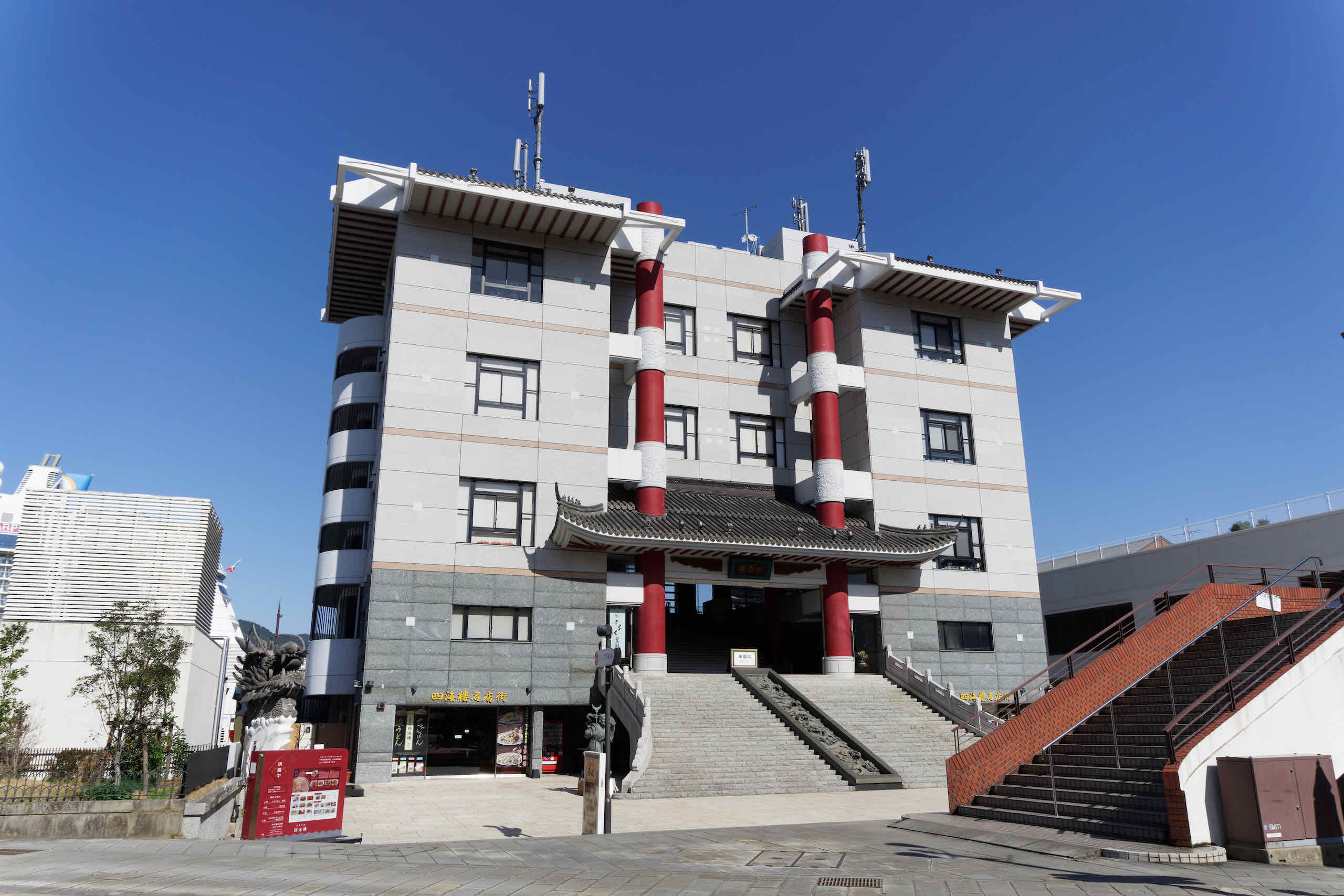
We also explored various places around the Nagasaki historic quarter including Oura Machi and Minami Yamate-Machi.
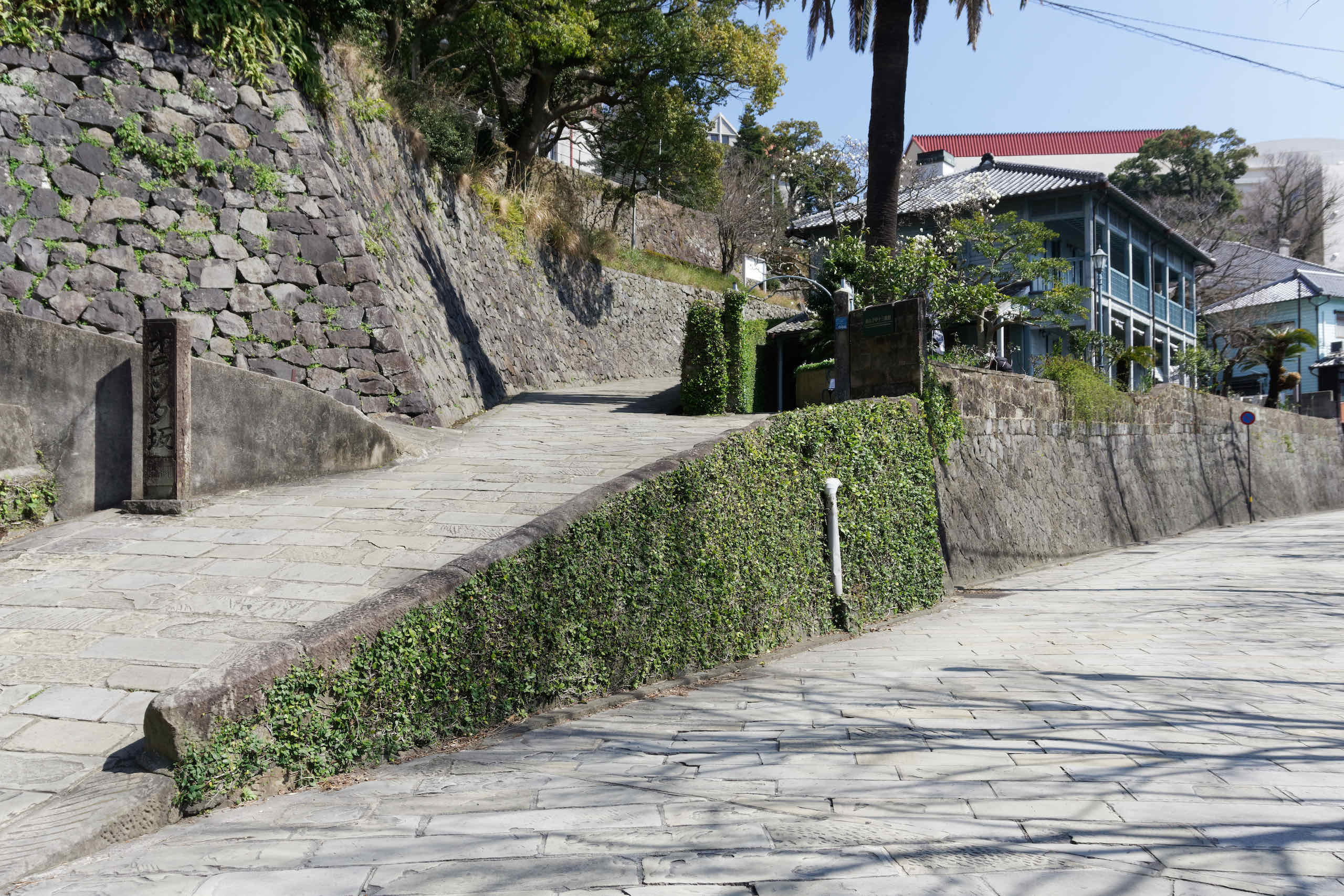
The strangely named "Dutch Slope" is a sloping road leading up to a hill where there are historical Western style houses.
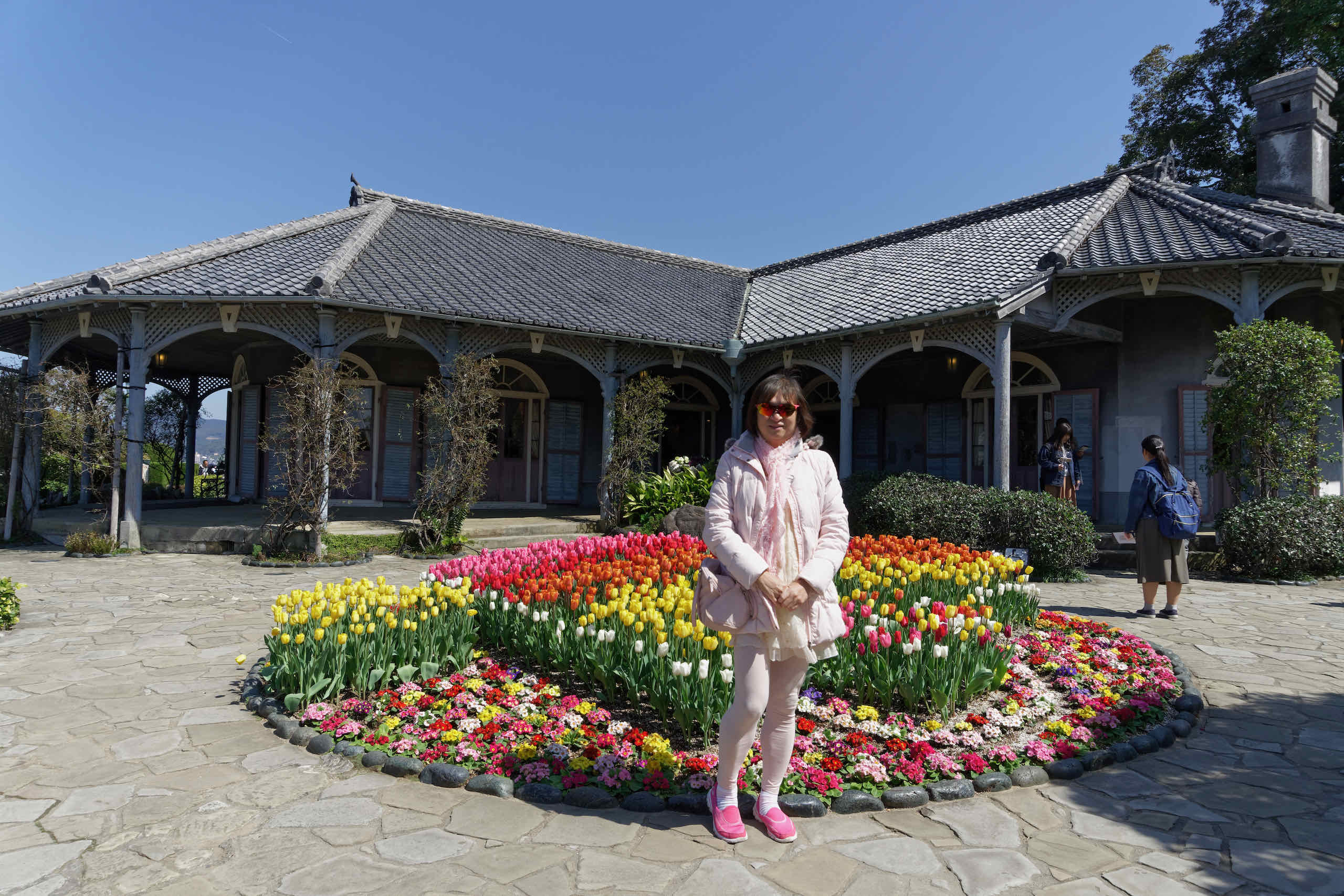
Glover Garden is situated on the southern slope of the Minamiyamate hillside and offers a superb and extensive view of Nagasaki Harbour.
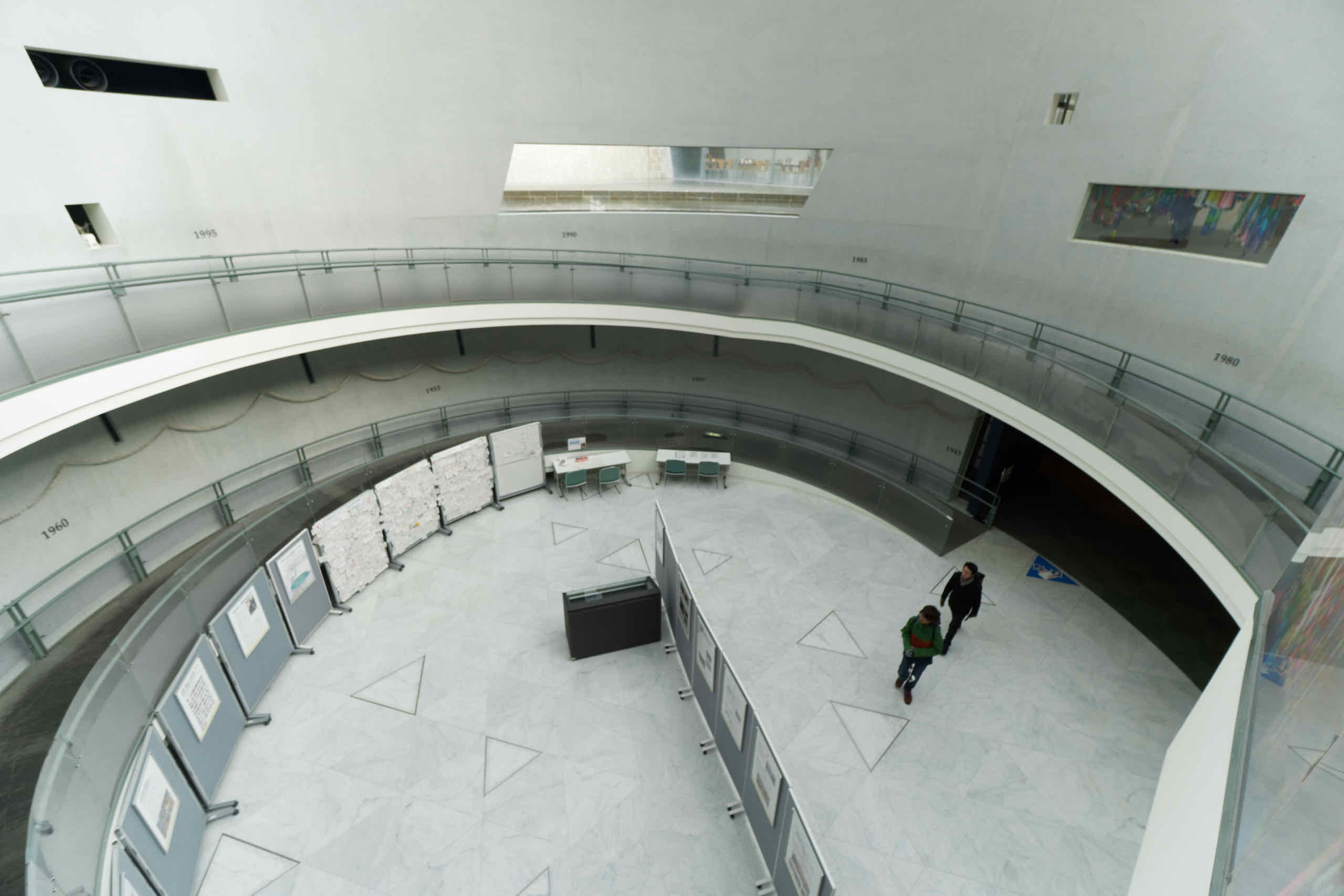
We also visited the Nagasaki Peace Museum, which was similar to the one in Hiroshima but on a smaller scale.
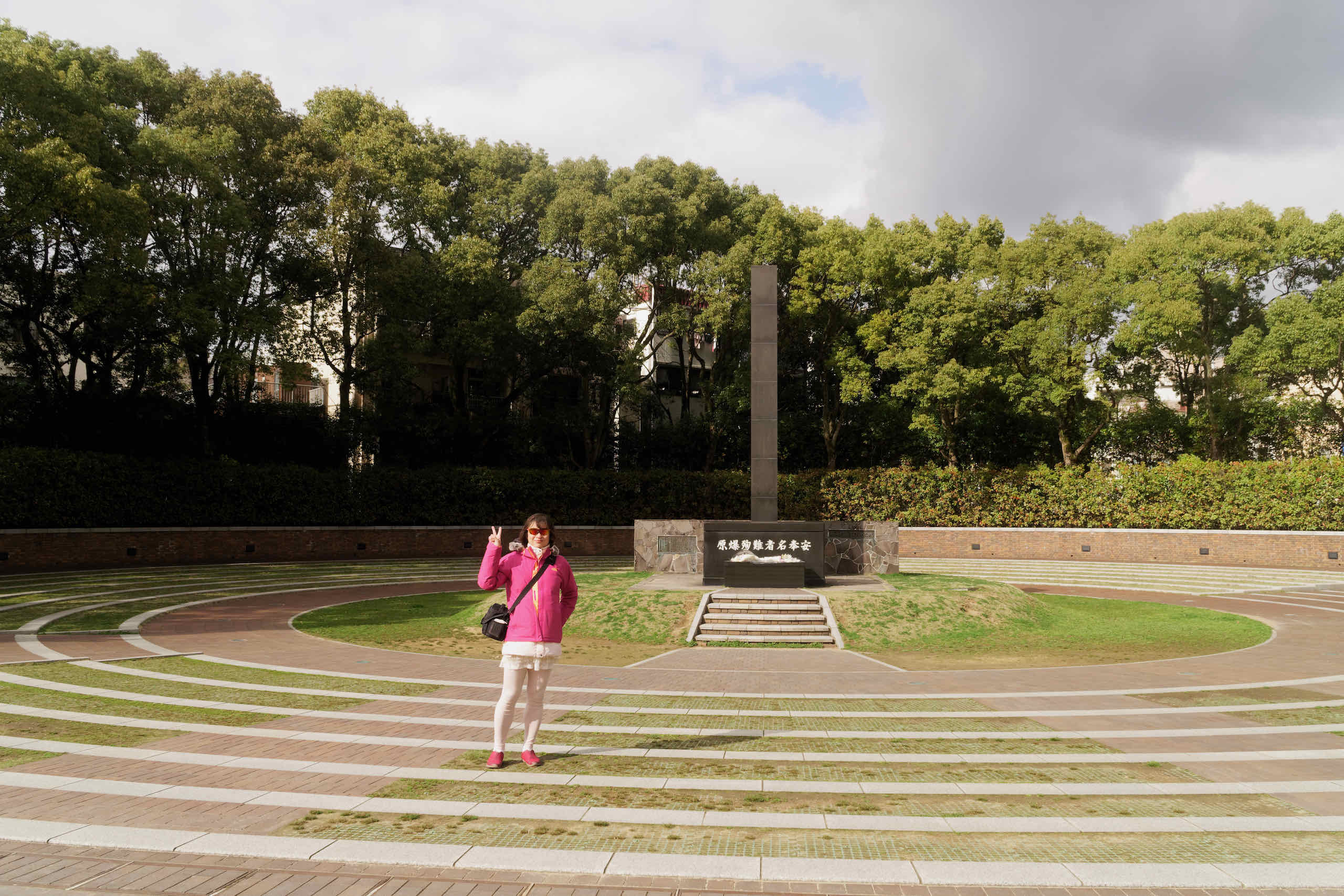
The Atomic Bomb Hypocentre has concentric circles marked around it like a bullseye target, next to the nearby remains of the Urakami church.
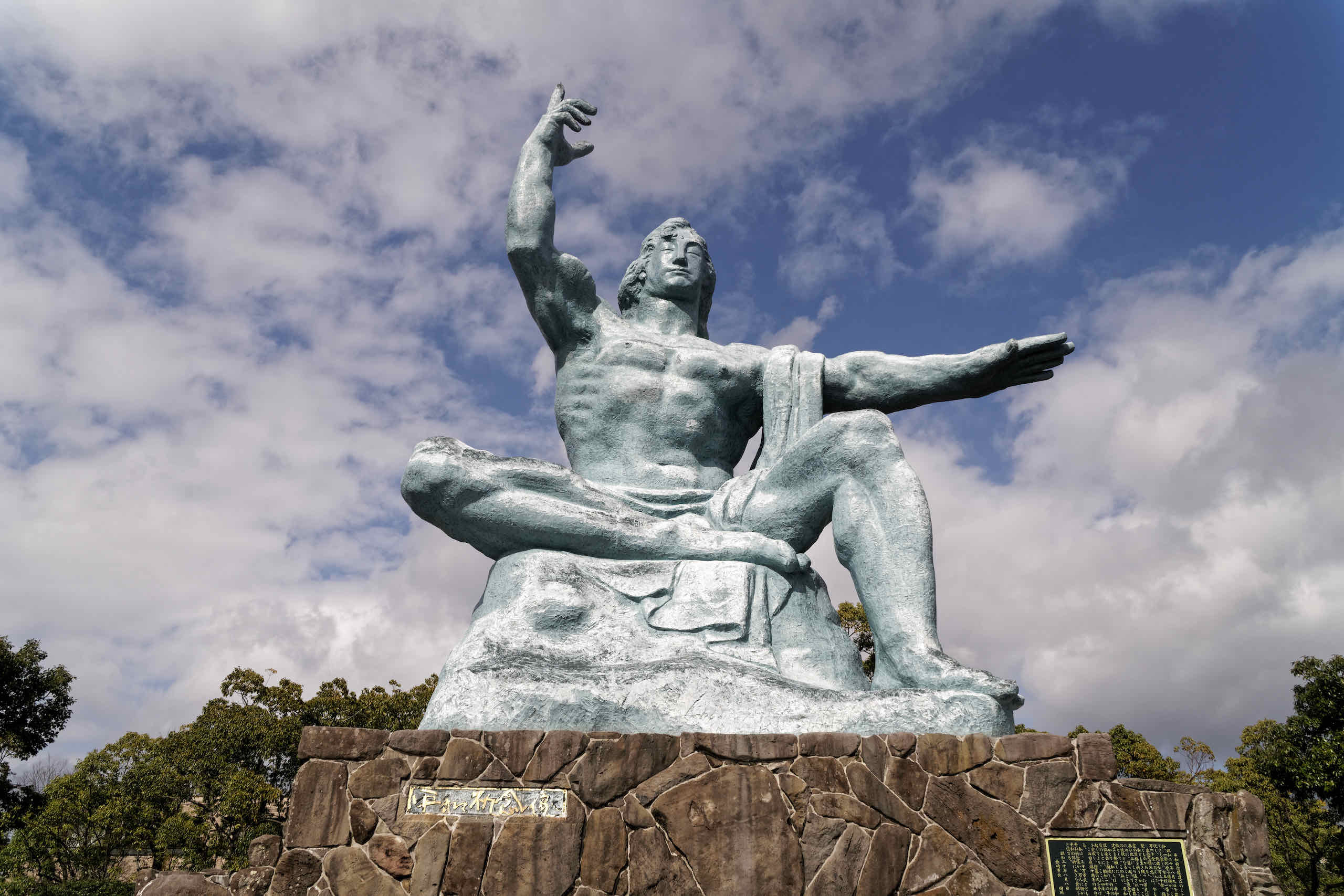
Nagasaki Peace Park is built on a low hill to the north of the hypocentre of the atomic bomb blast, and features the Peace Sculpture.
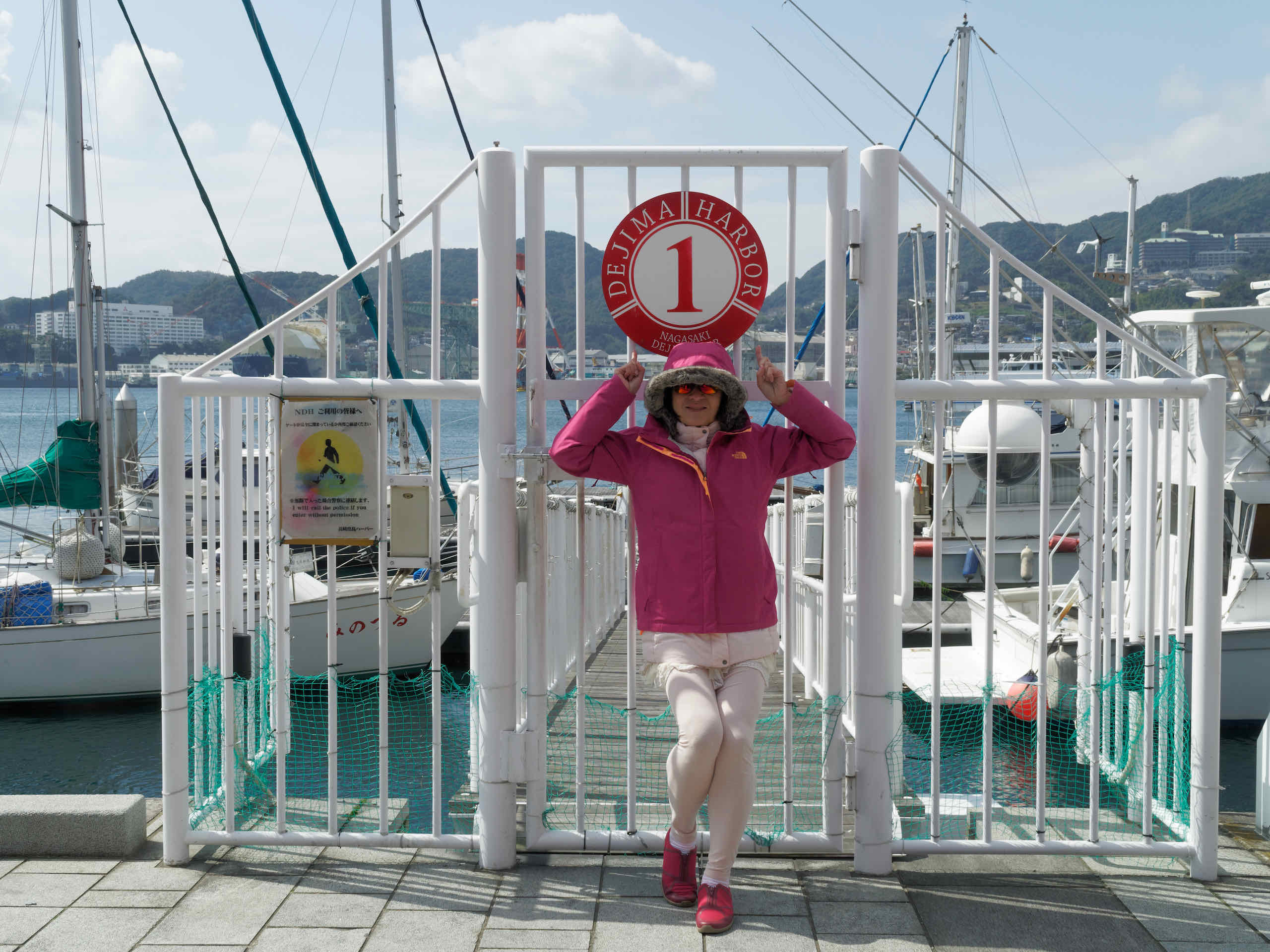
We walked through the Nagasaki Seaside Park. This offers views of Dejima Harbour and incoming boats, plus open space.
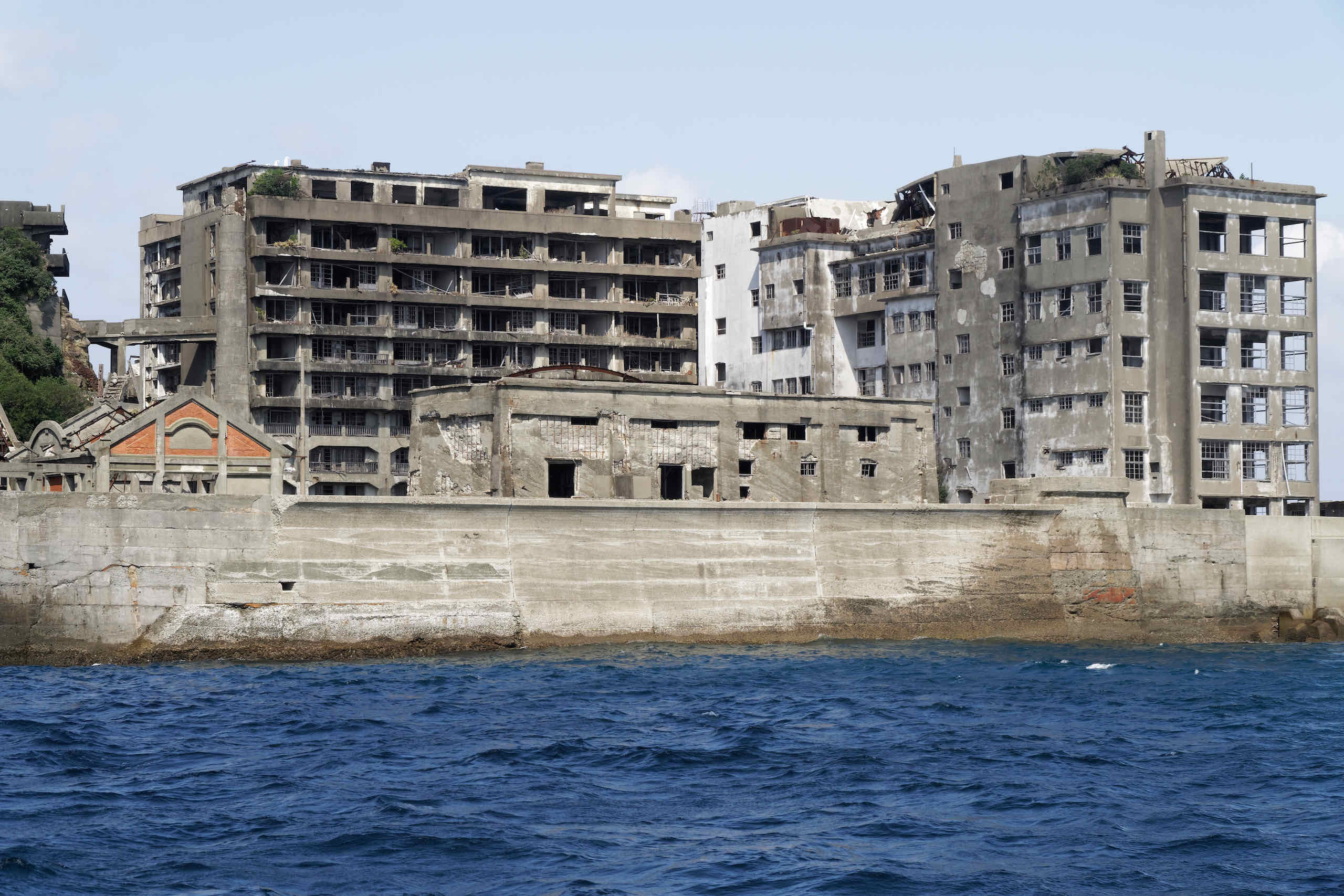
Gunkanjima (Battleship Island) was originally called Hashima with a seabed coalmine. After the mine was closed, the island fell into ruin.
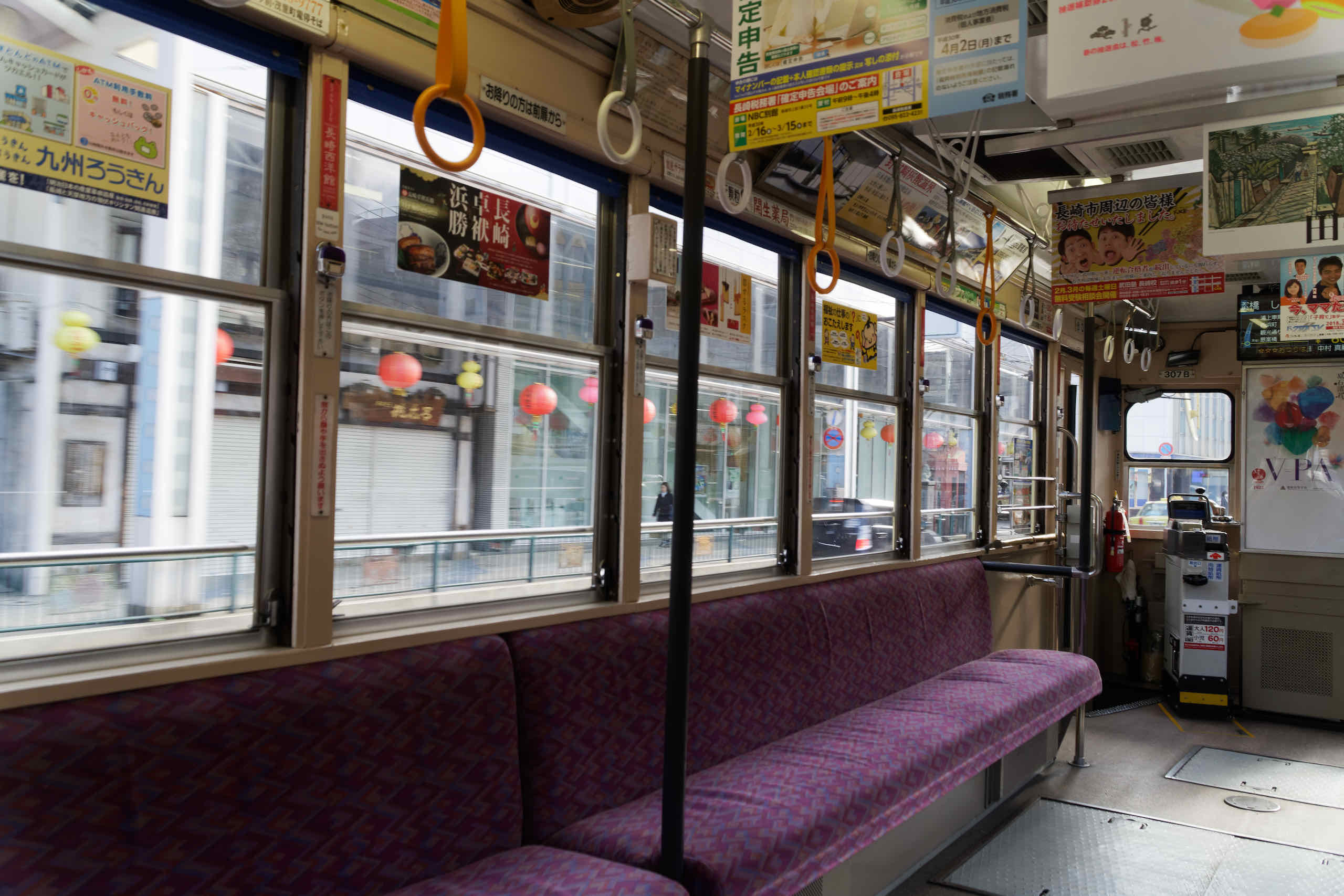
Today is a rainy day, which is perfect for travelling from Osaka to Nagasaki. We arrived at 3pm and checked in to the Richmond Hotel.
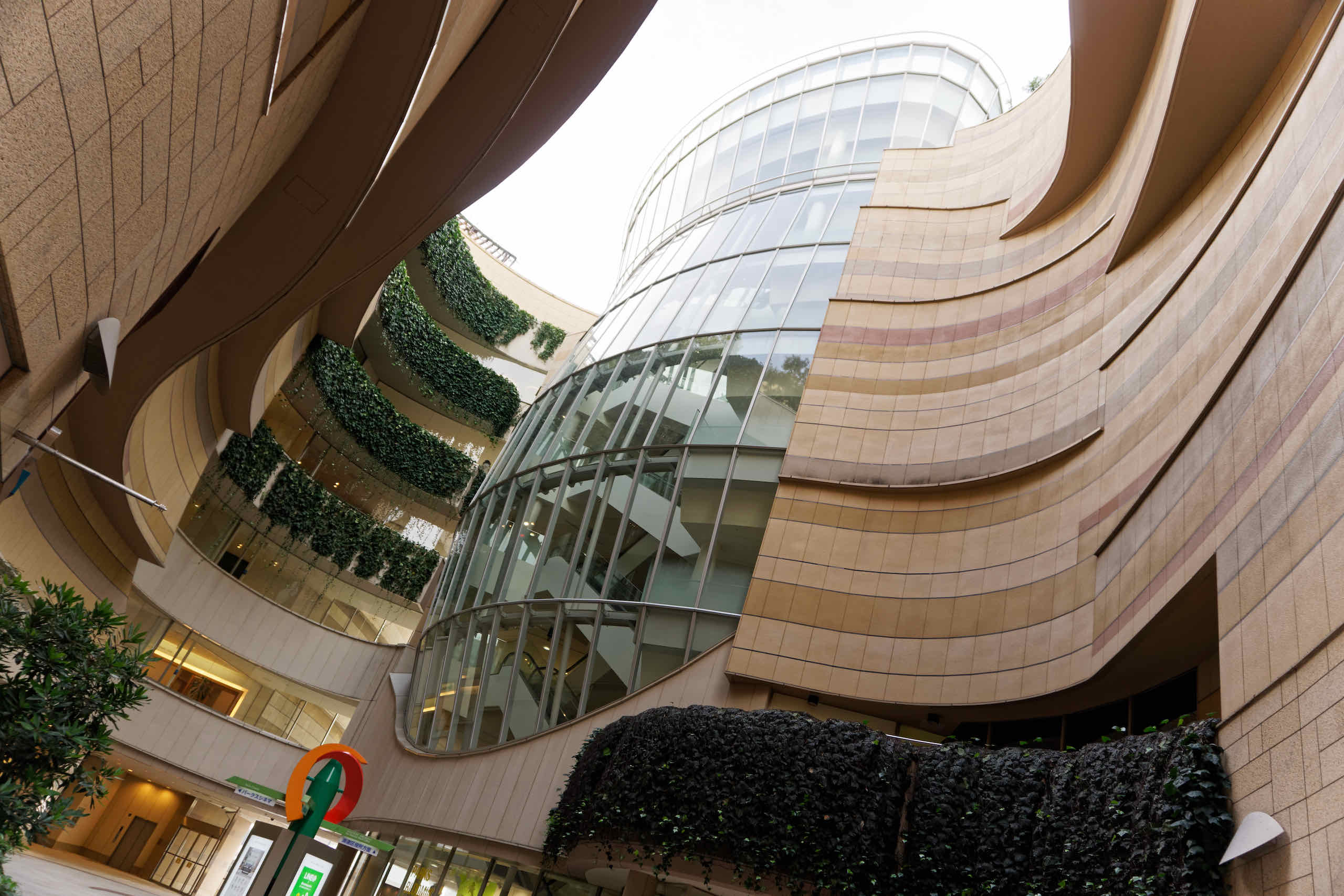
We visited Namba City, next to Namba Station, and then walked to Namba Parks, another huge shopping centre with an interesting architecture.
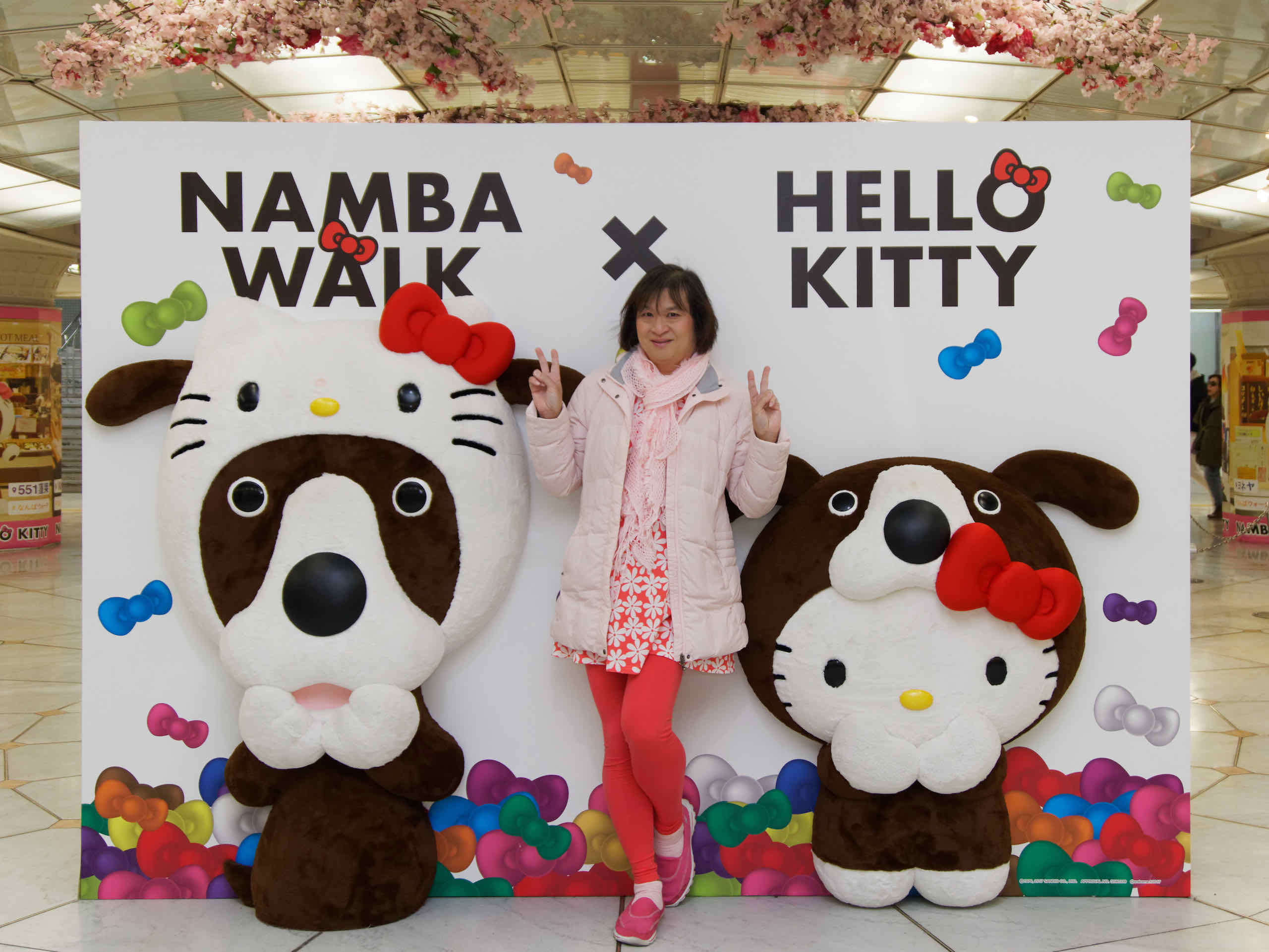
Namba Walk is an underground mall that looks like it has seen better days. They have a Hello Kitty spring promotion so we took photos.
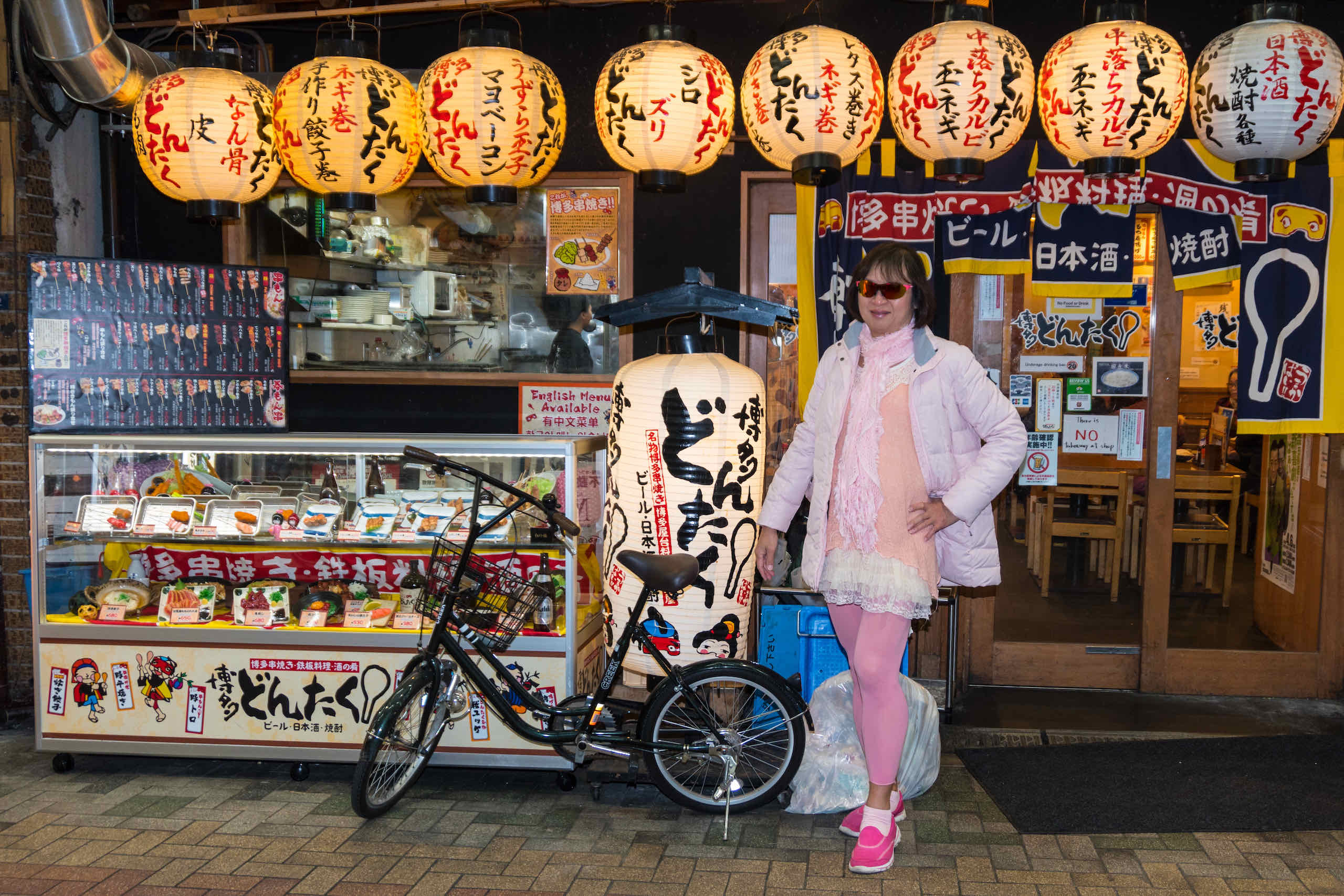
The Dotonbori (道頓堀) area is a popular nightlife and entertainment area with an eccentric atmosphere and large illuminated signboards.
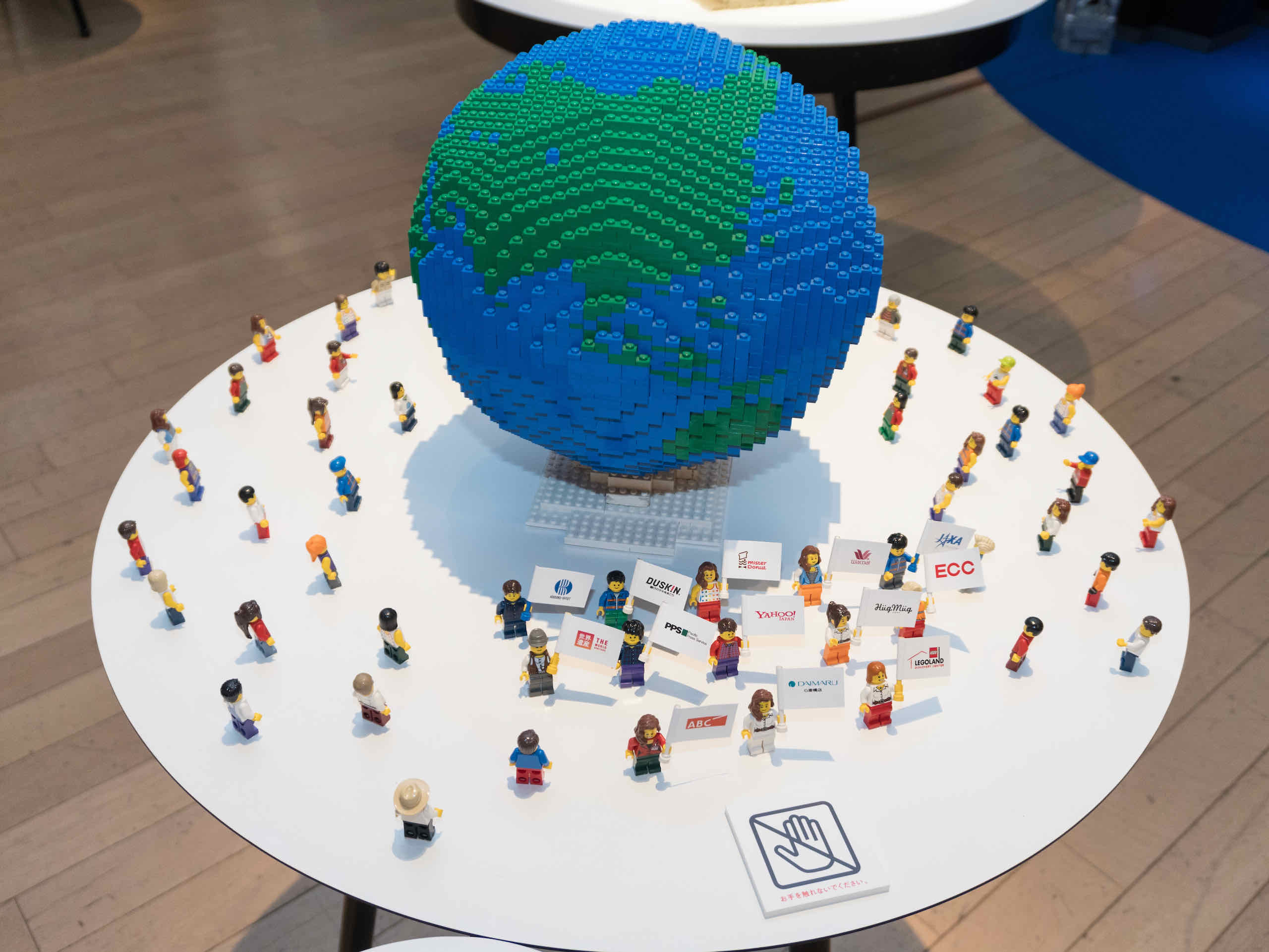
We attended the LEGO Piece of Peace World Heritage Exhibition at Daimaru. It showcases LEGO models of World Heritage sites and buildings.

































































